Monday, April 26, 2021
Subscribe to:
Post Comments (Atom)
∅ Flying Ball 👕
Empty Set - Unicode Character “∅” (U+2205) Blue: 🌌 Flying Ball 👕 : Statistics Prints: 🌌 Purim, Haman, Esther, Happy Purim, פּוּרִים, 👕 ...
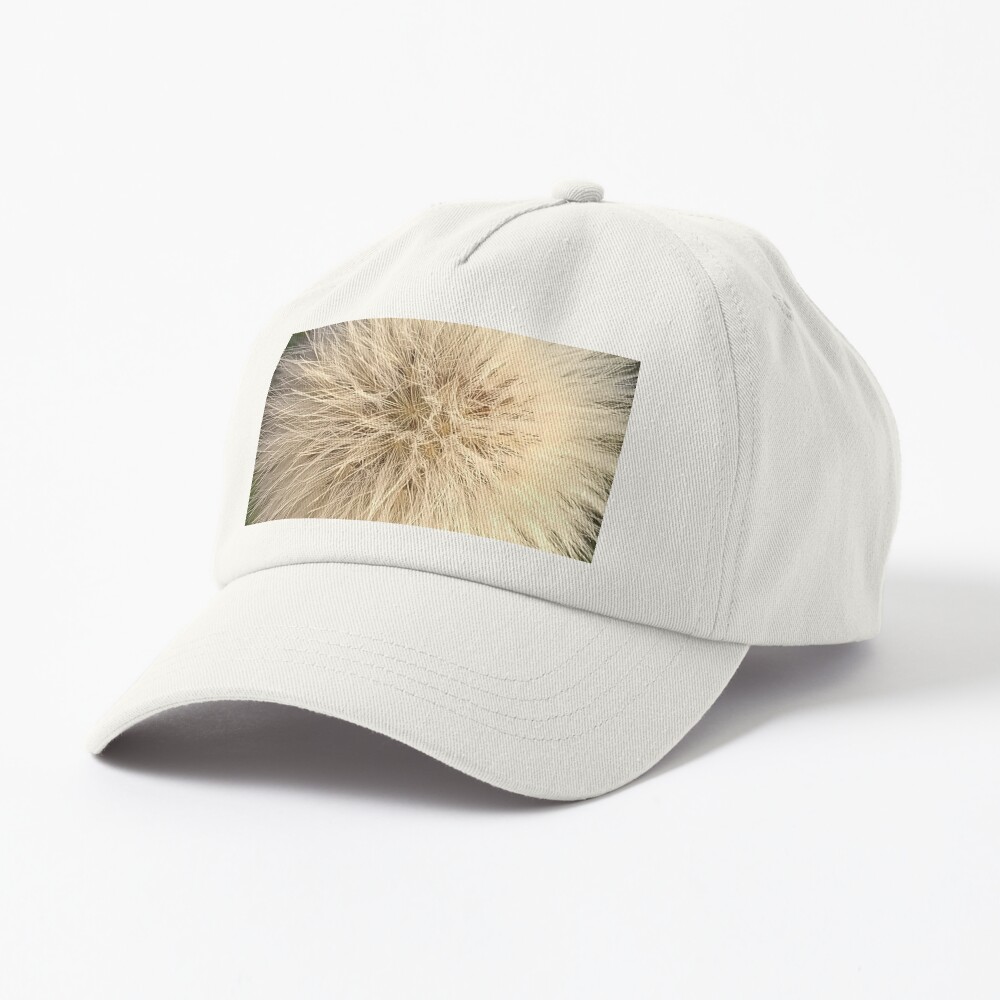
-
Psychedelic Hypnotic Visual Illusion: Carl Timoleon von Neff (1804-1877) ✽ Rondo' Venezi... : Psychedelic Prints: Private Property : Физ...
-
Montreal #Montreal #City #MontrealCity #Canada buildings streets places views nature Graphic T-Shirt $28.22 Dark flower, Apartment, #Dark, #...
-
Active T-Shirt $25.00 Baseball ¾ Sleeve T-Shirt $25.20 Classic T-Shirt $19.90 Graphic T-Shirt $28.22 Ligh...

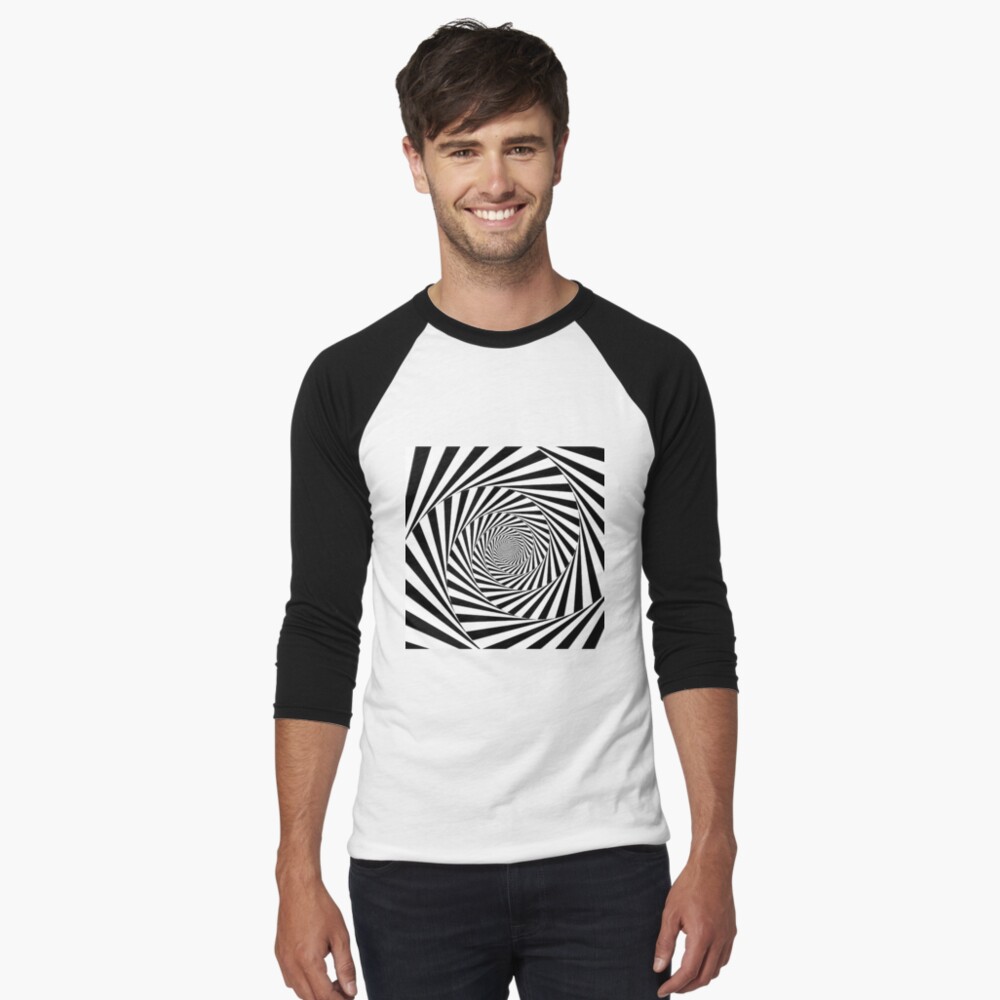
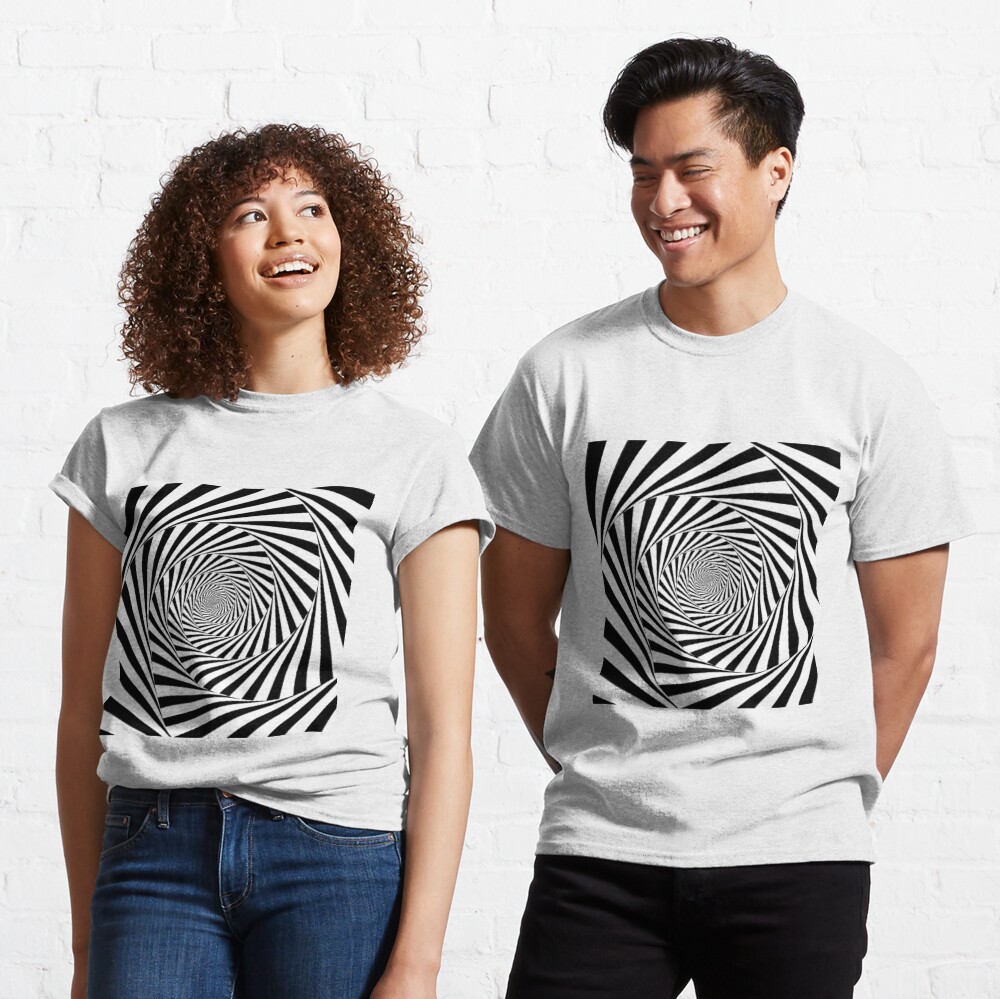
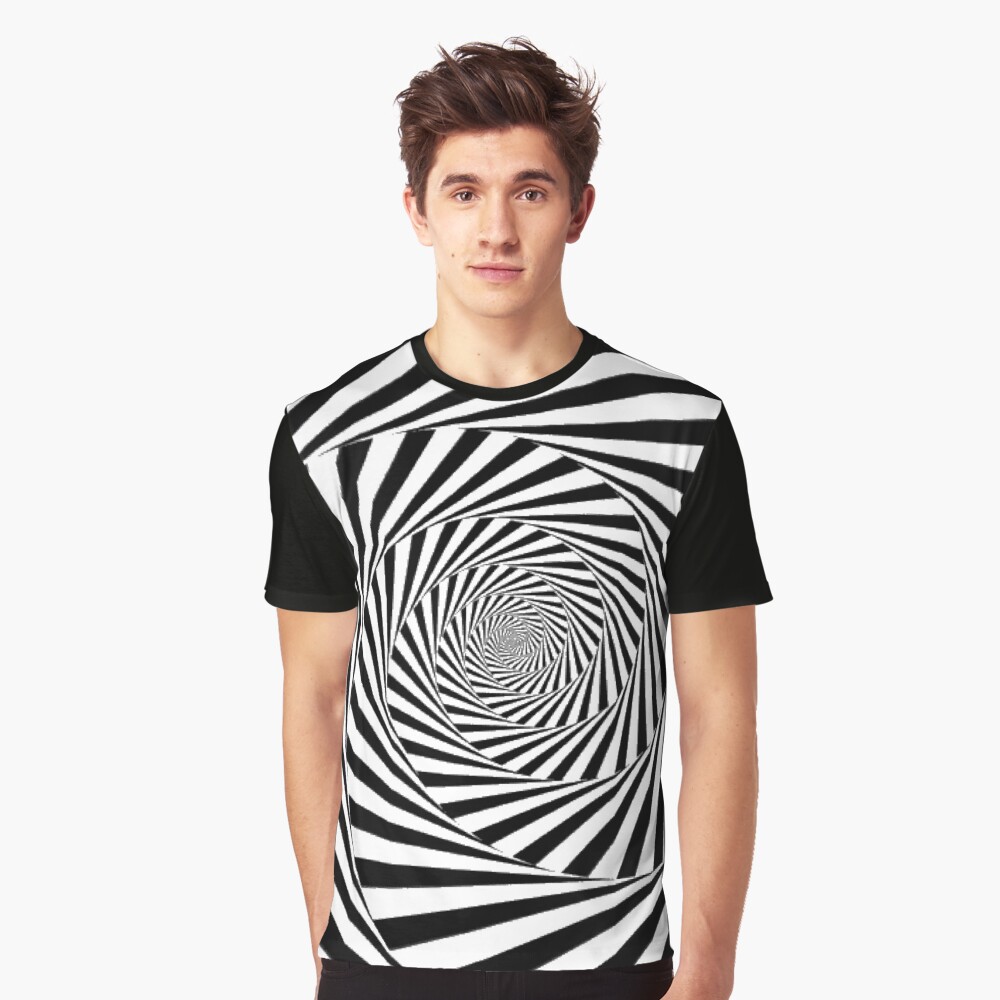



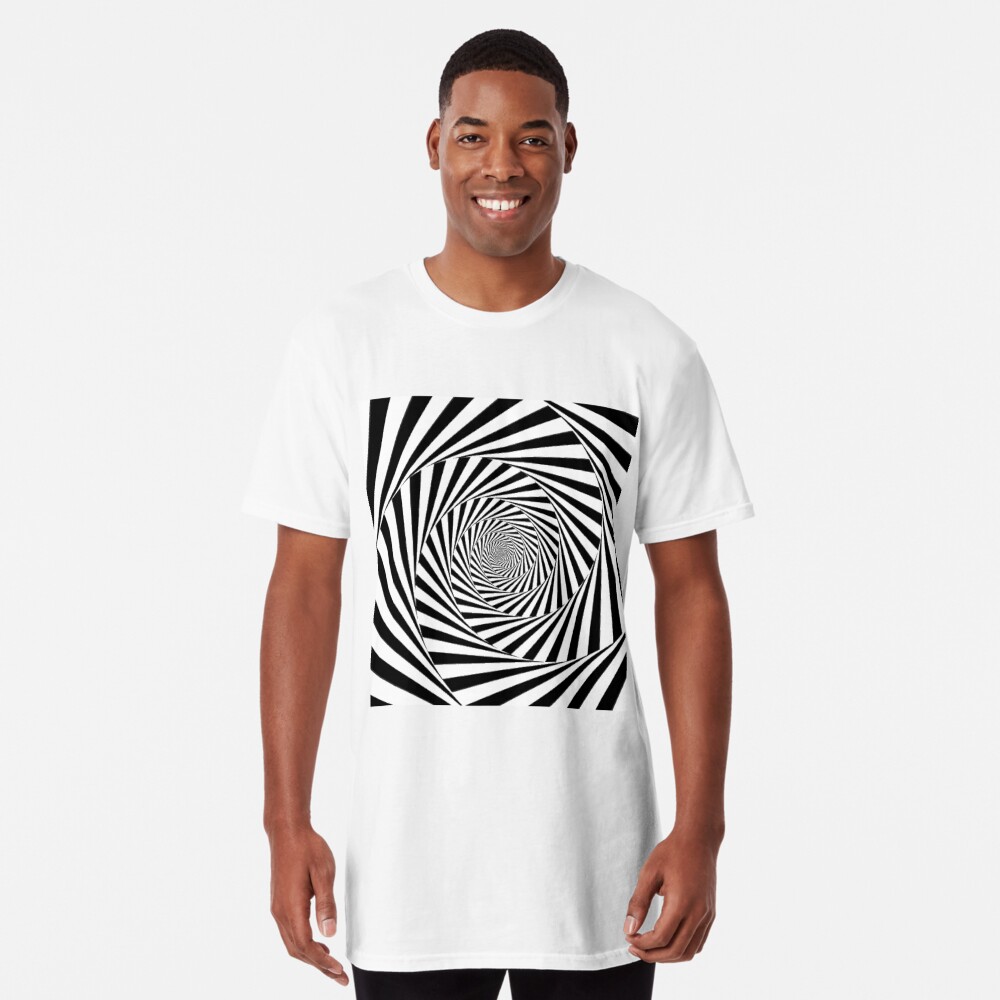
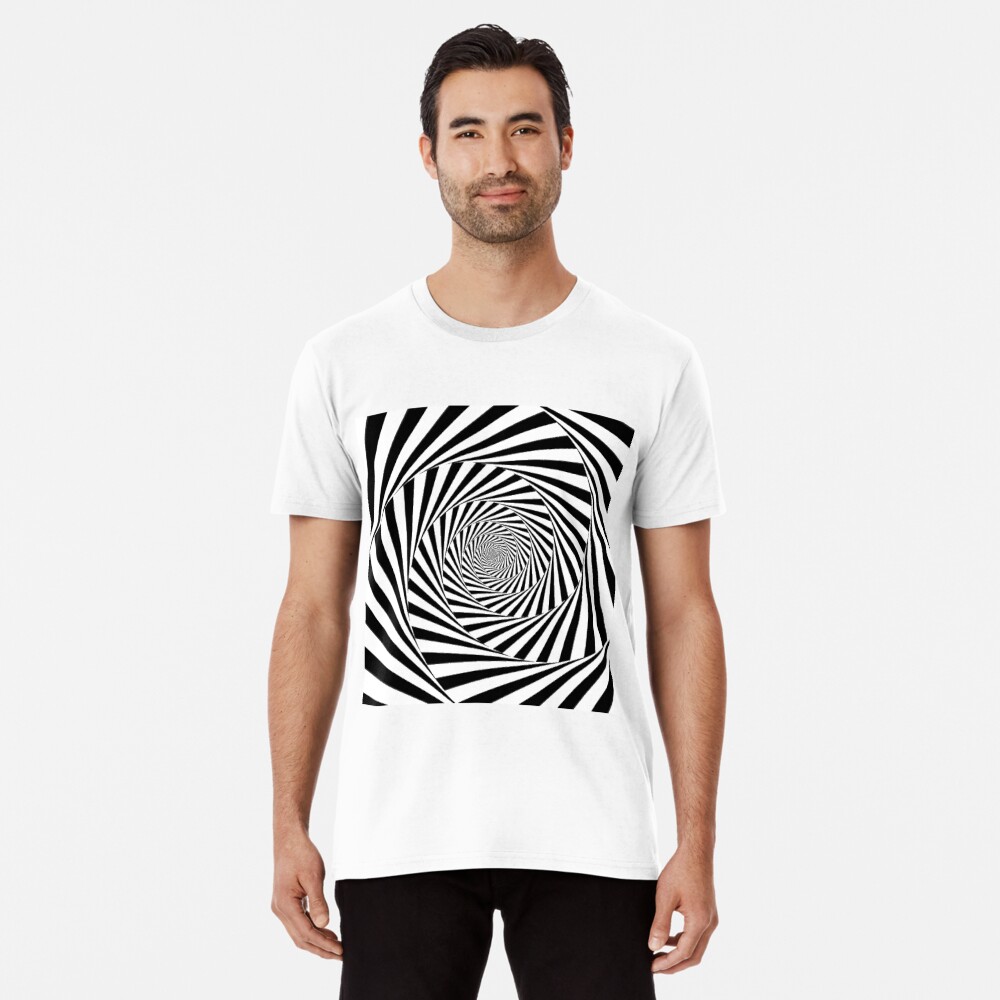
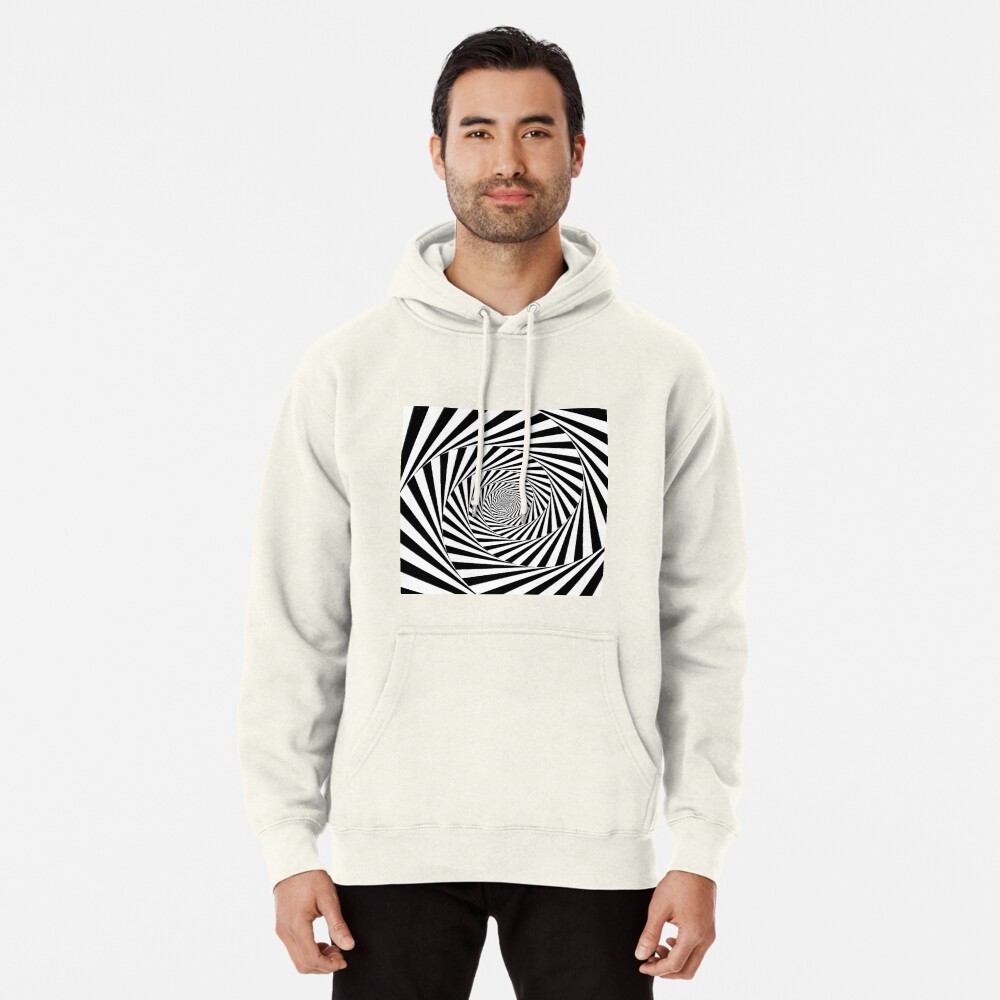

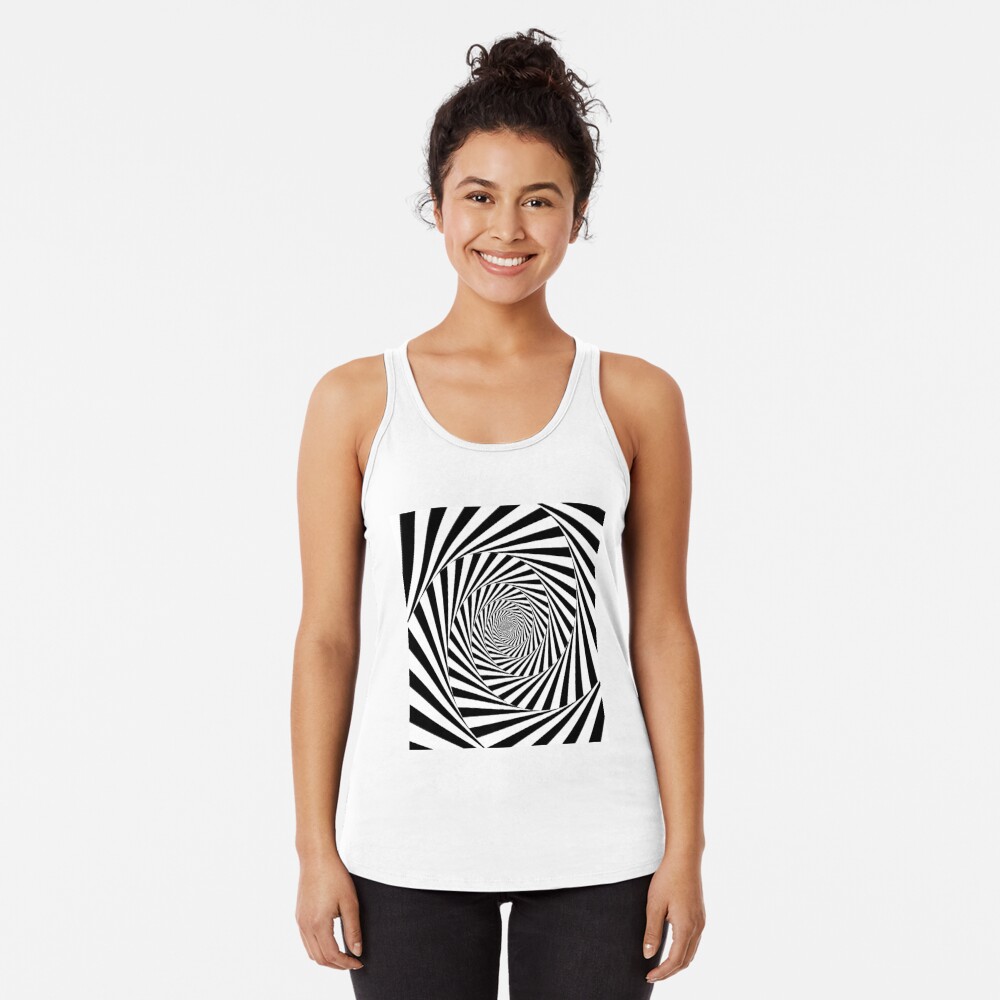
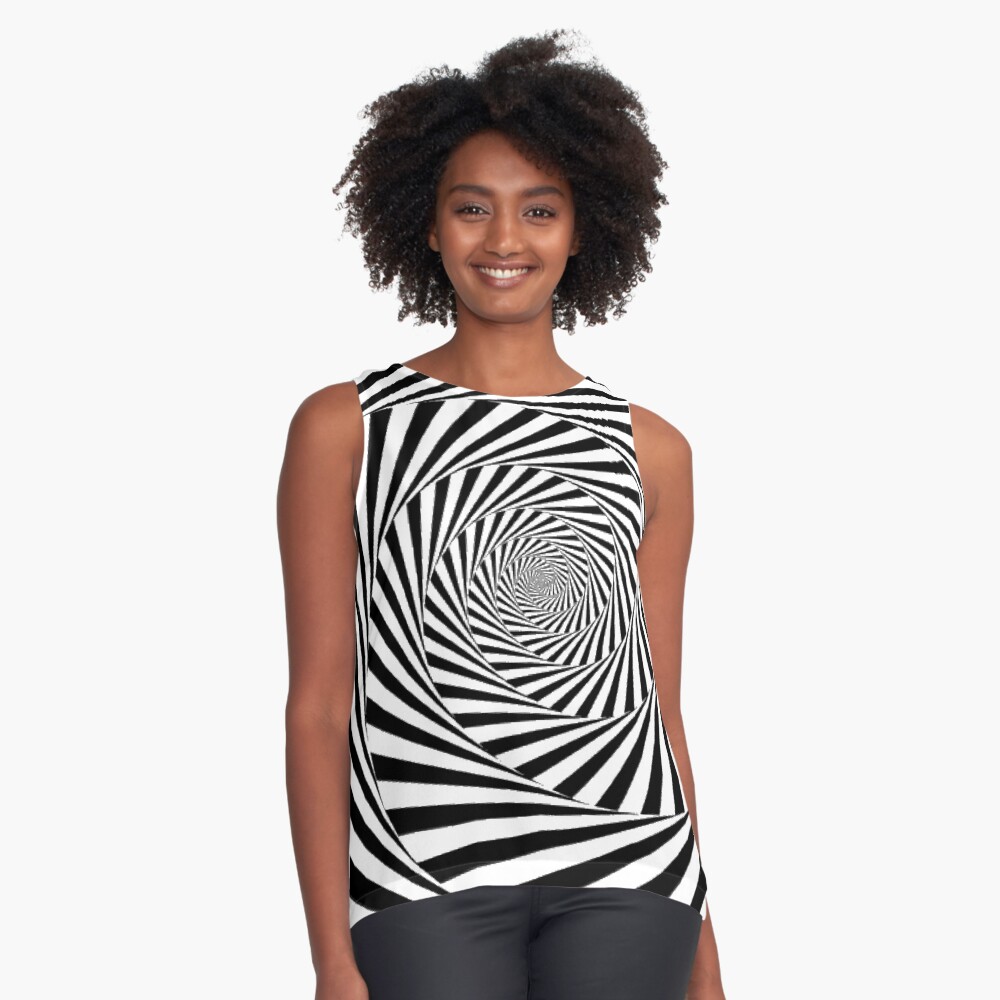
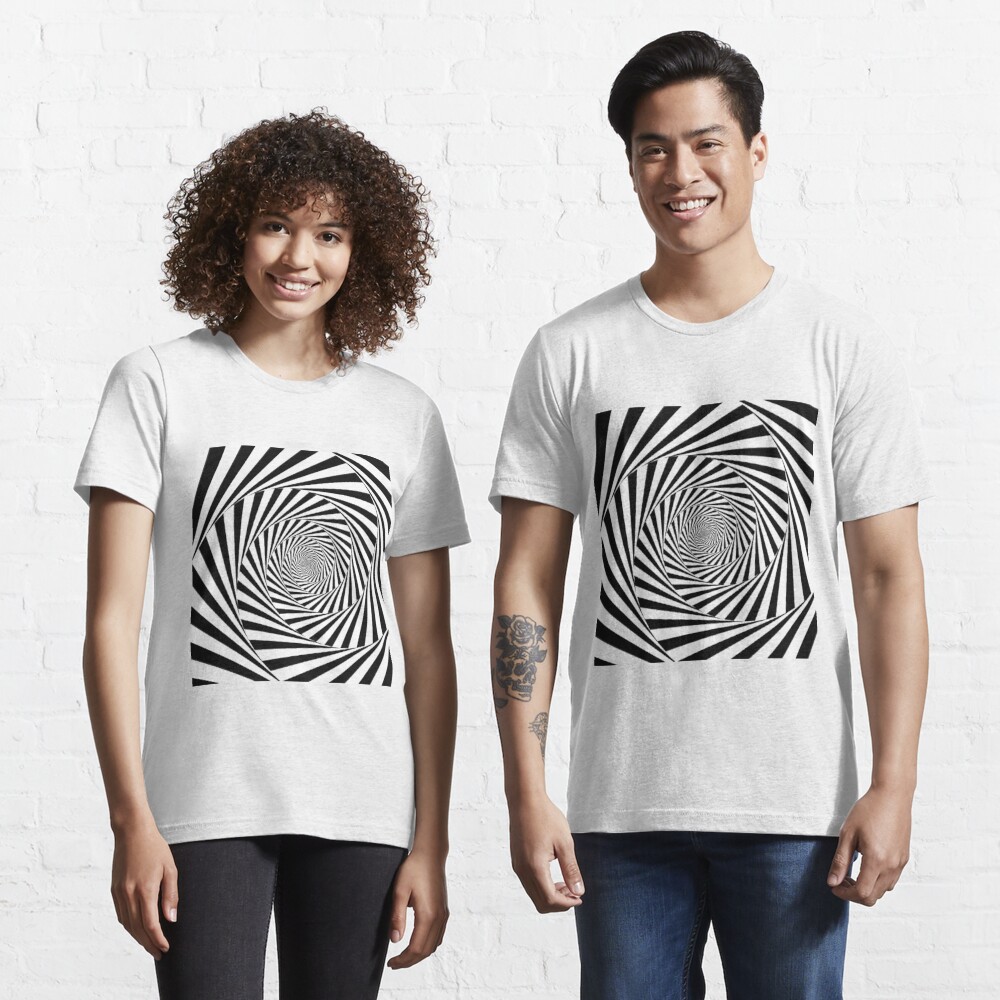
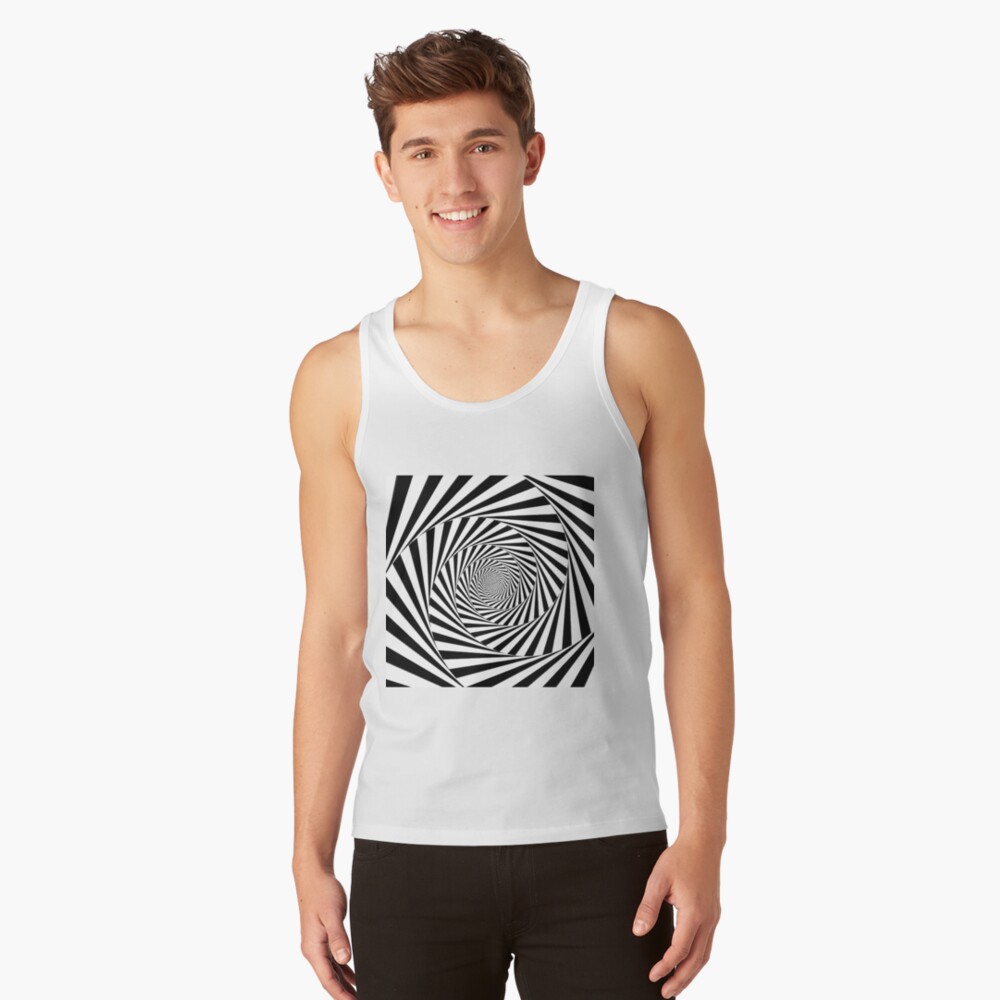

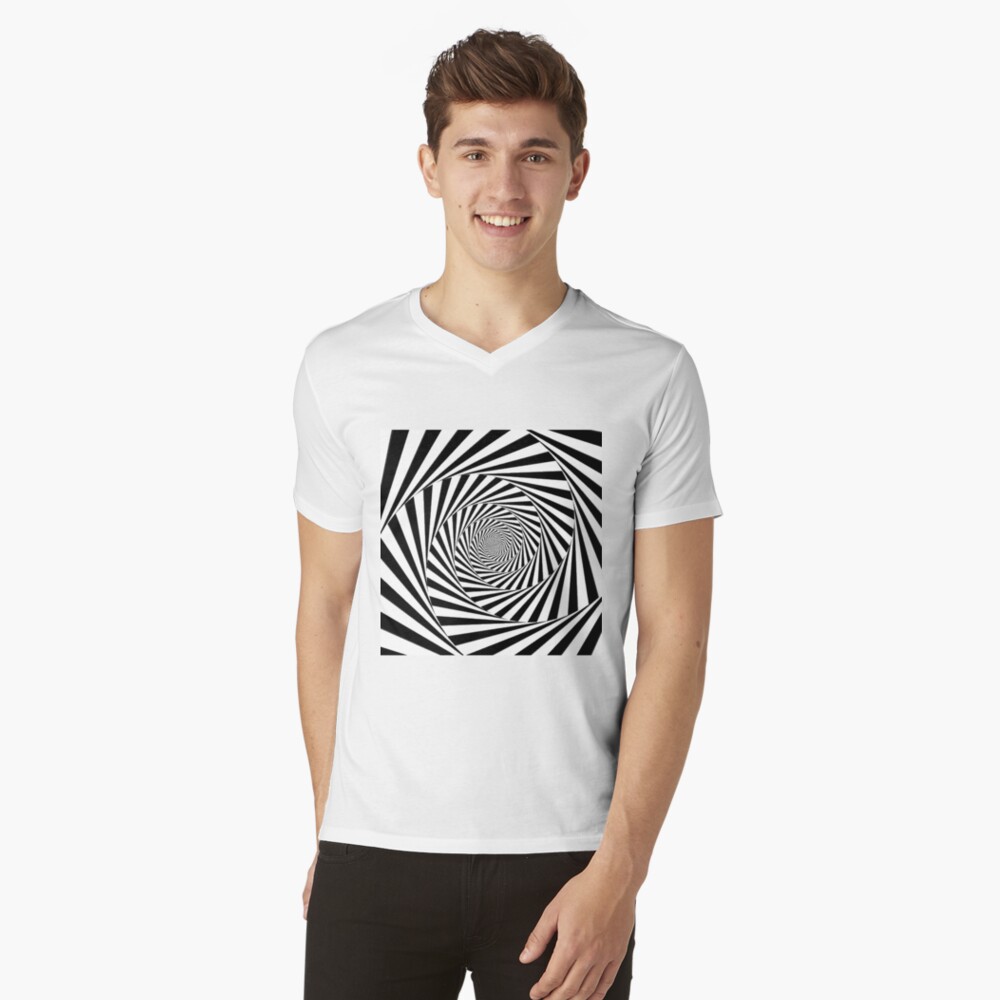
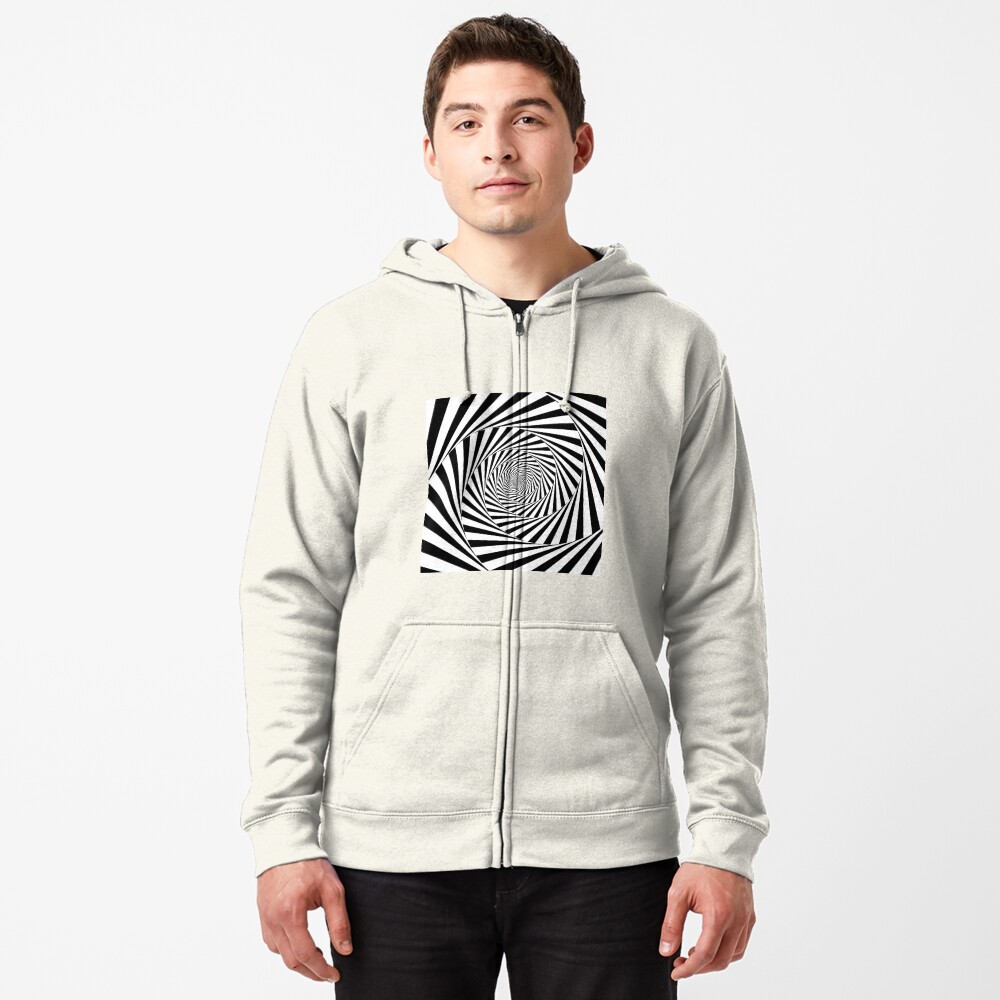
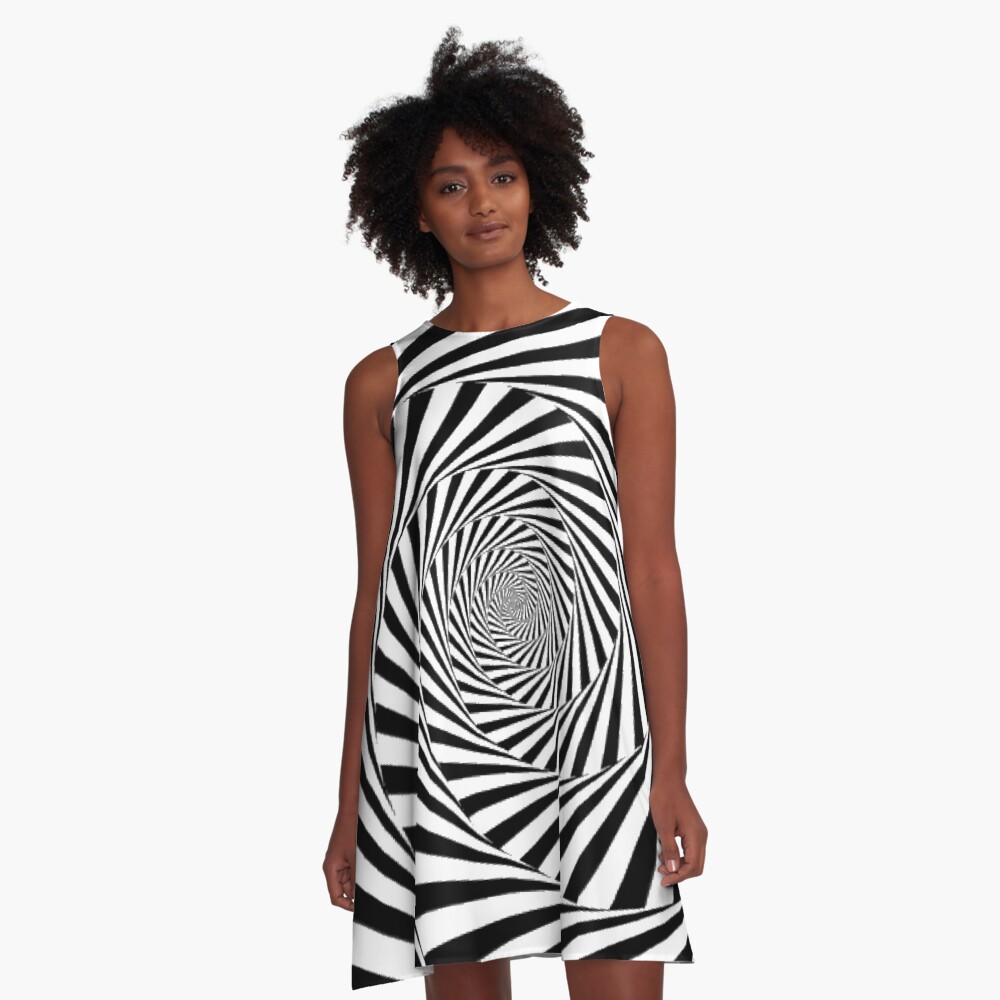
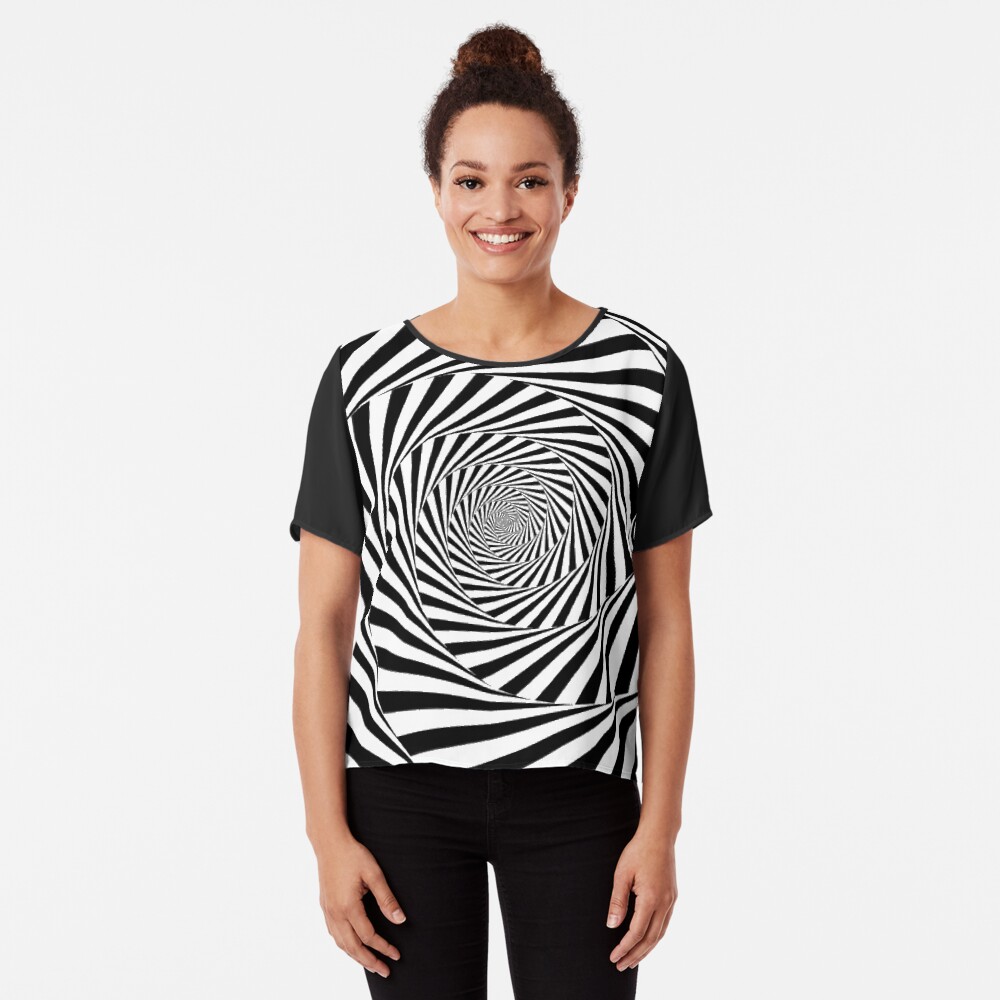
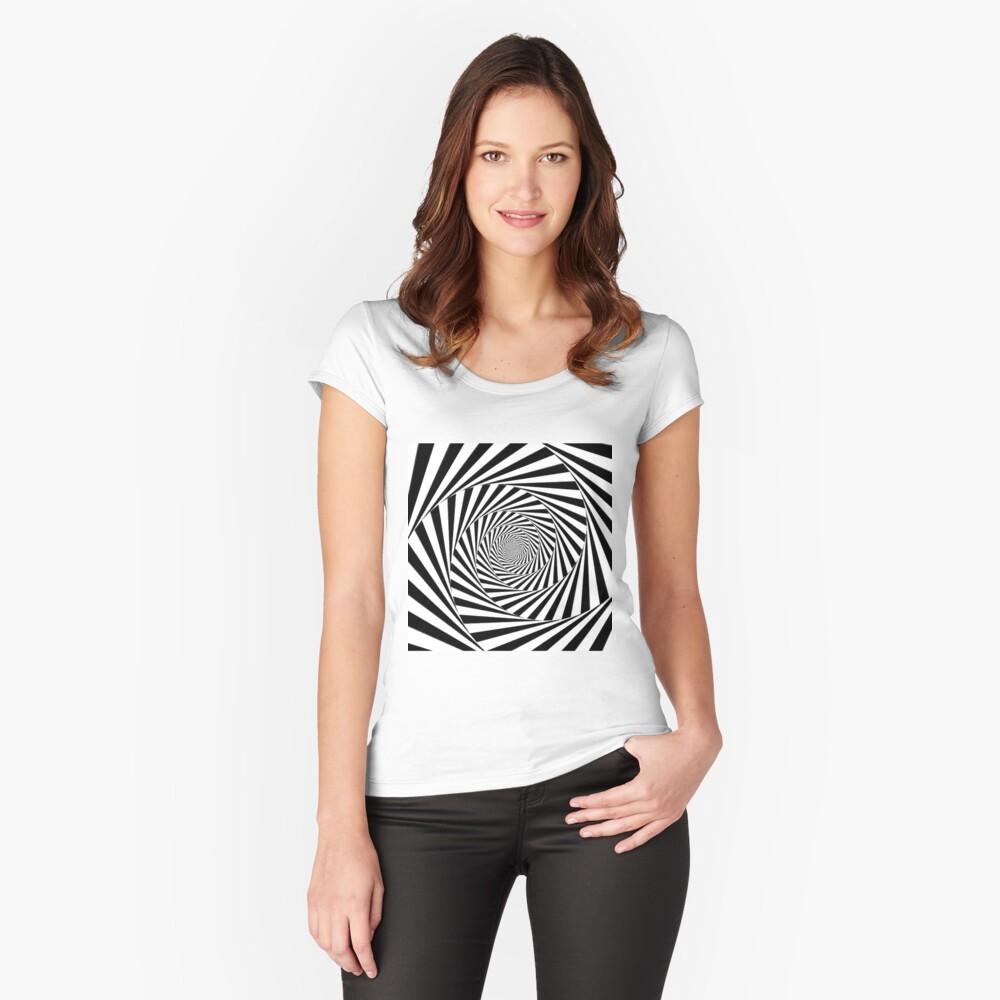
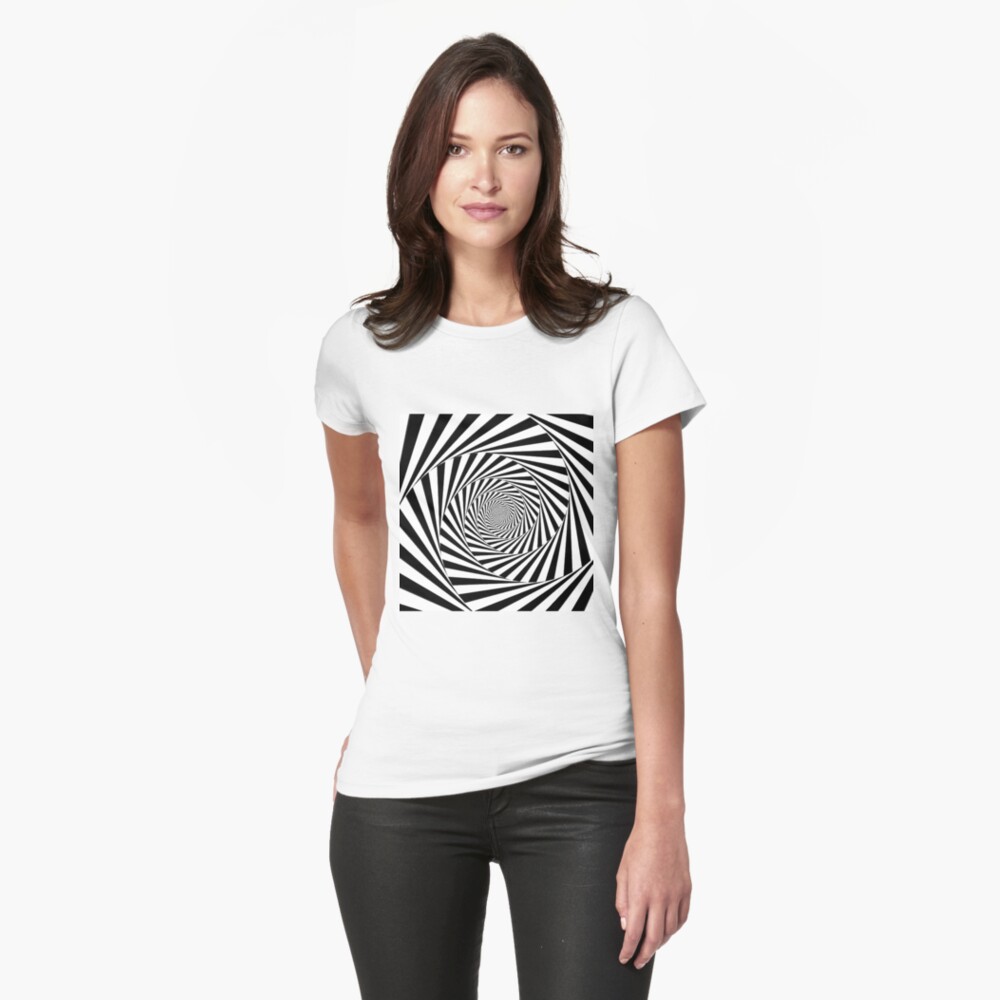
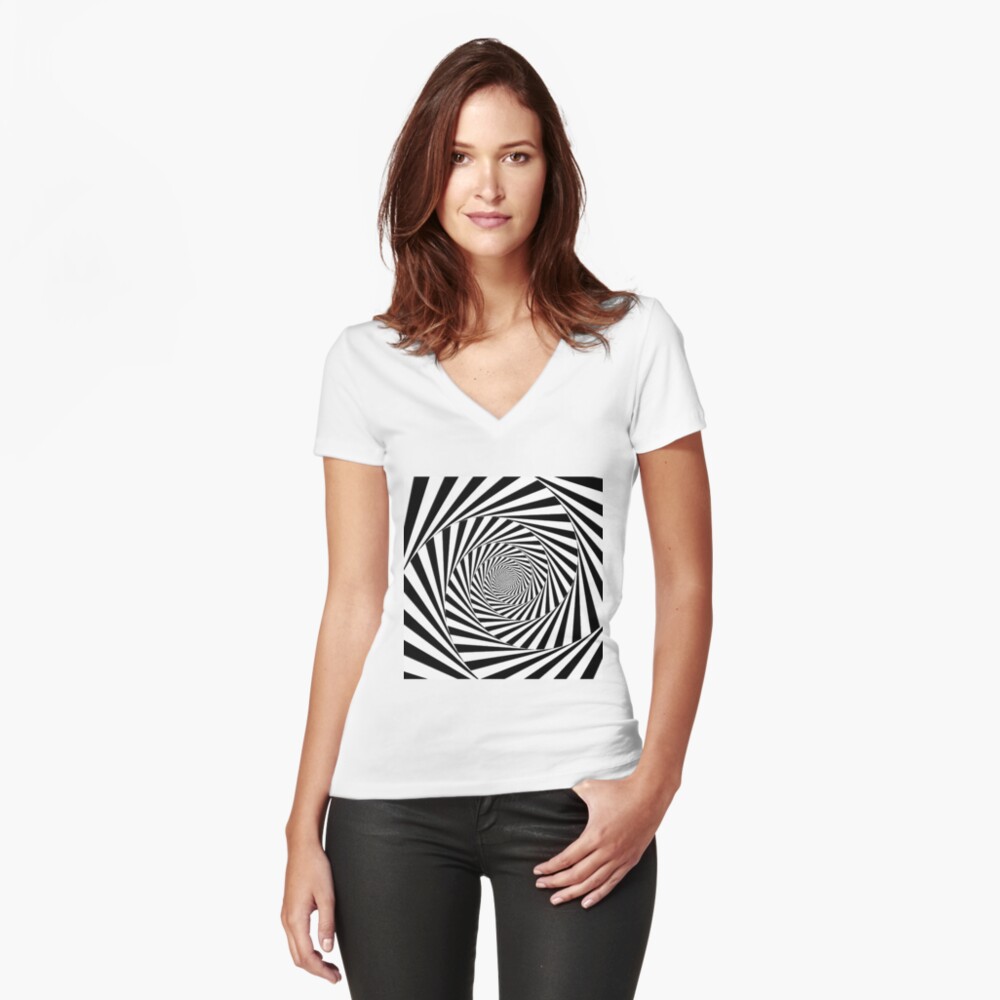
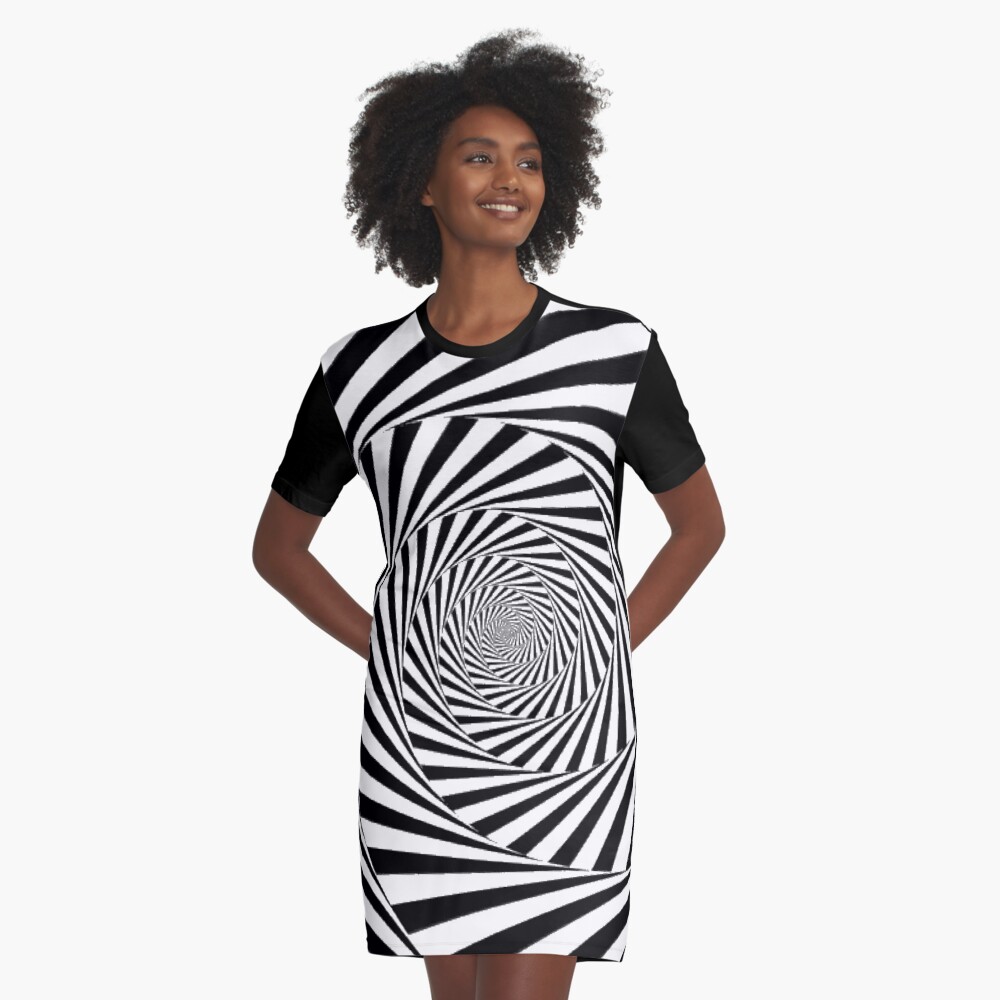

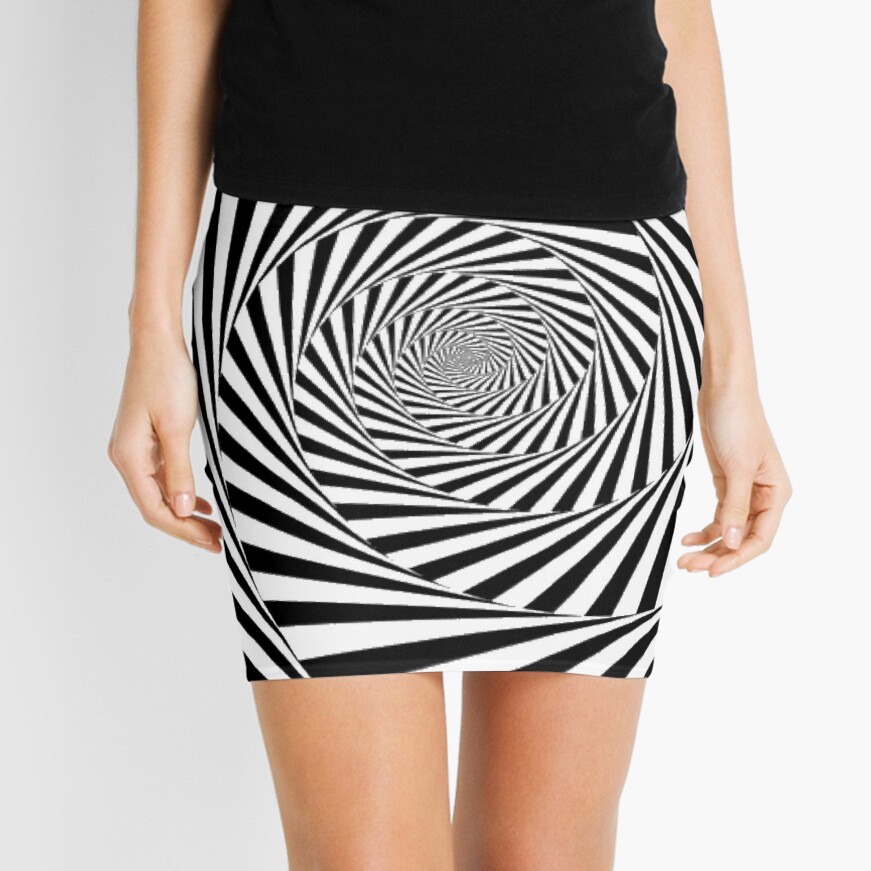
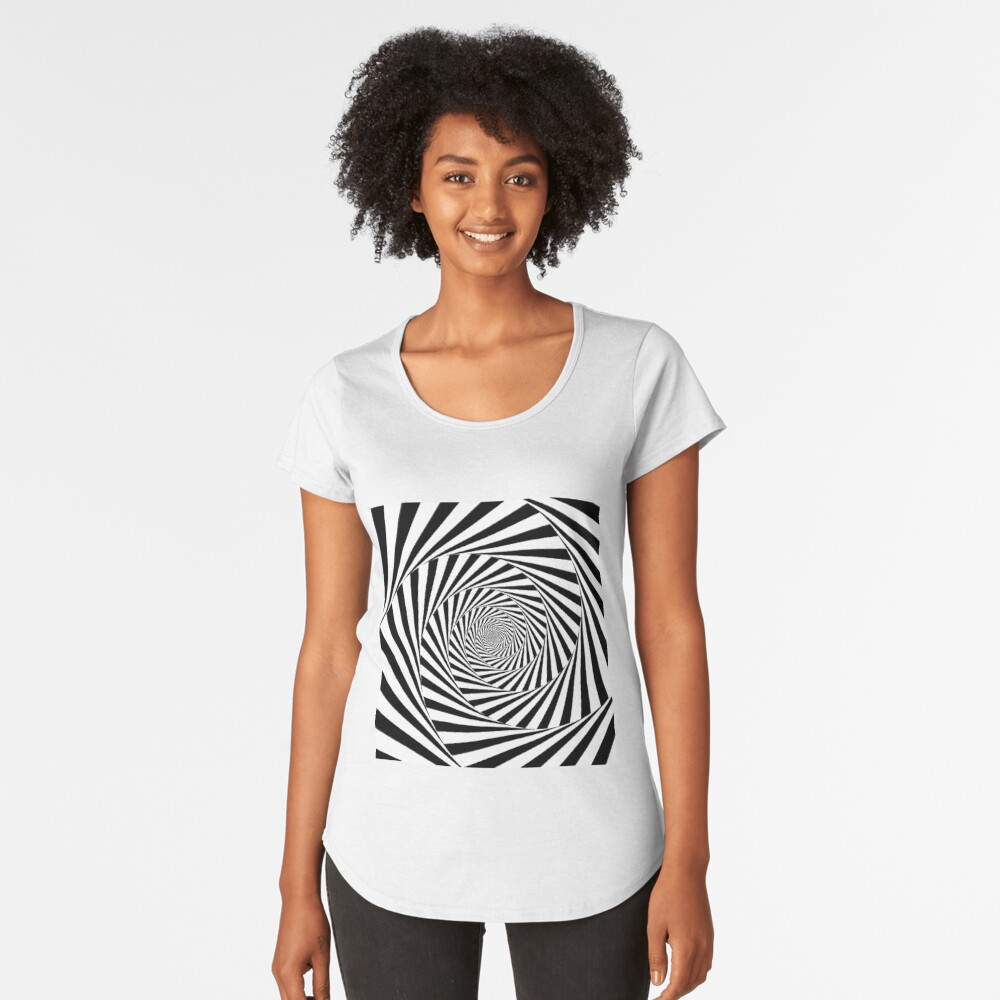
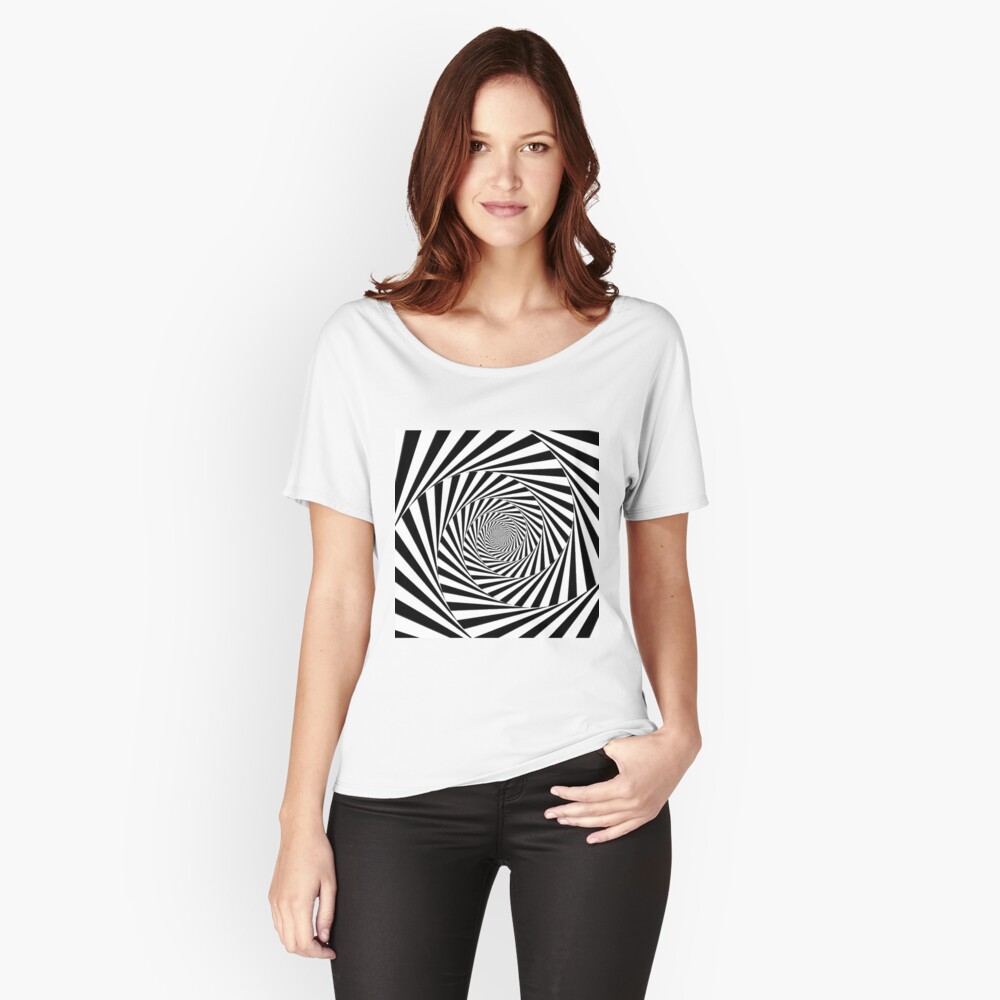
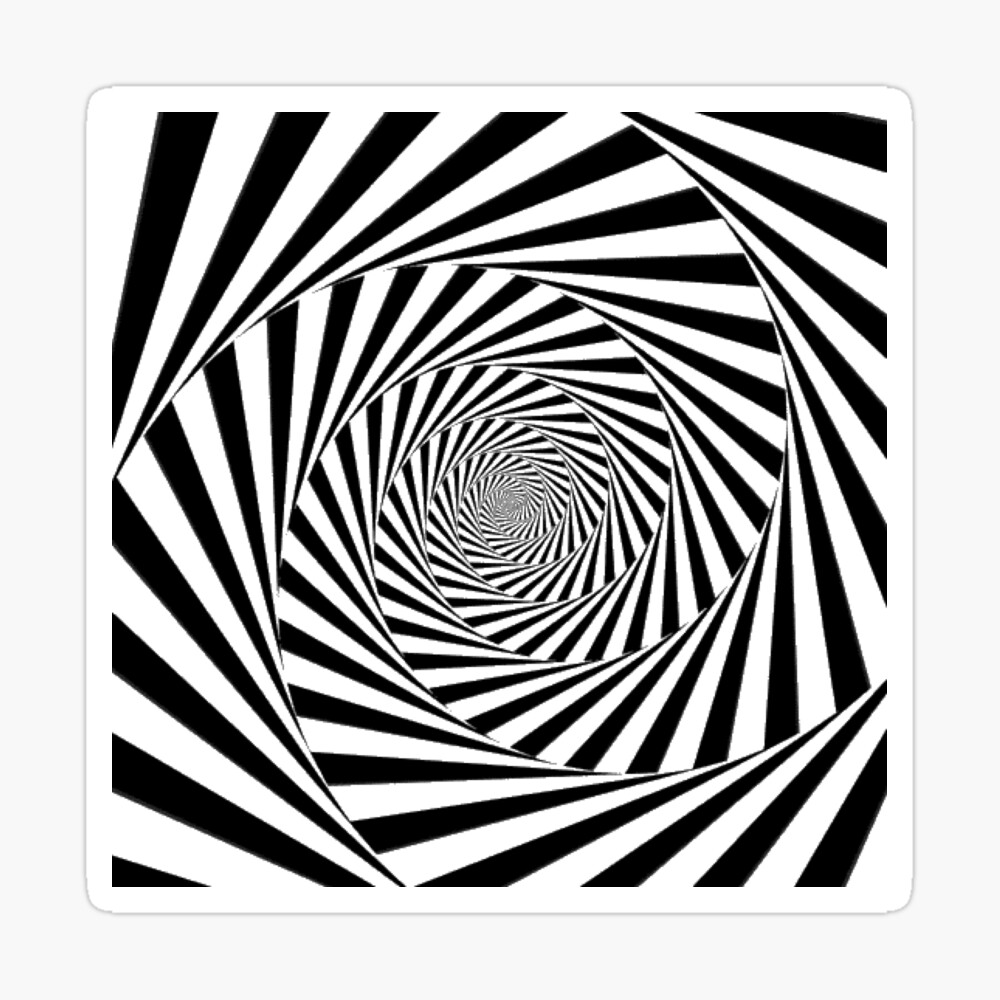
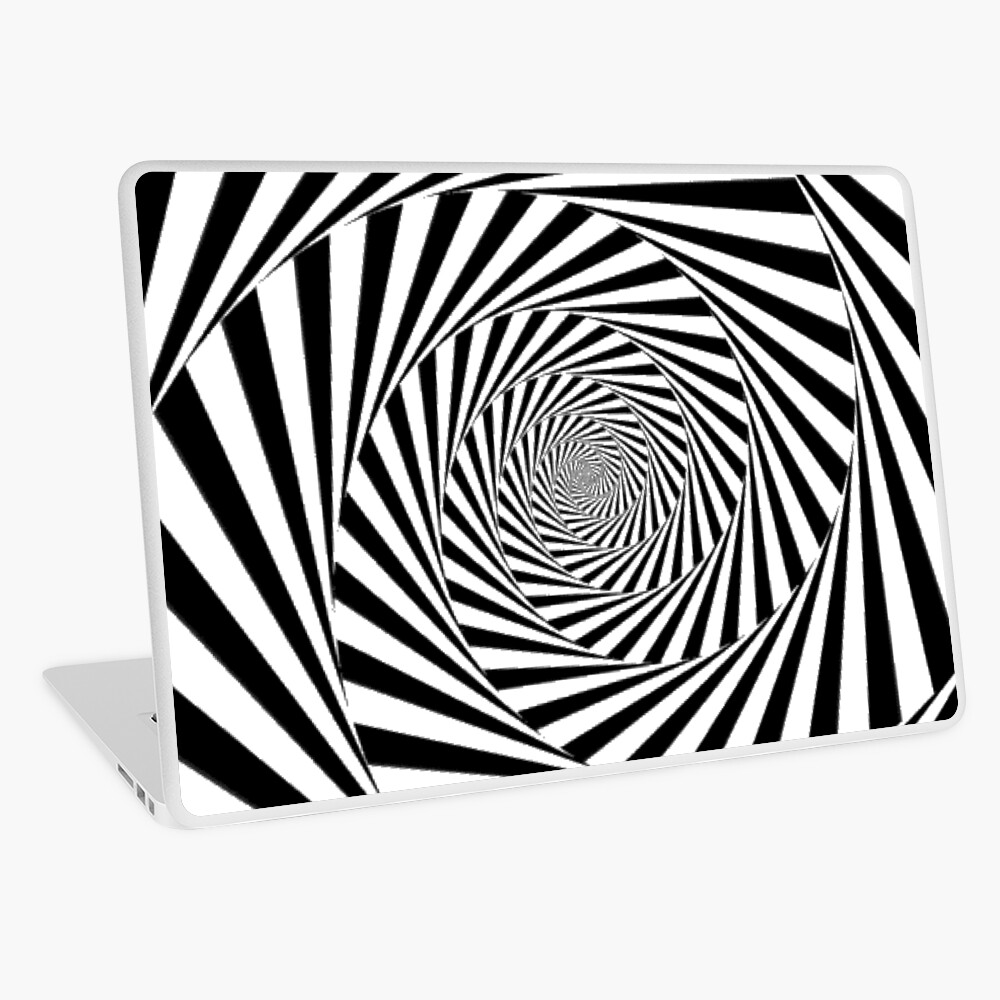
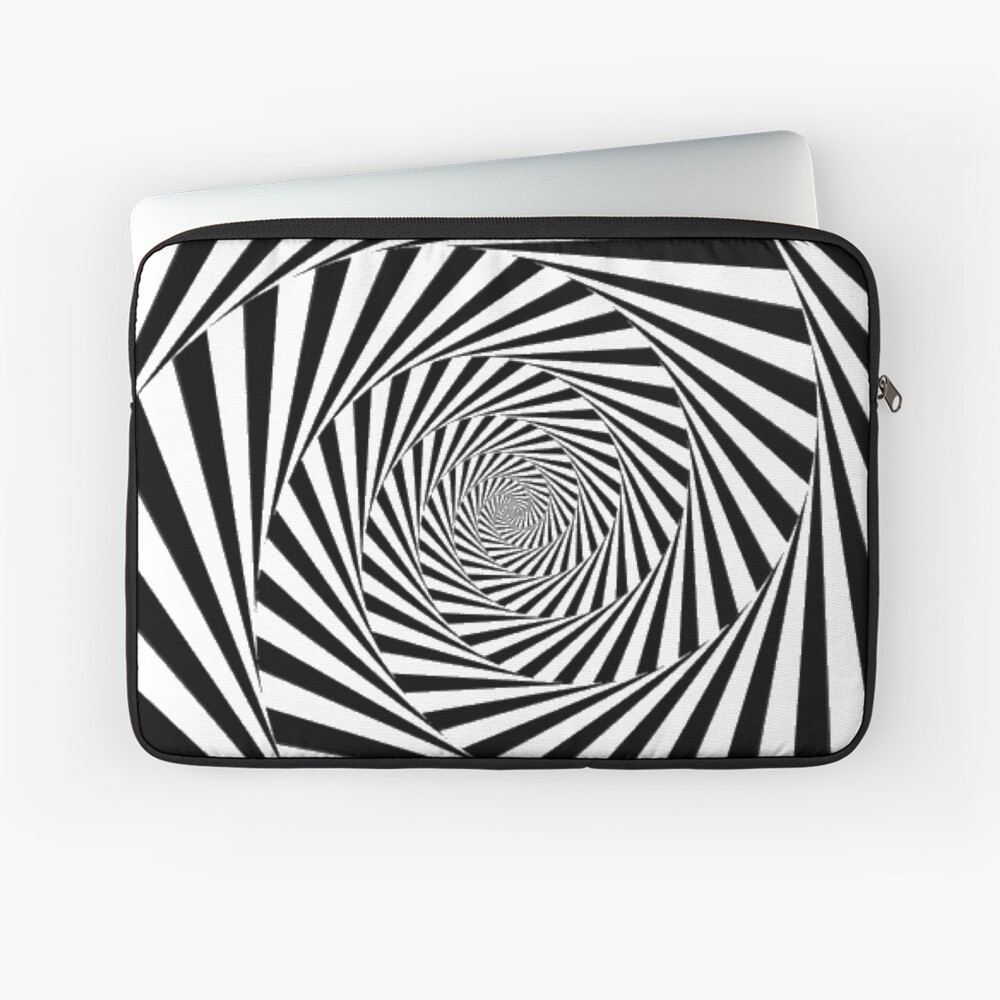
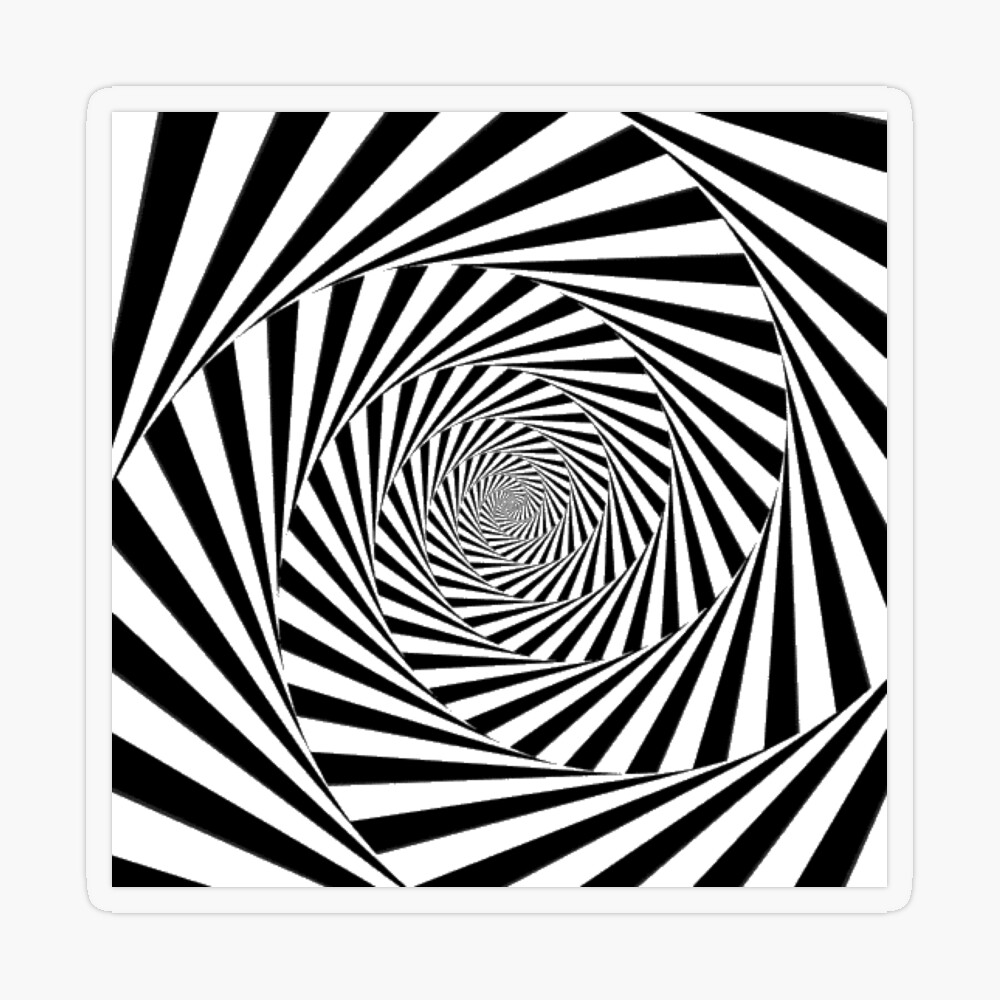

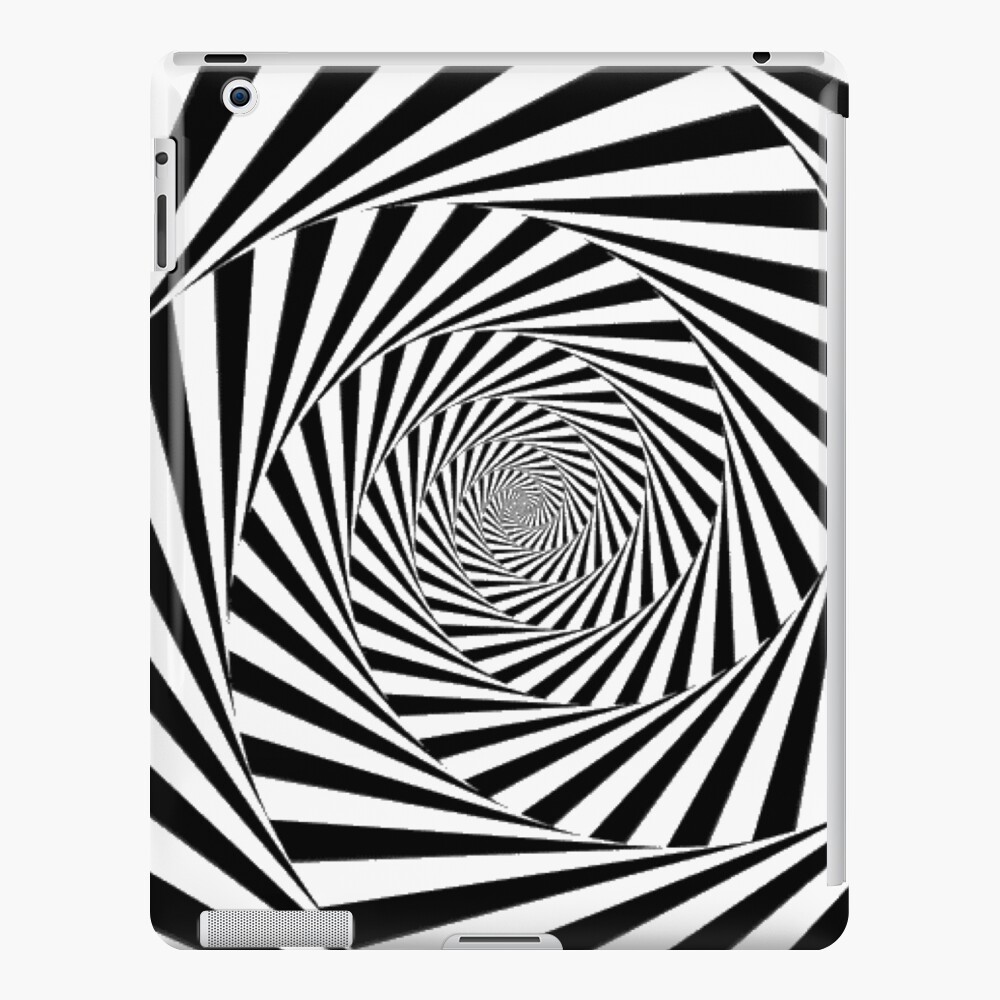

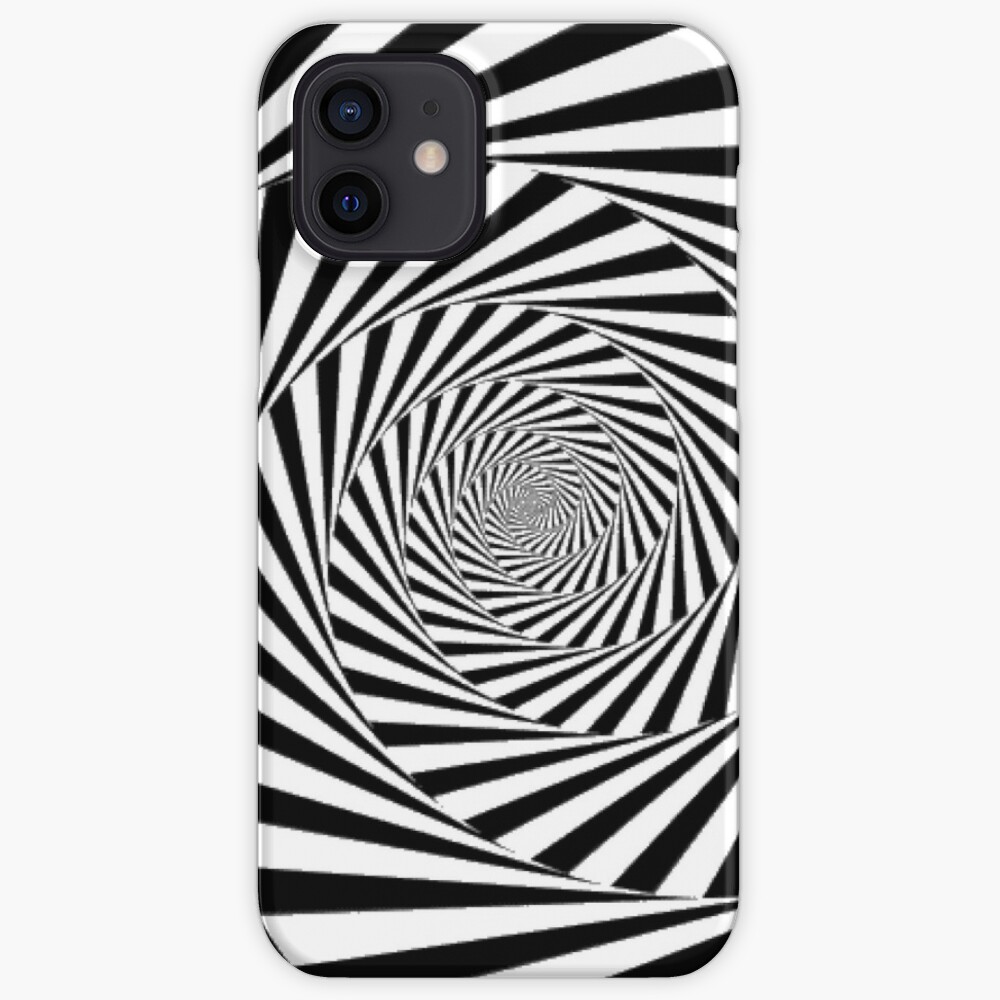
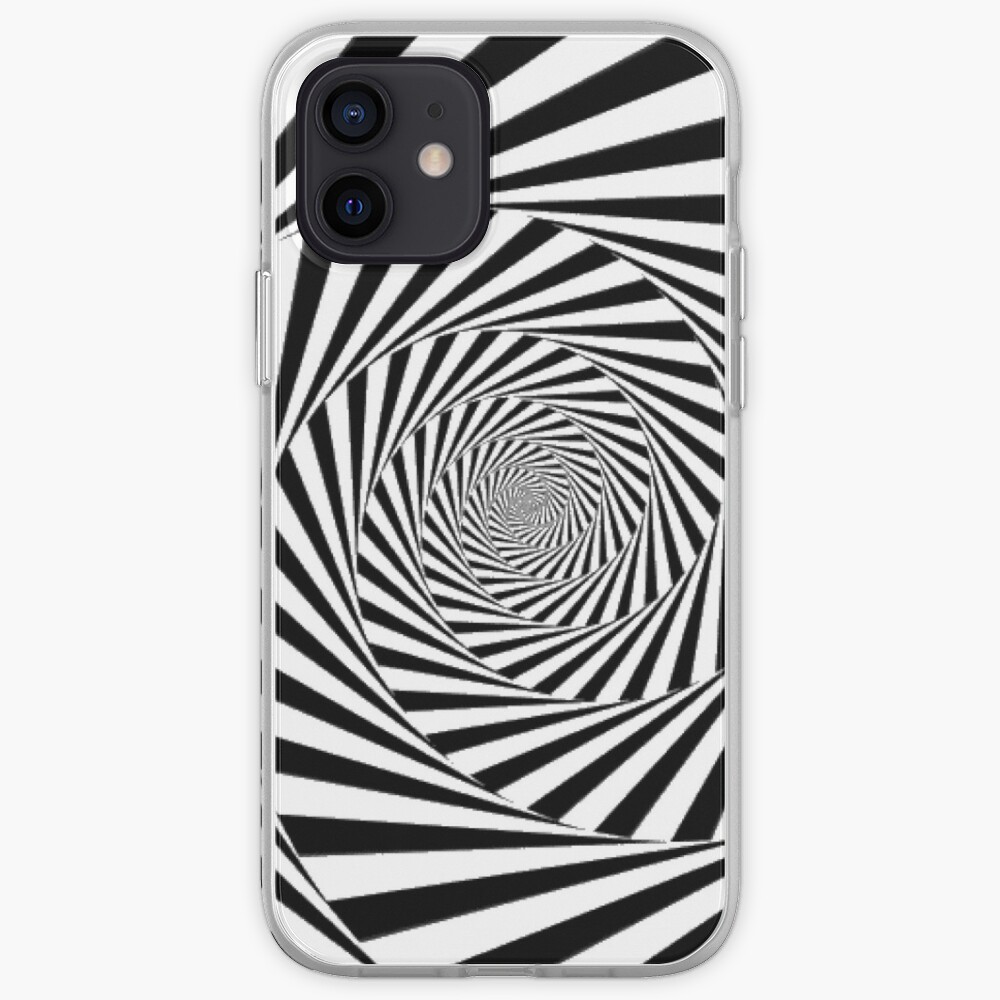
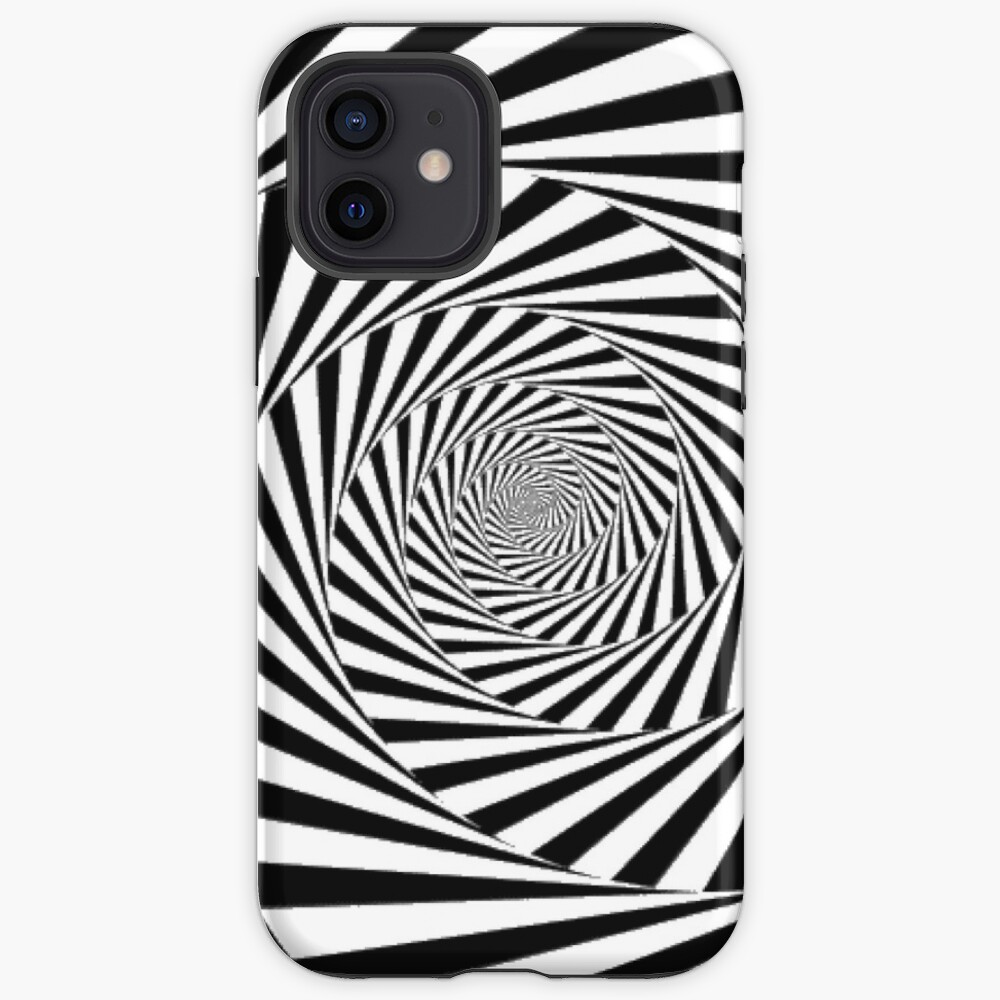
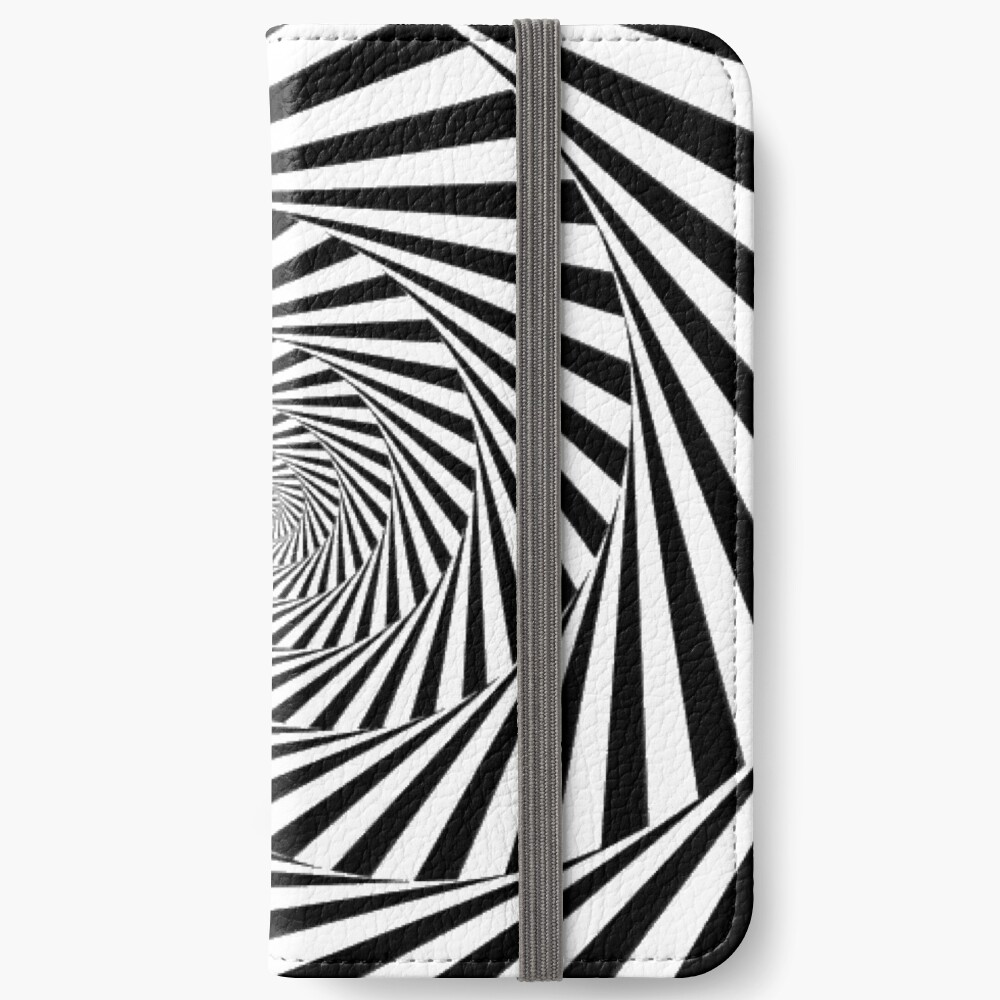
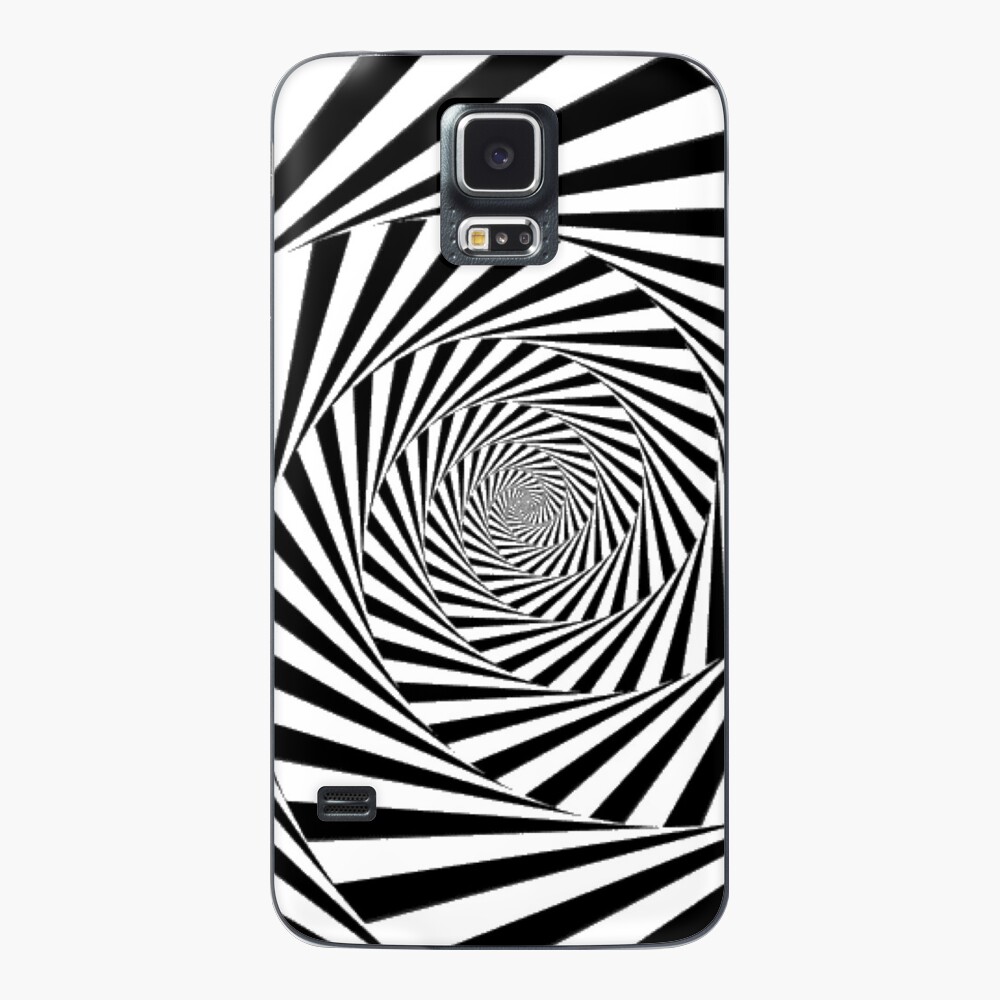
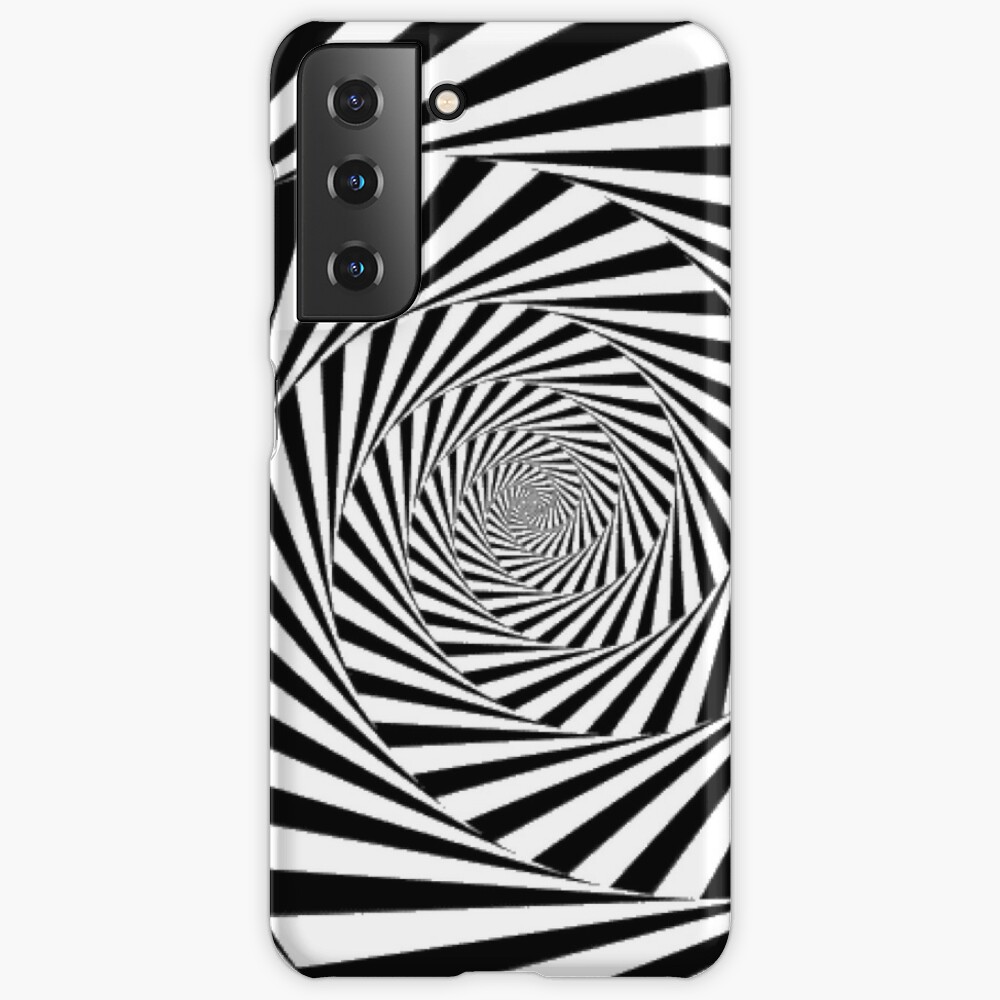
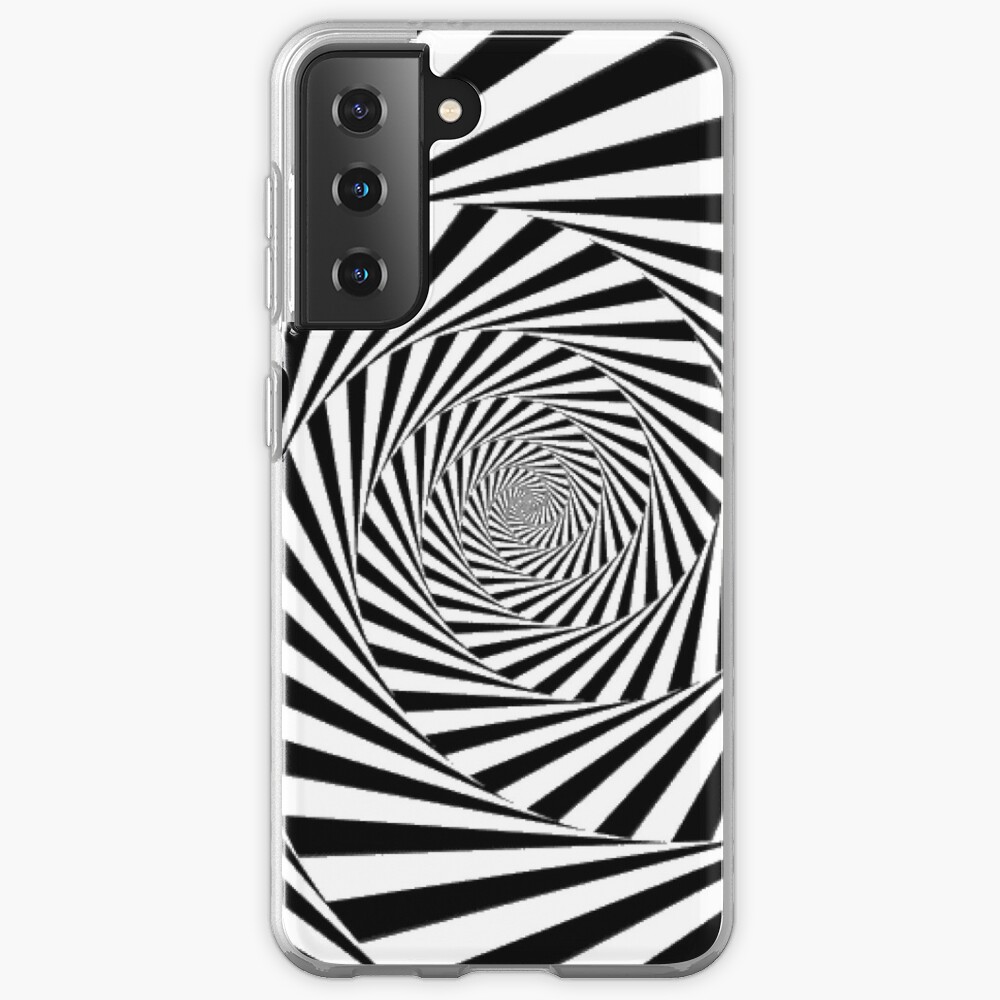
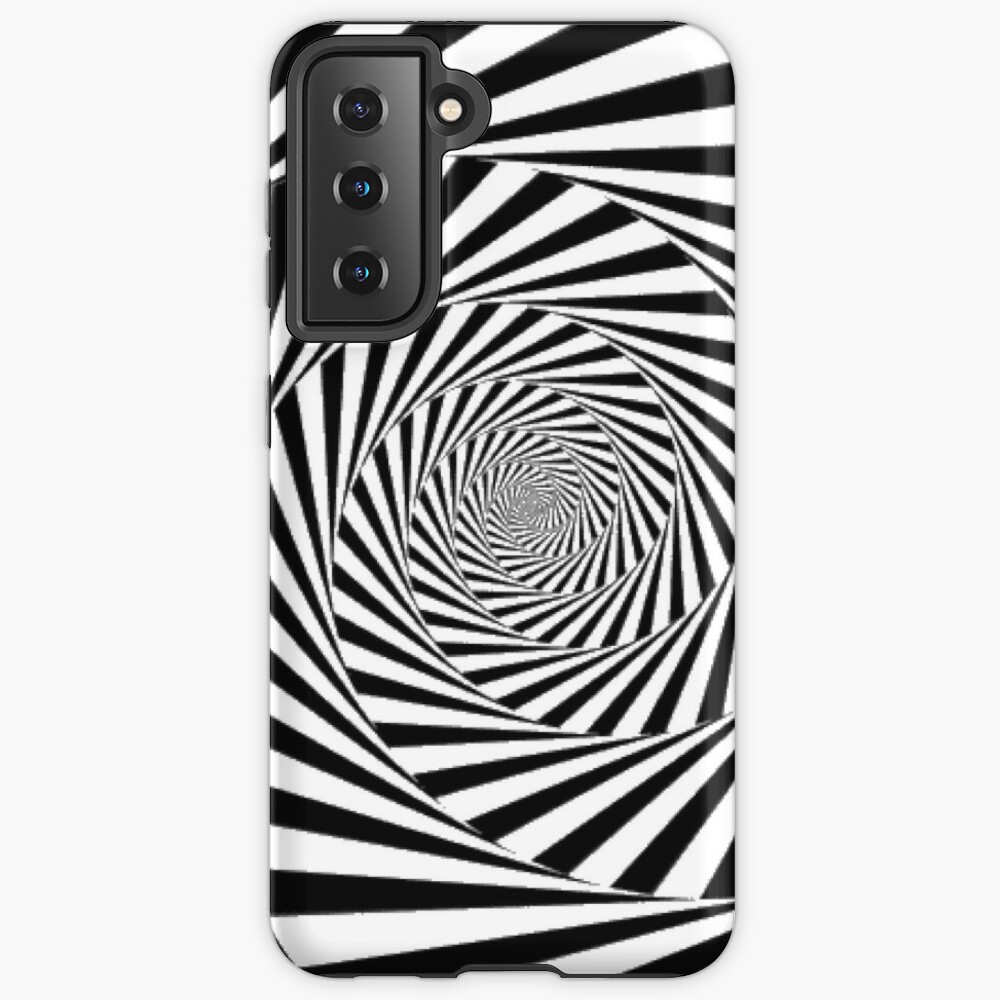
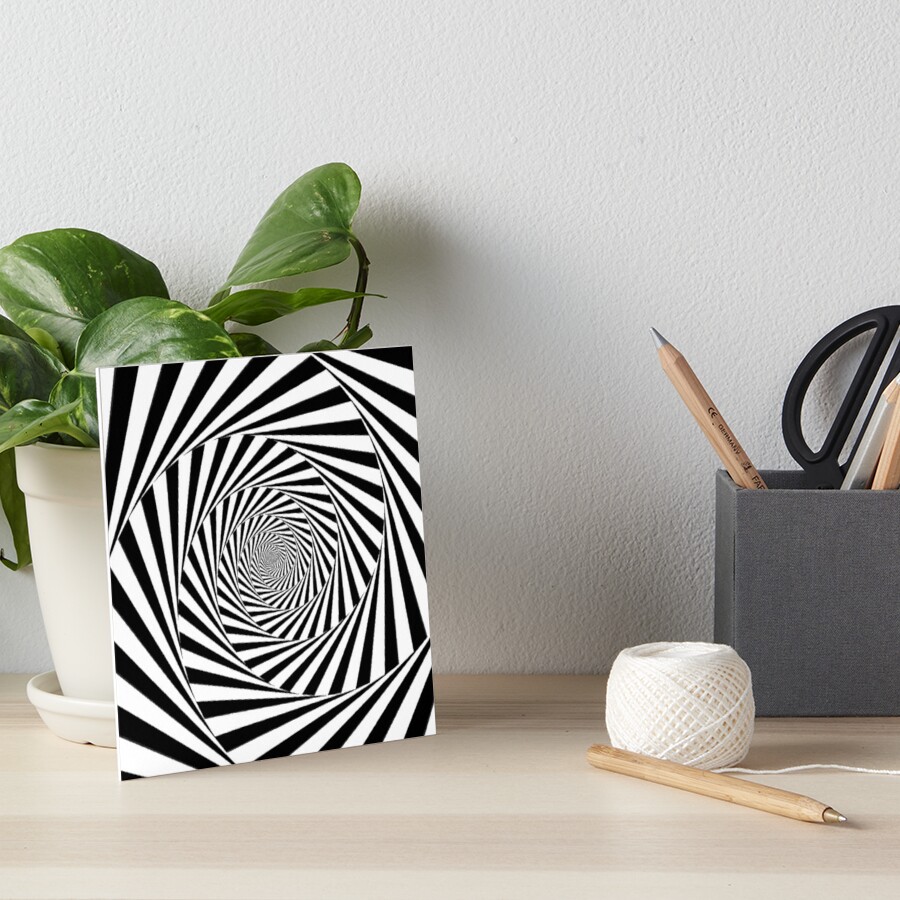
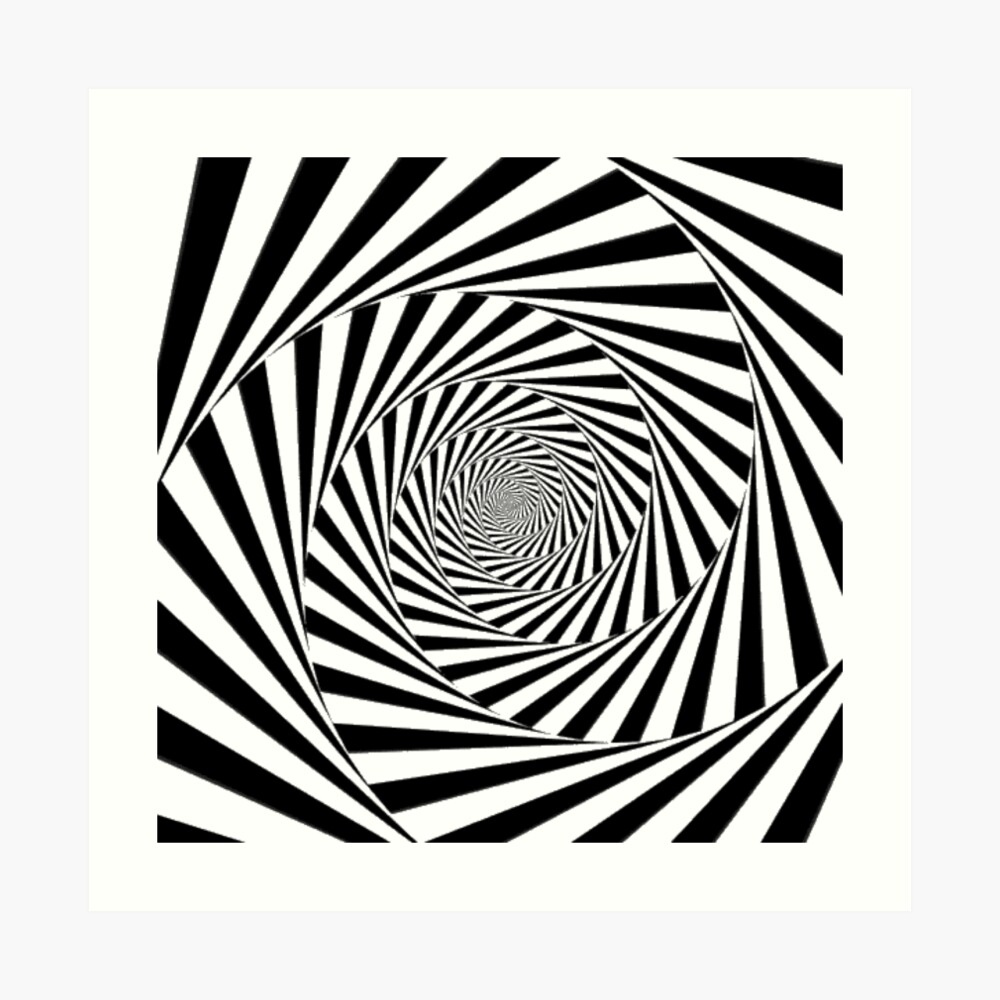
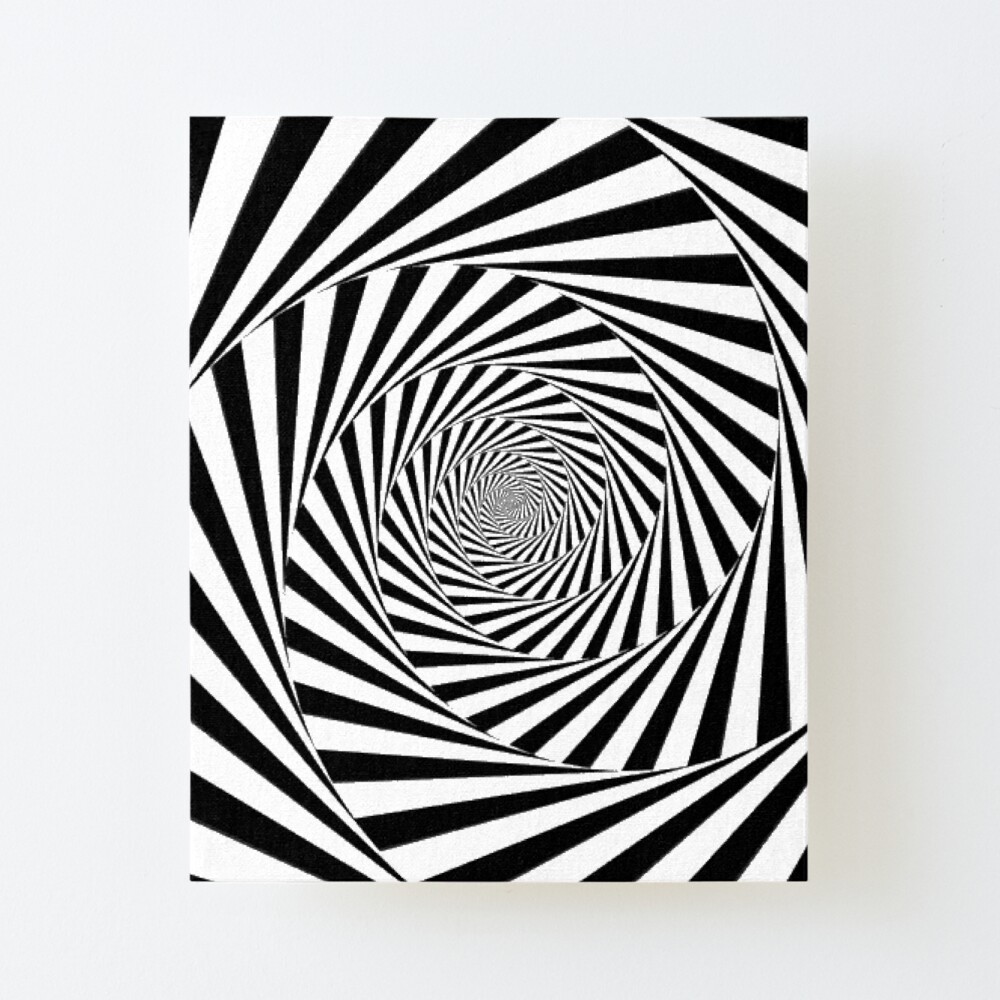
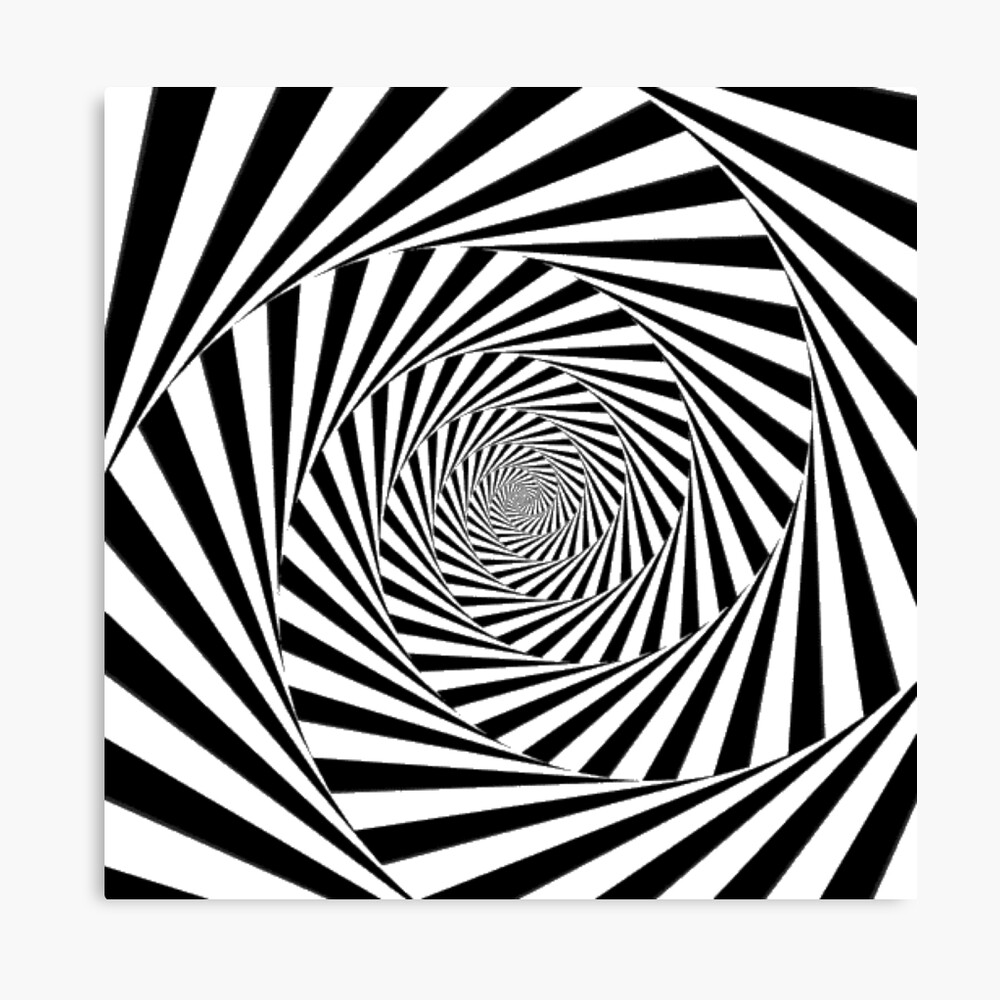
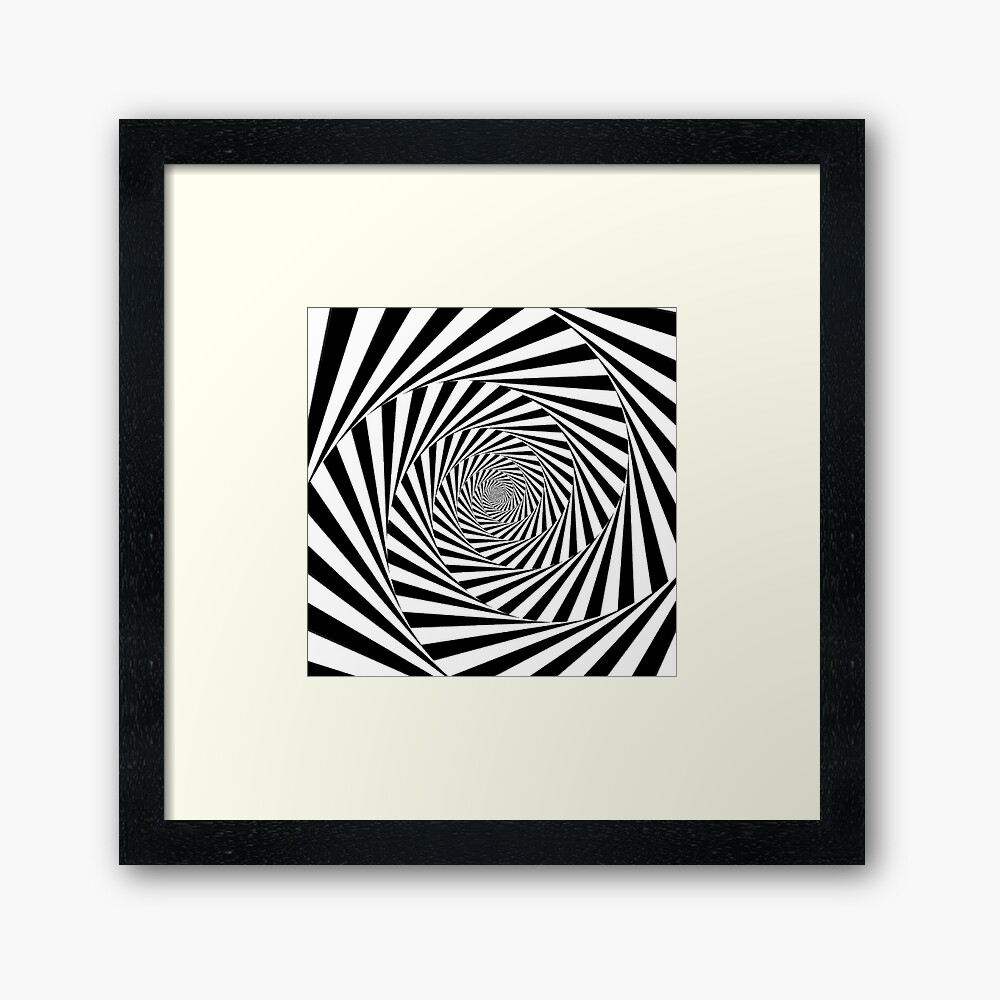
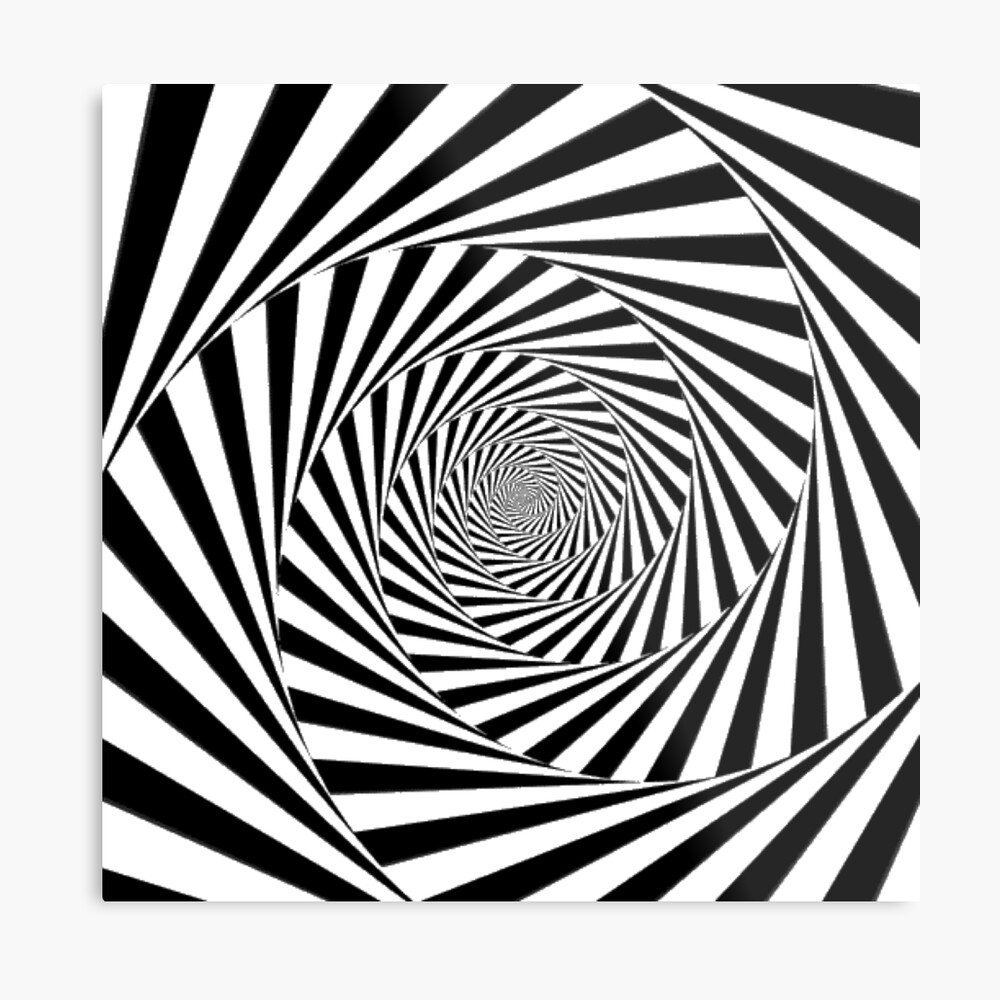
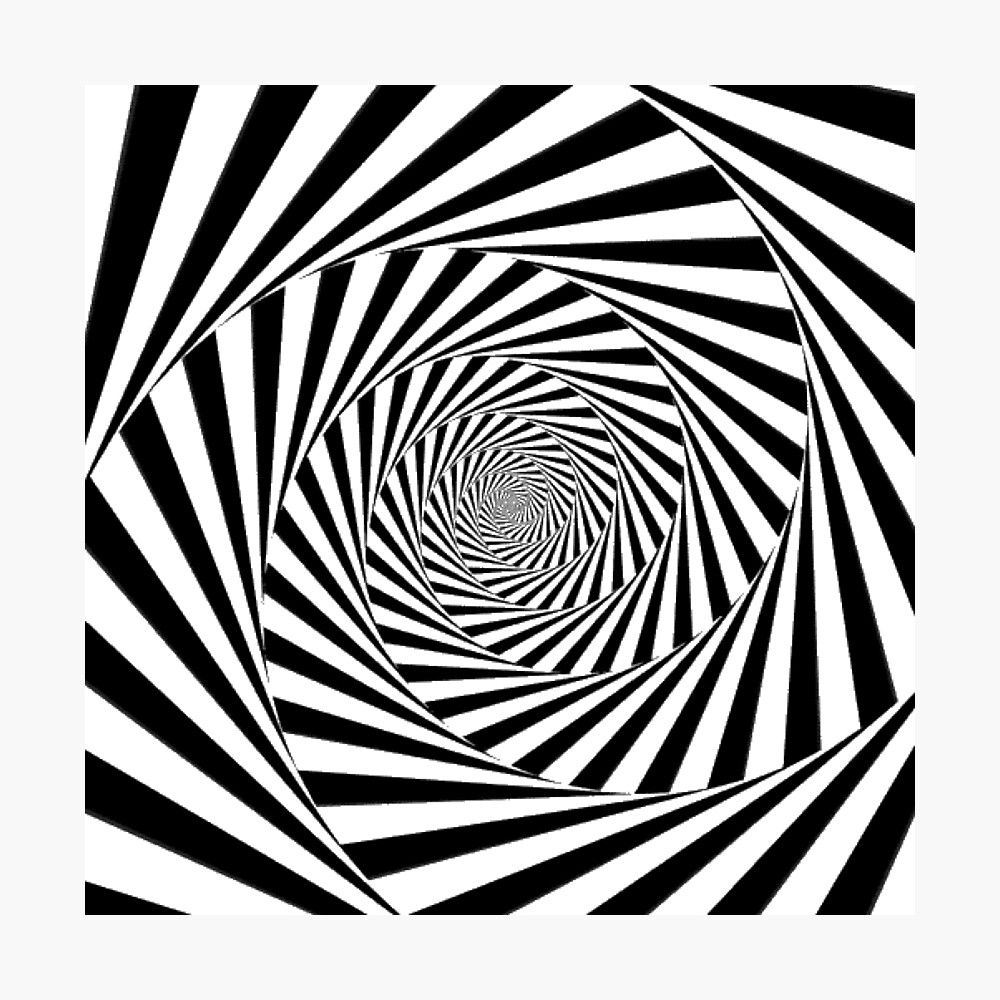
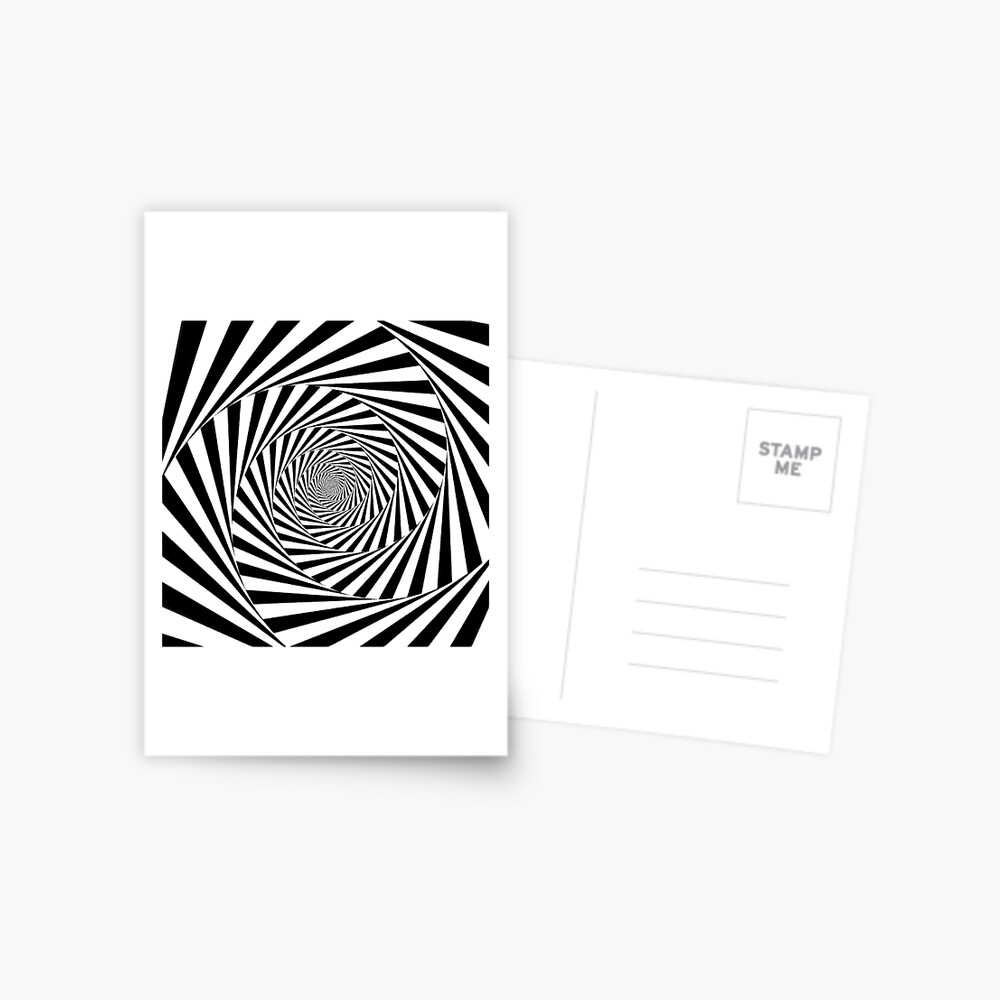
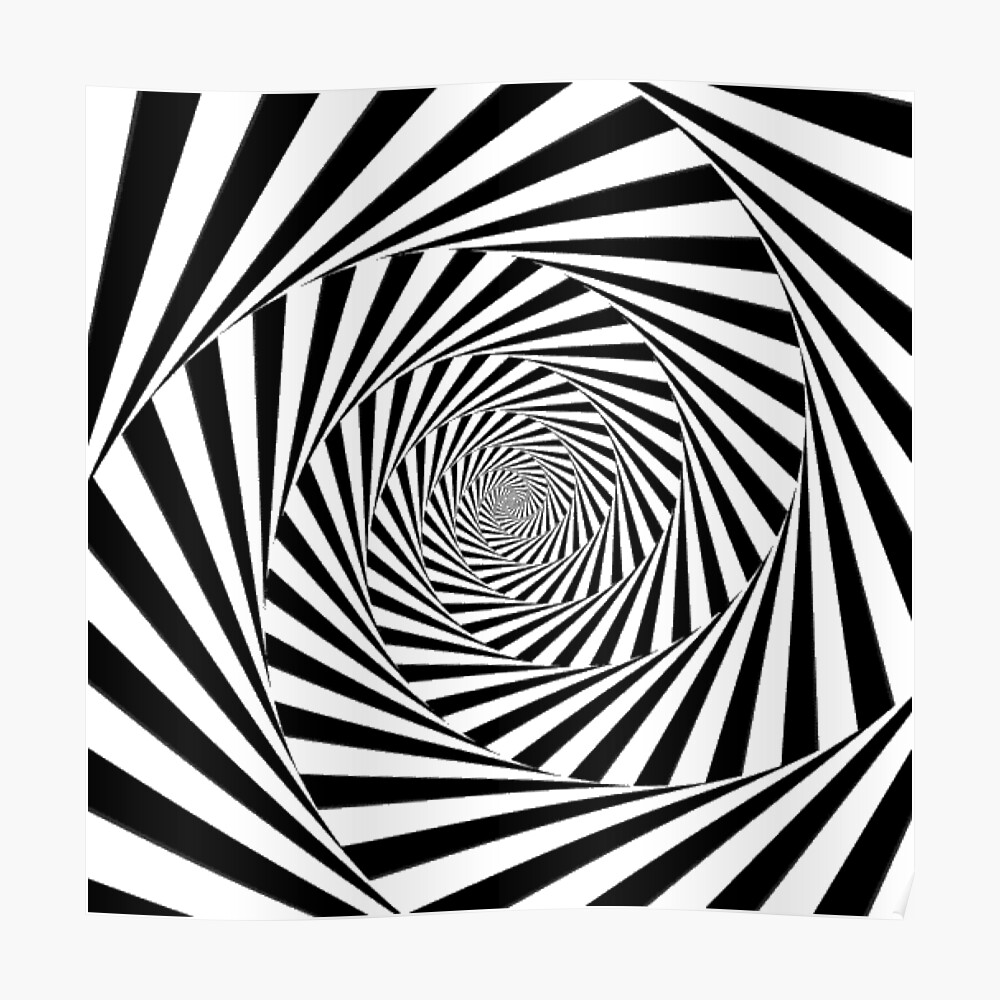
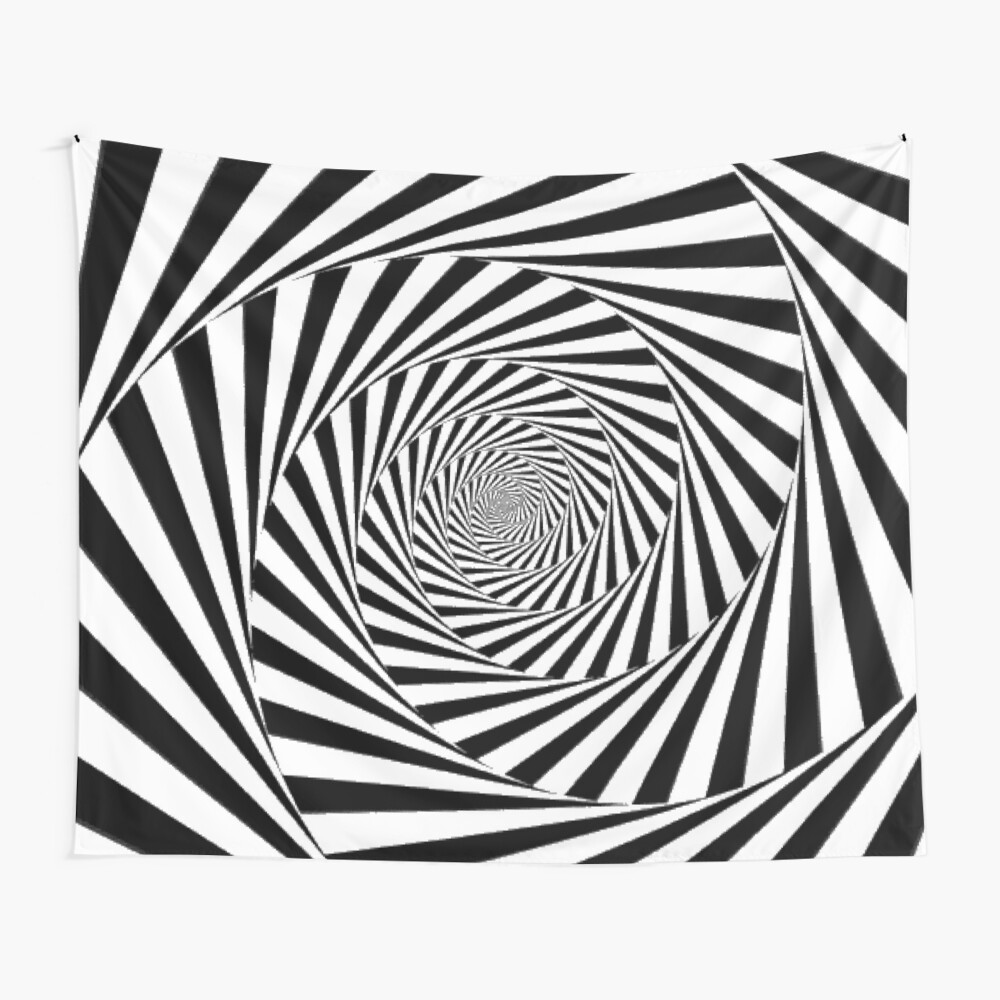
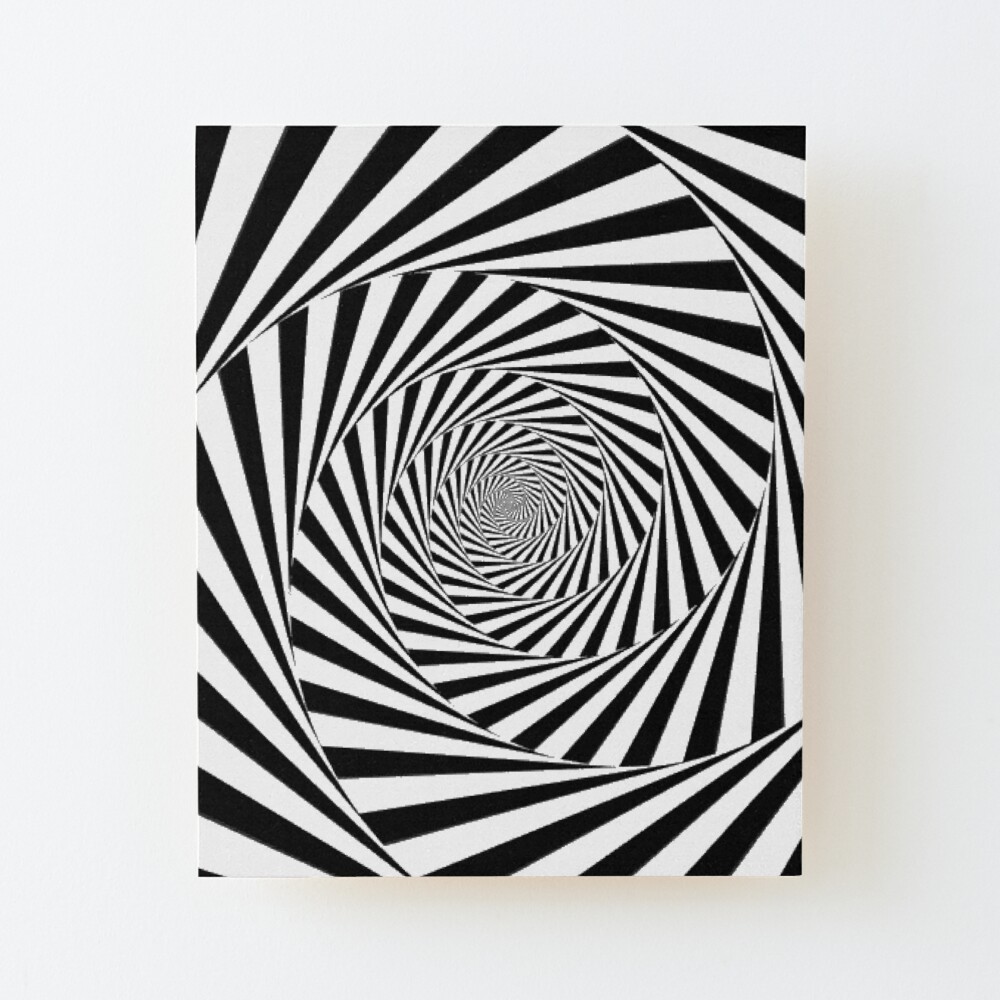
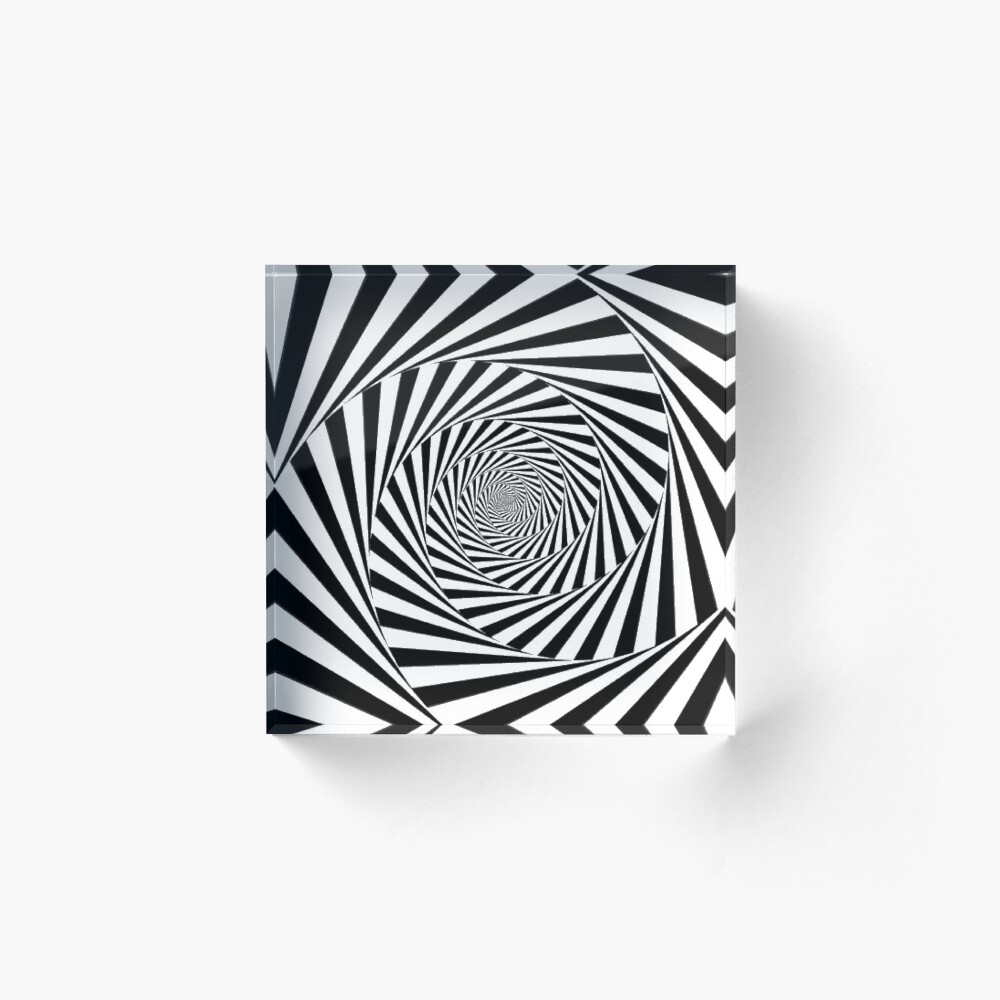
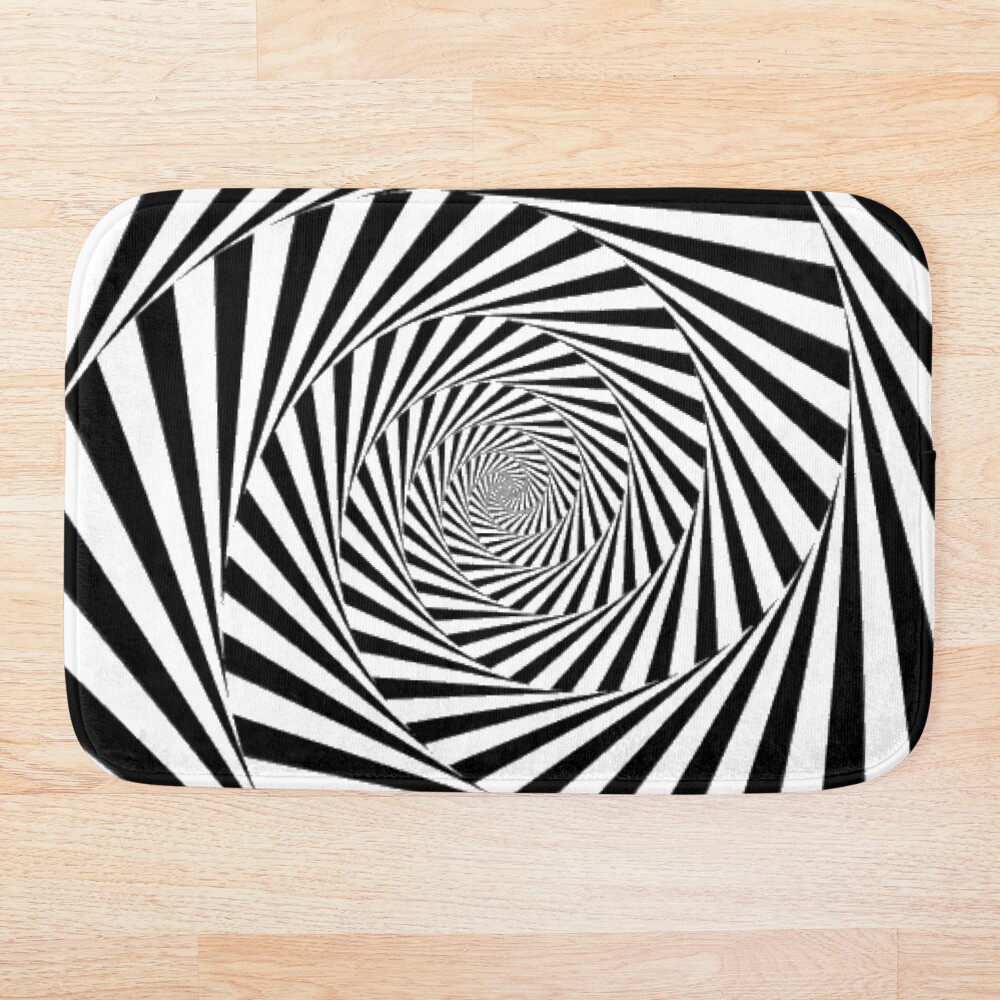

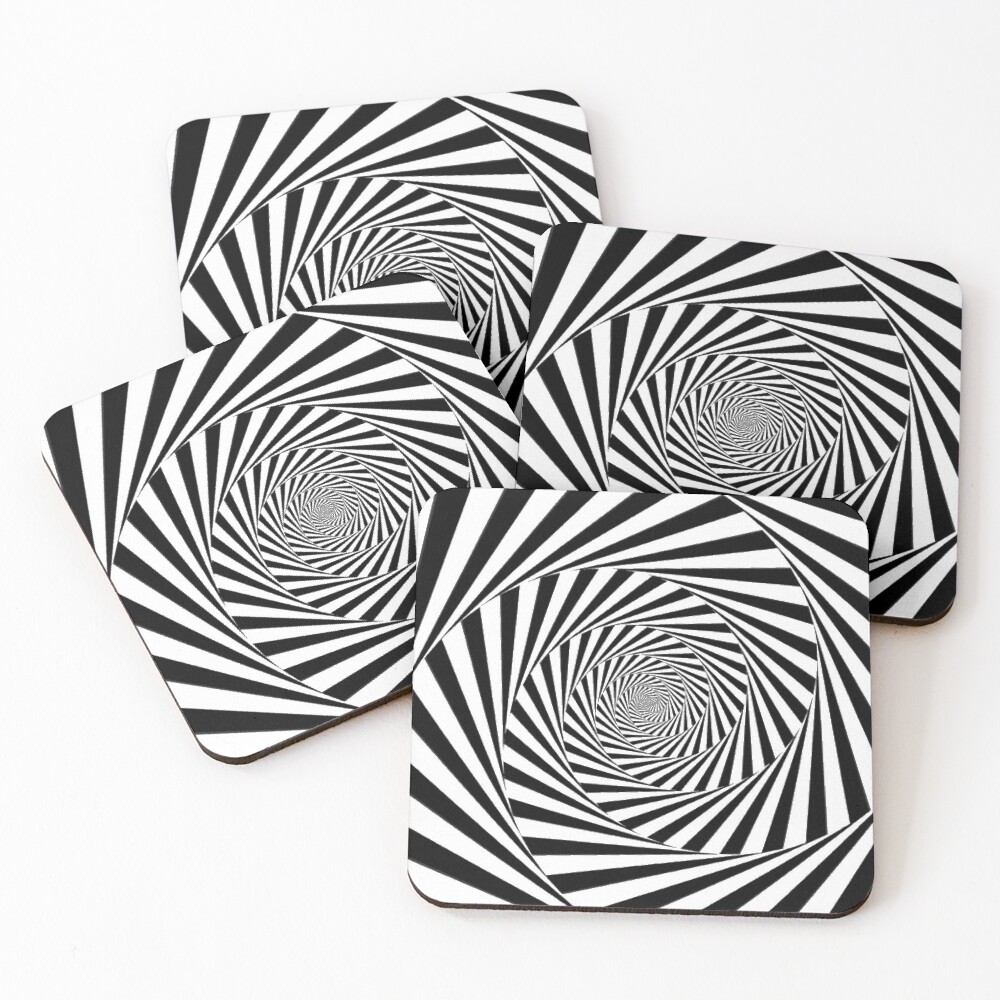
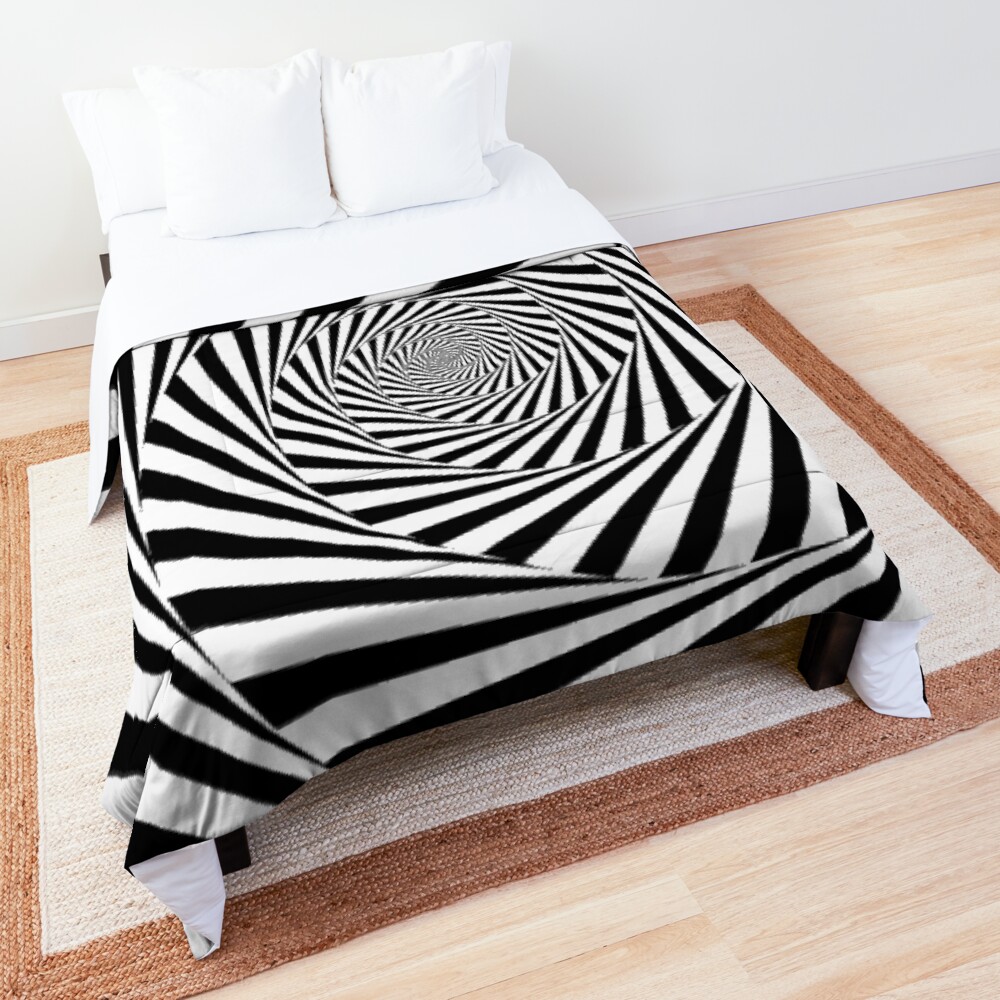
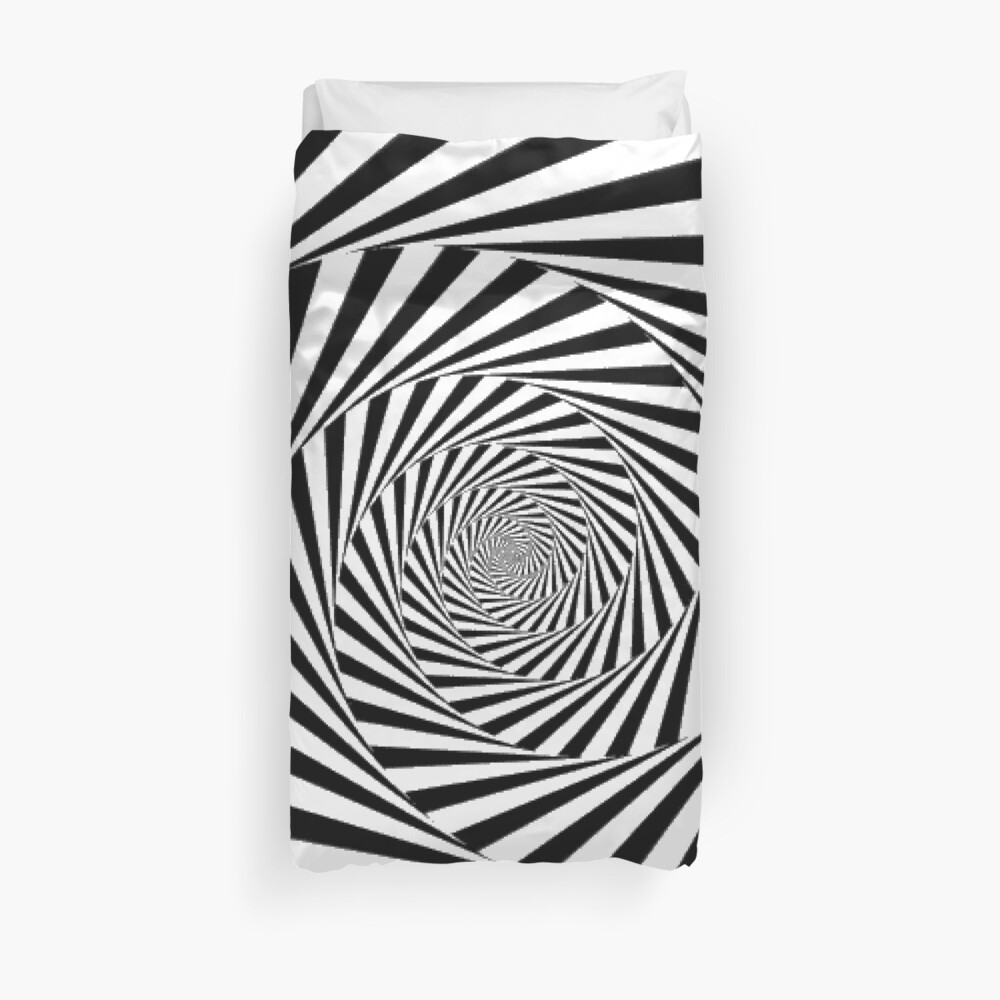
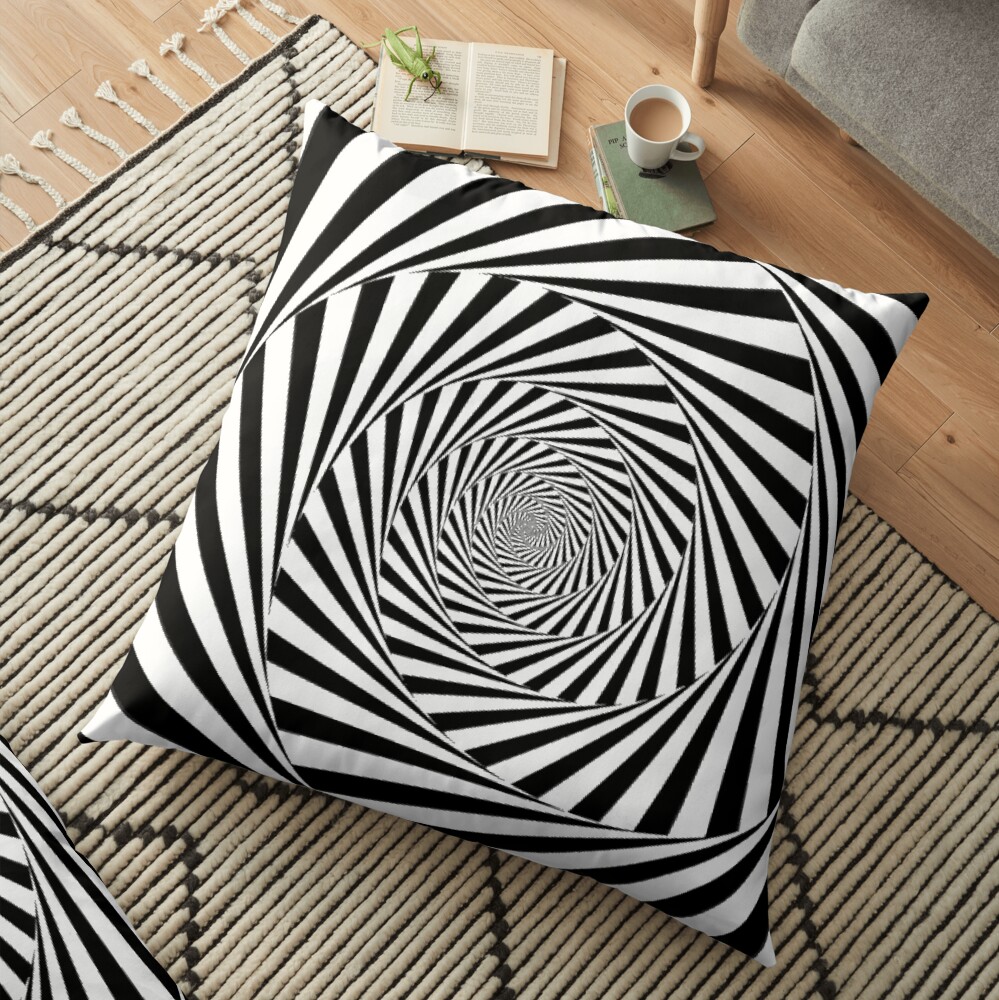
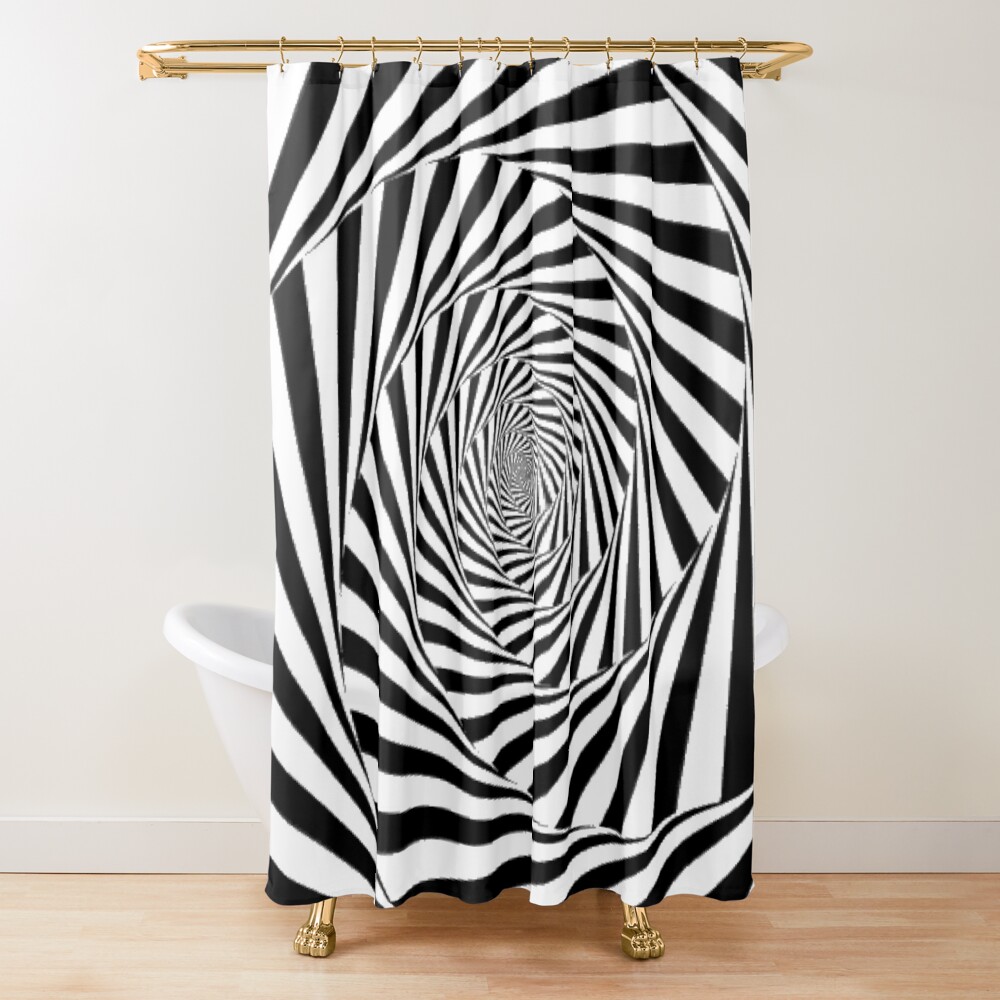
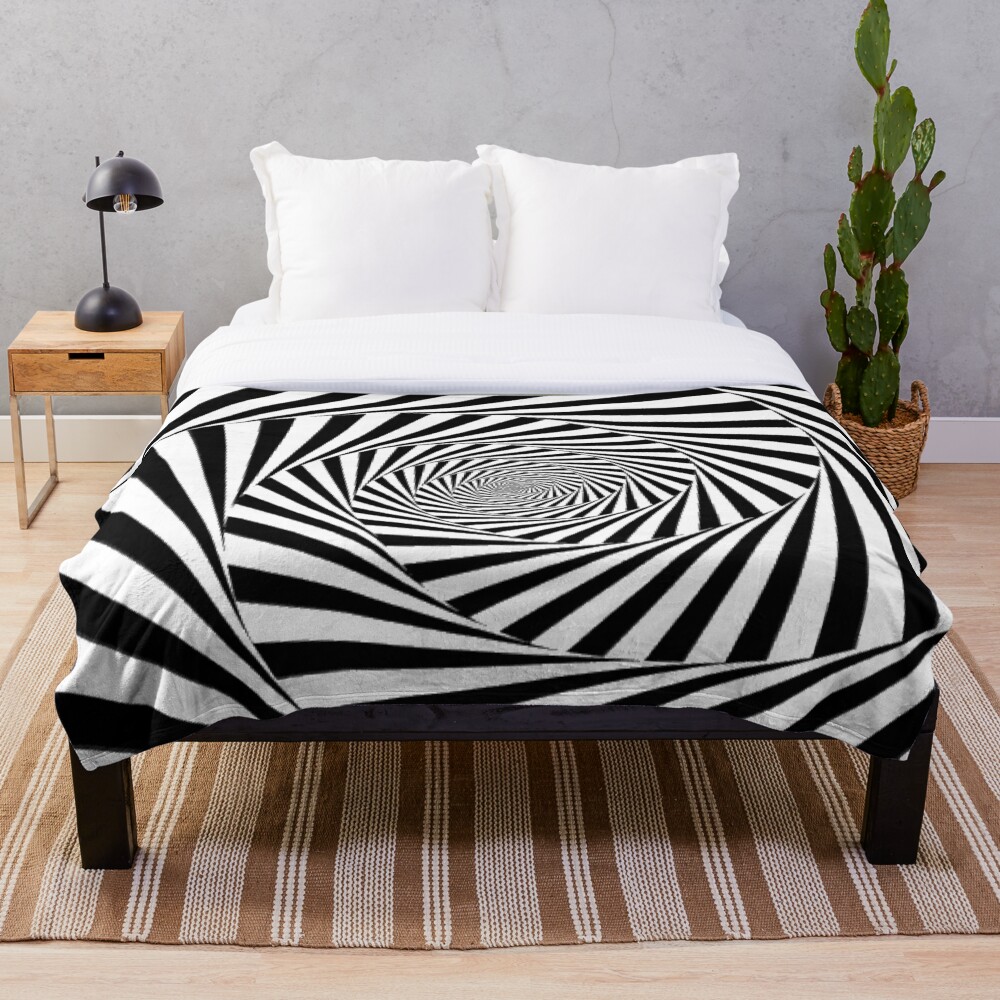

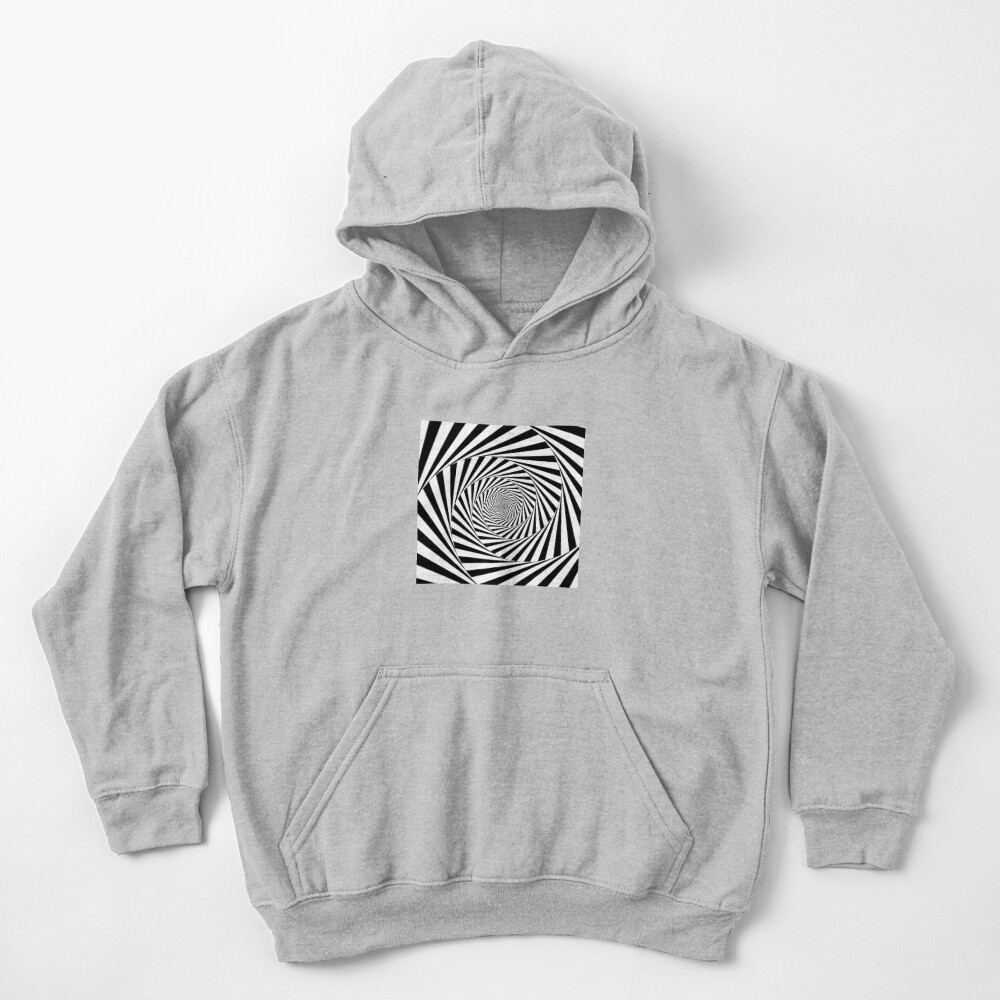
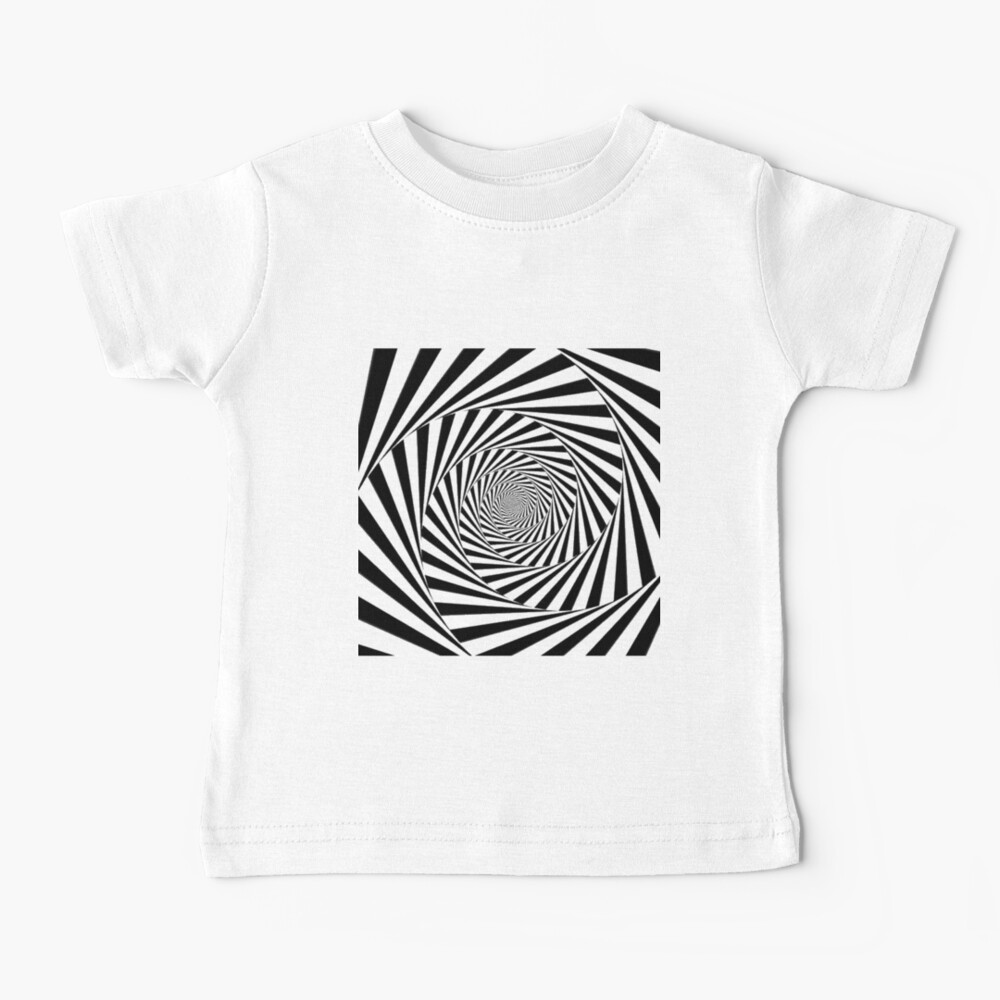

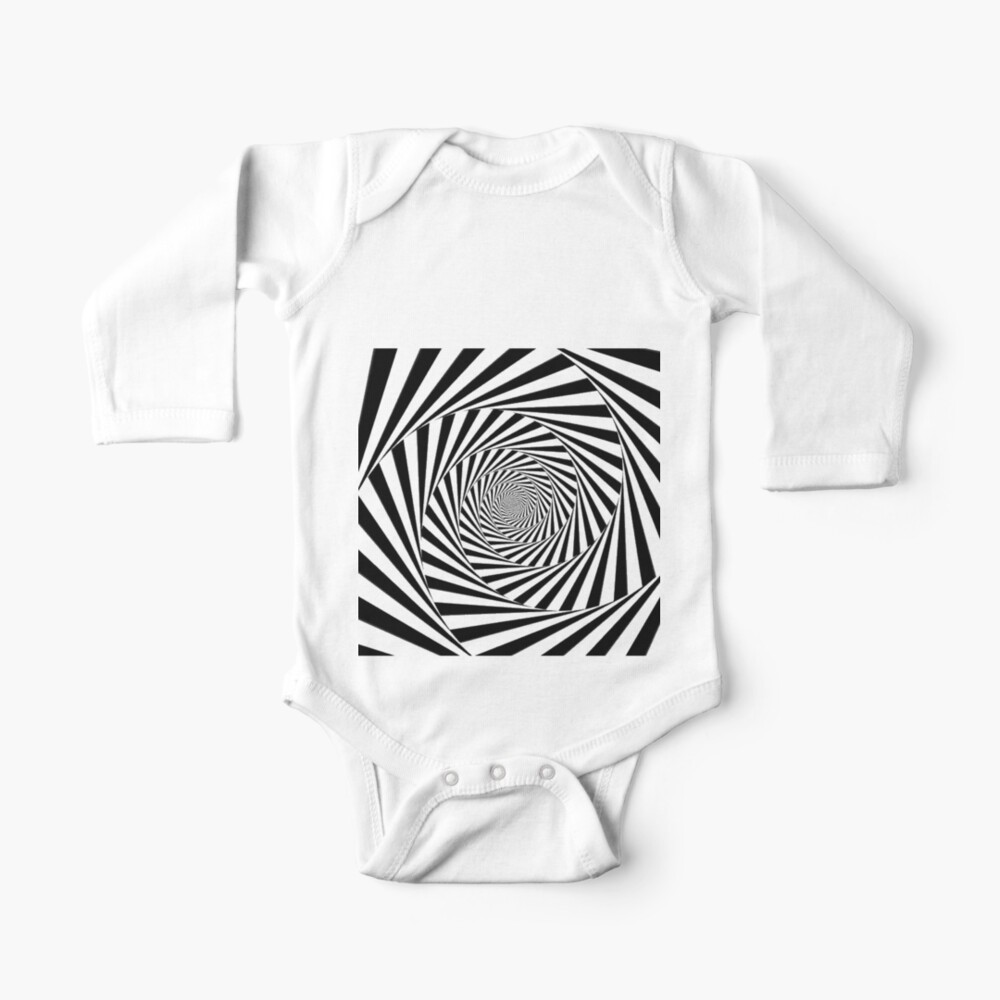
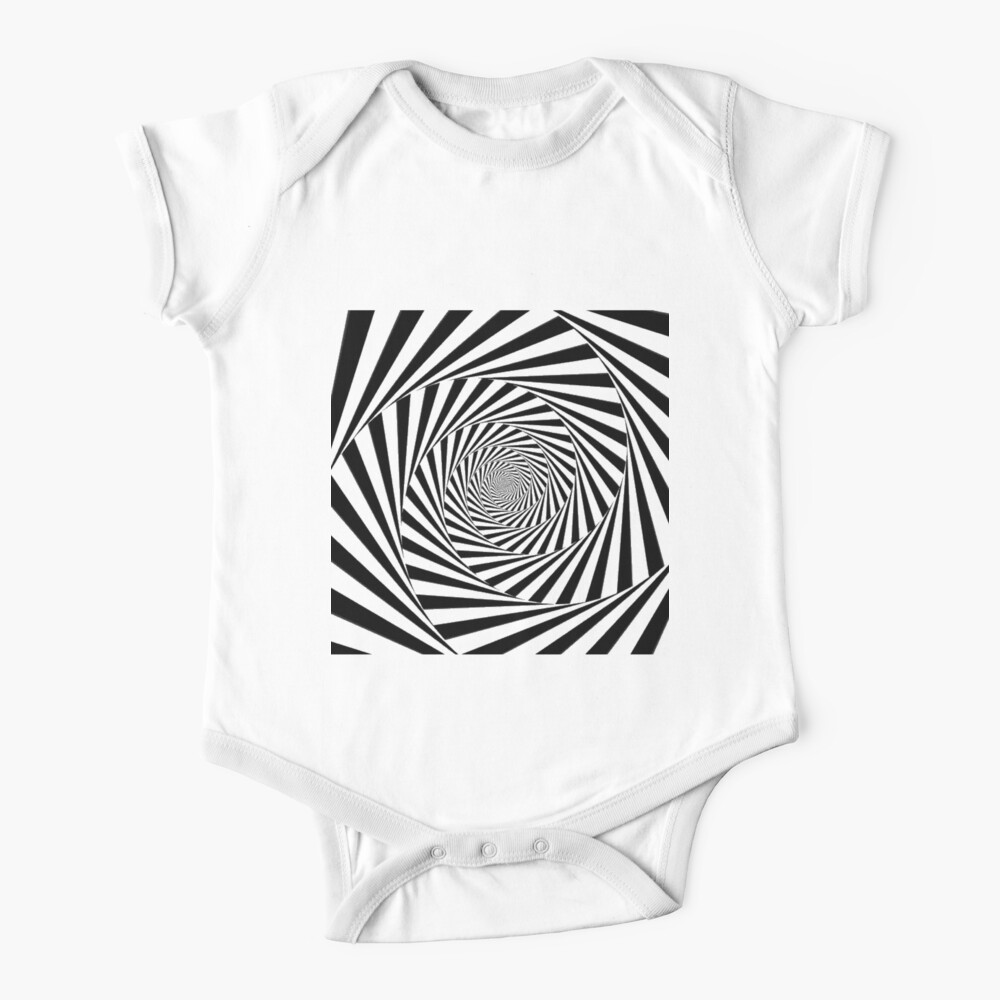
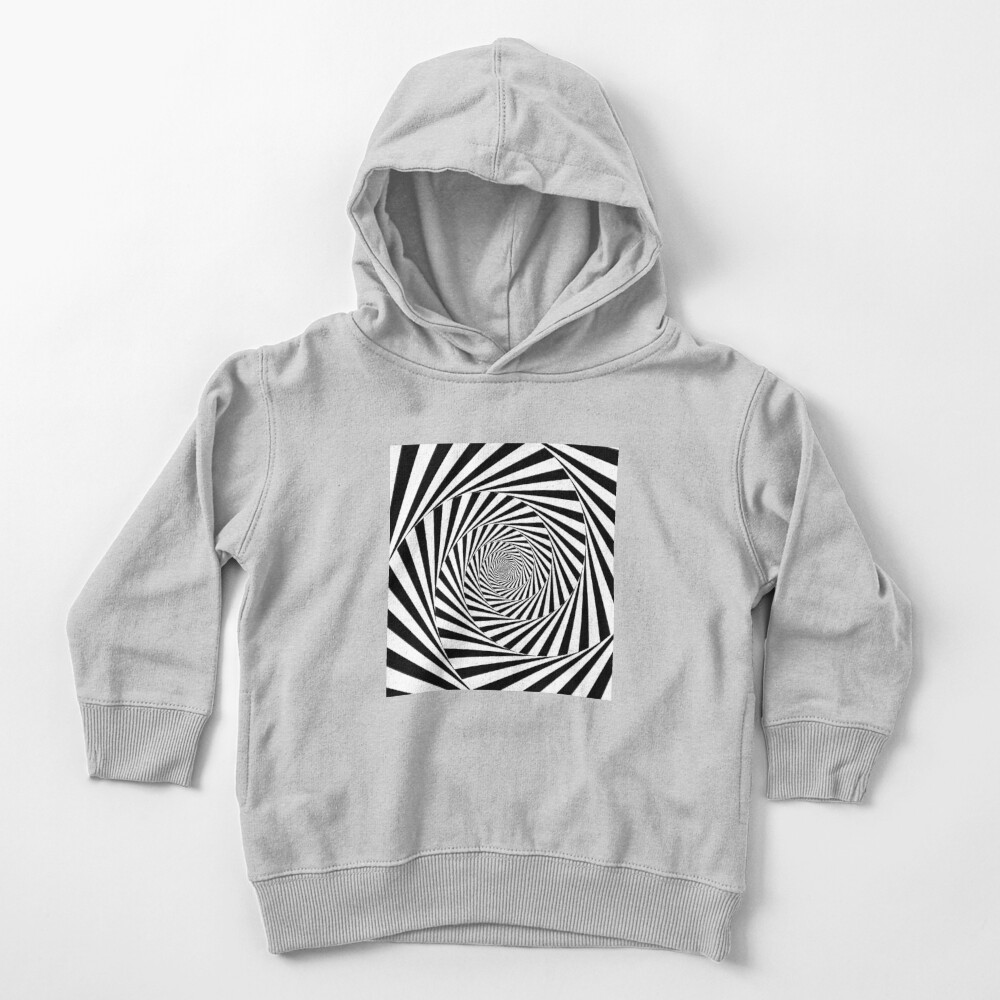
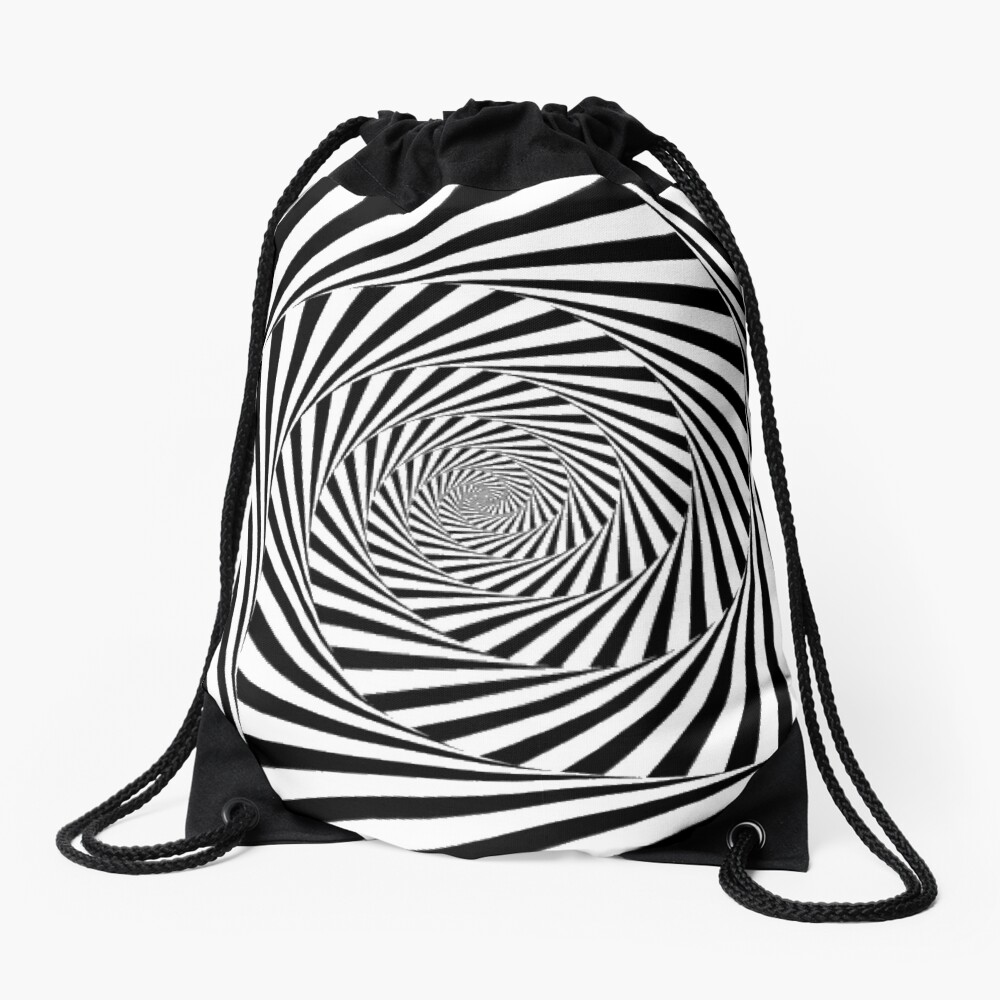
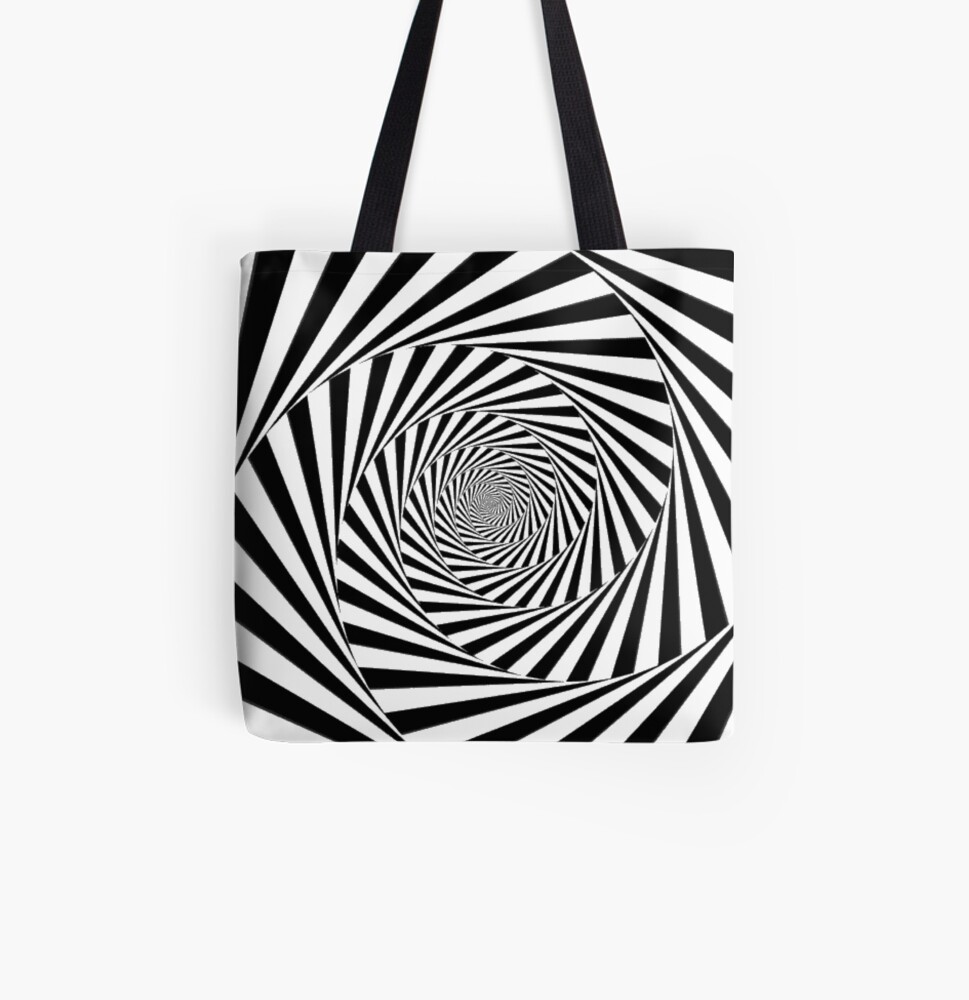
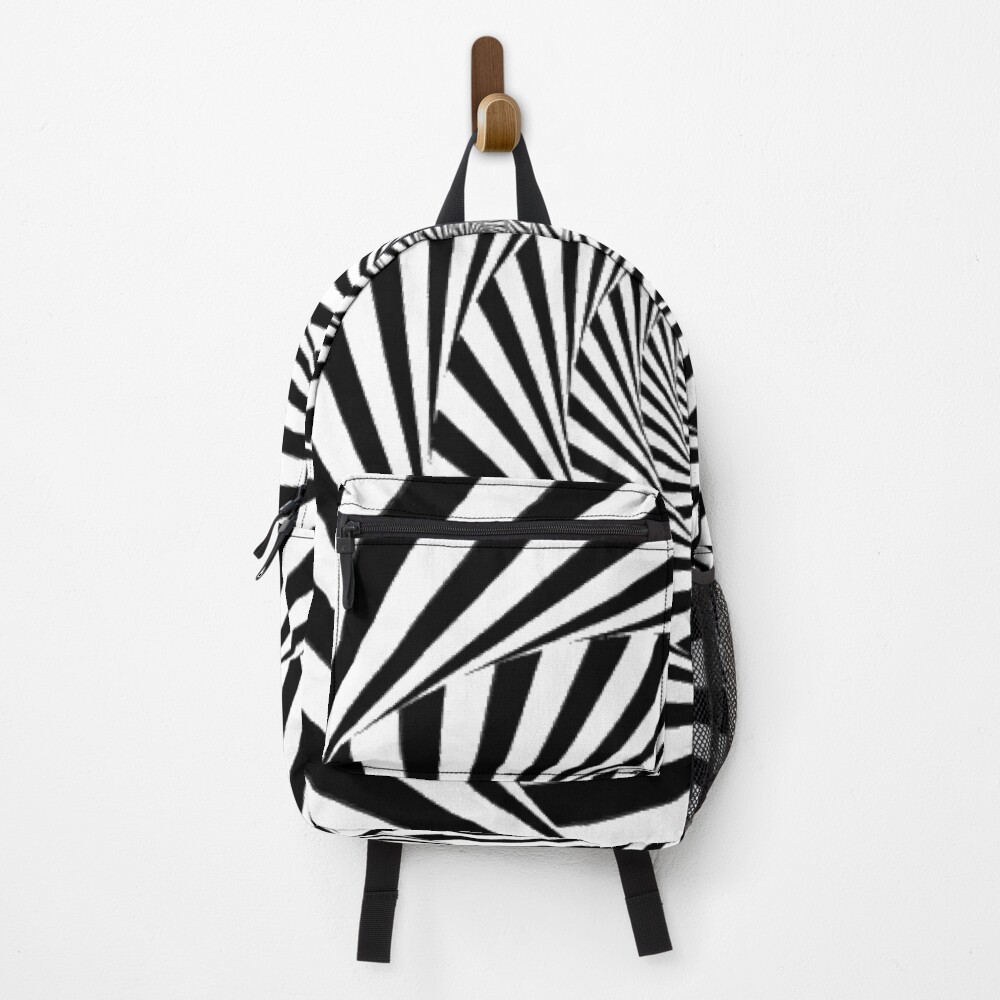

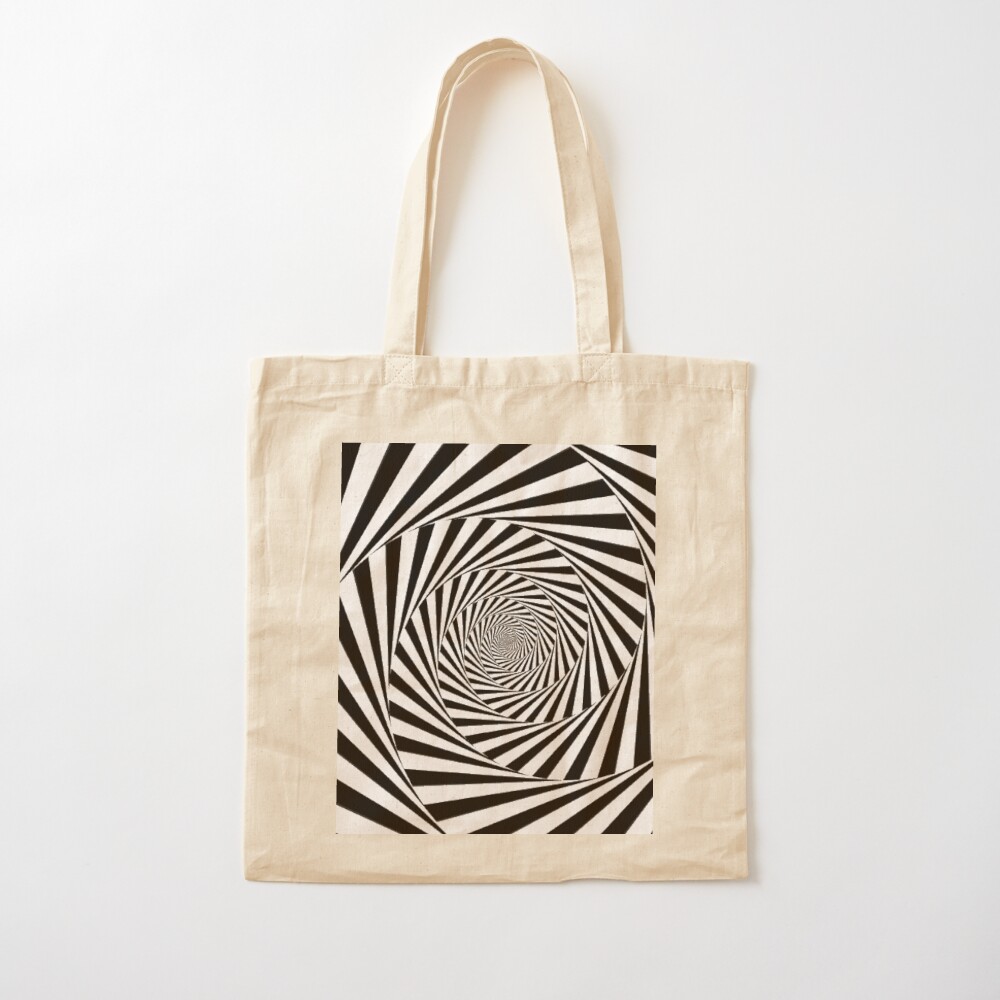
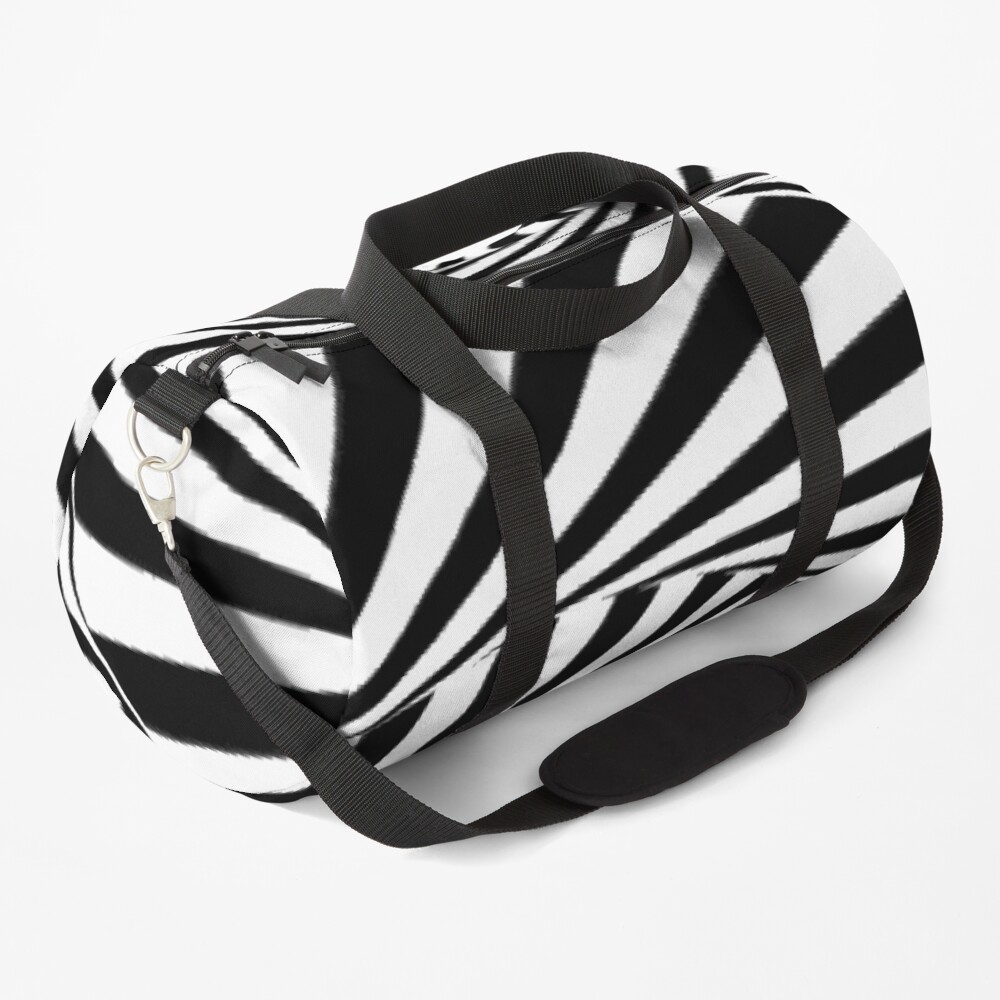

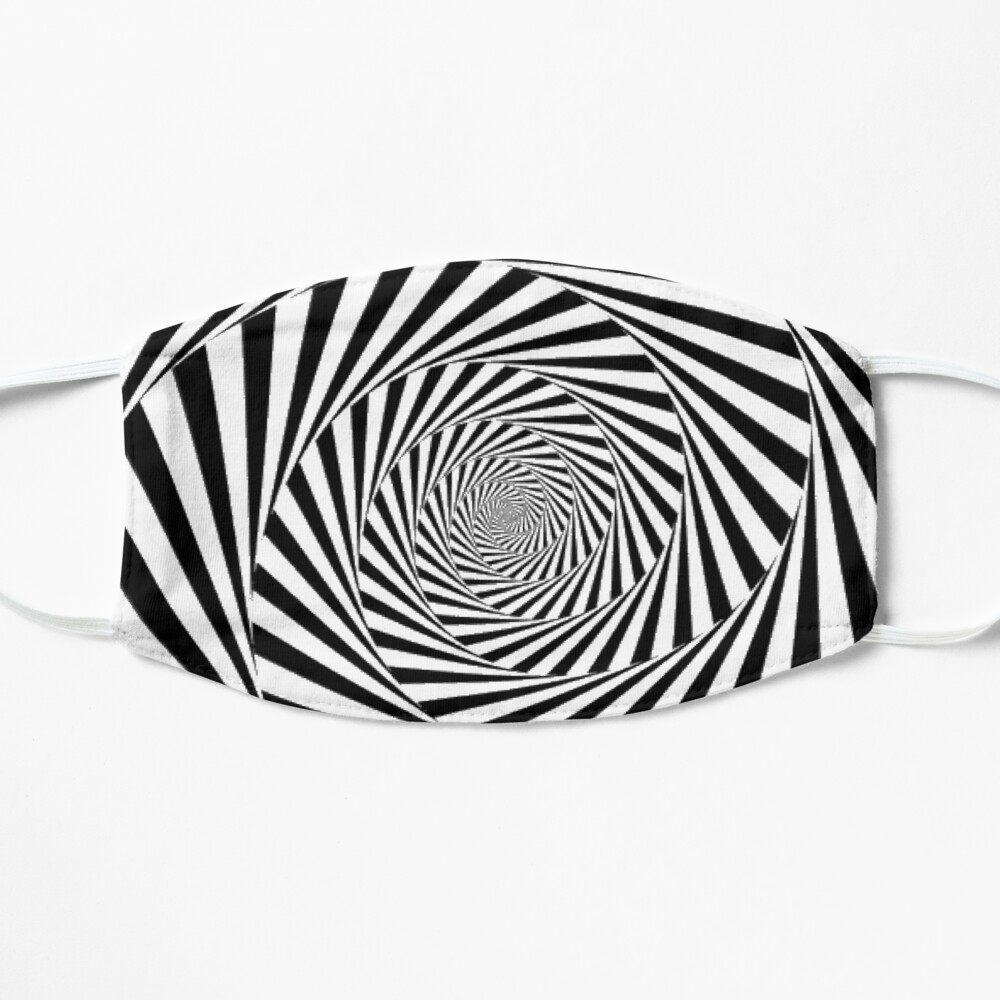
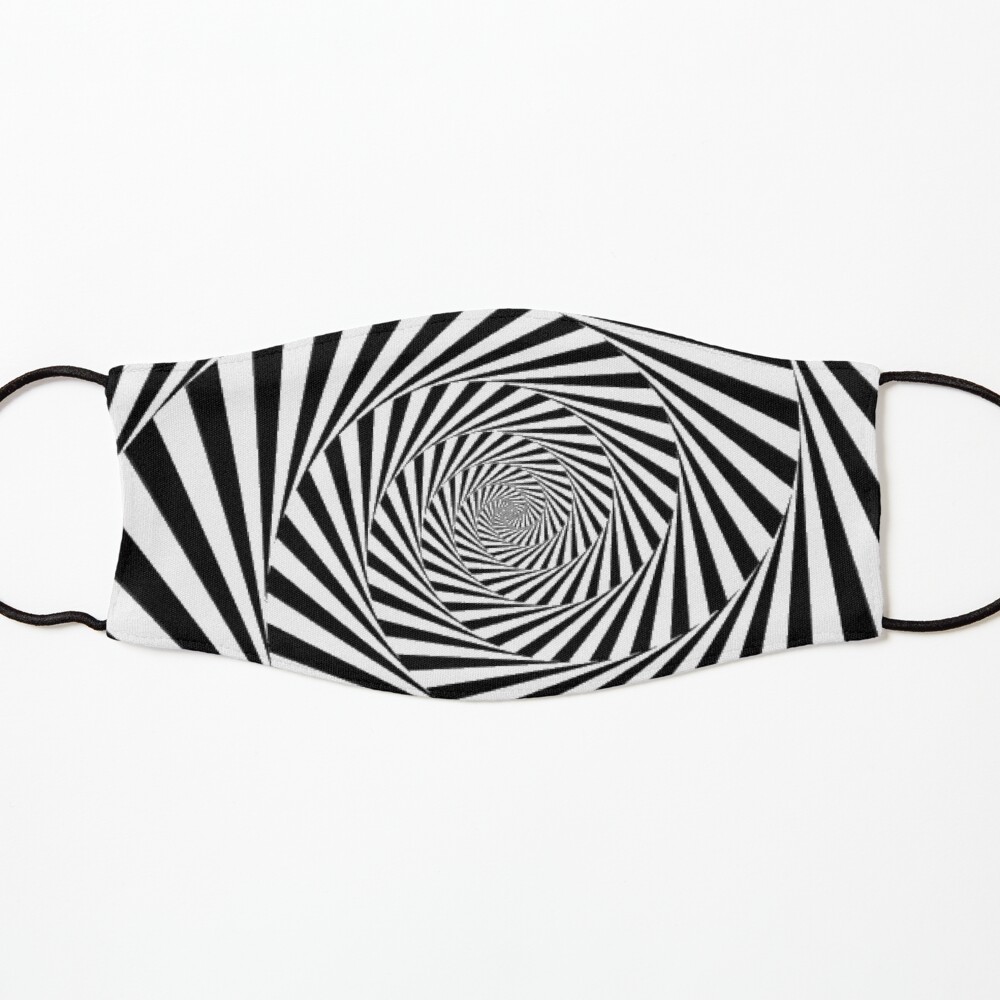

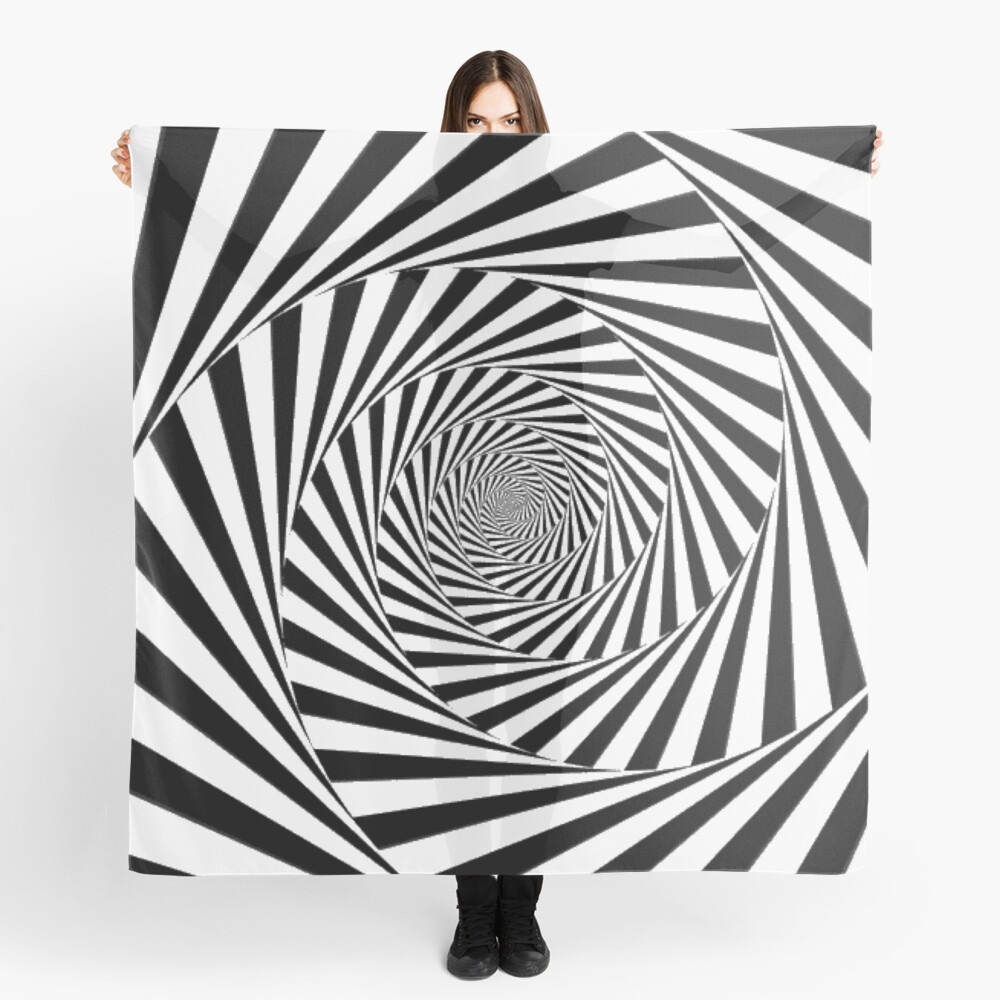
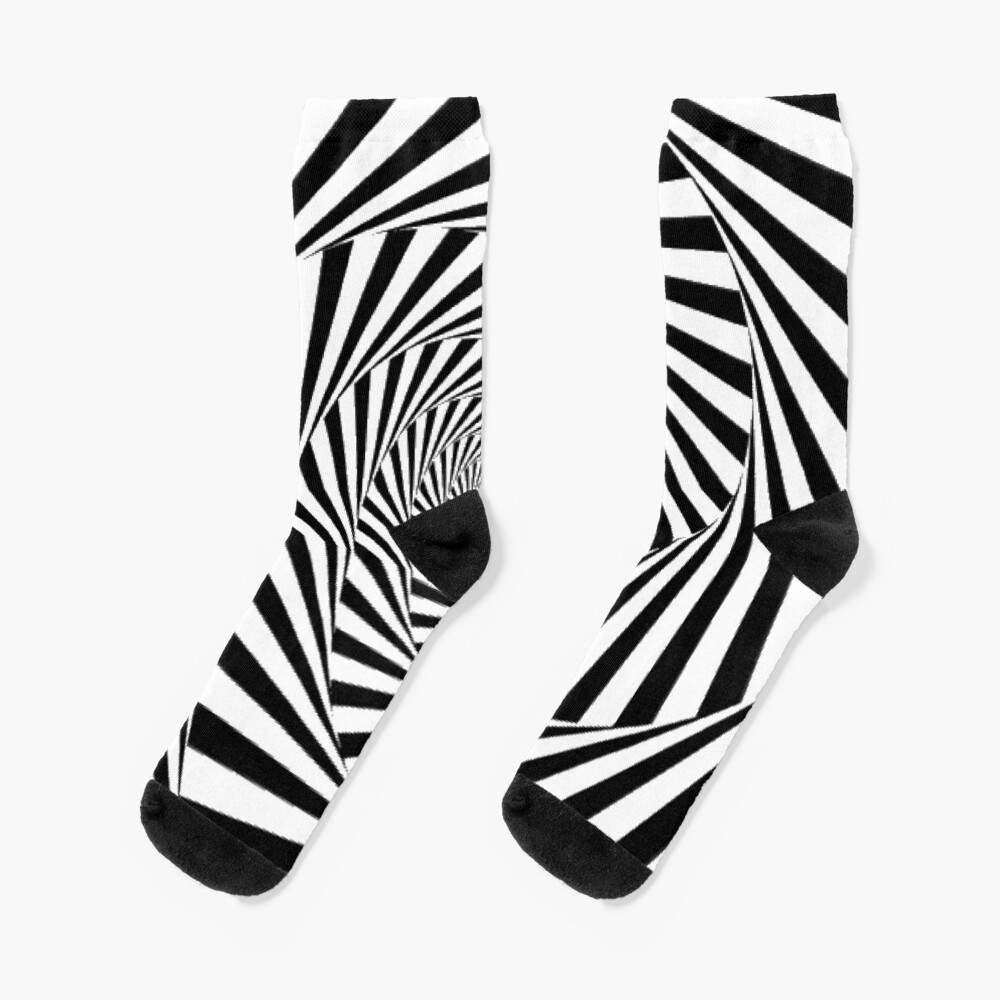

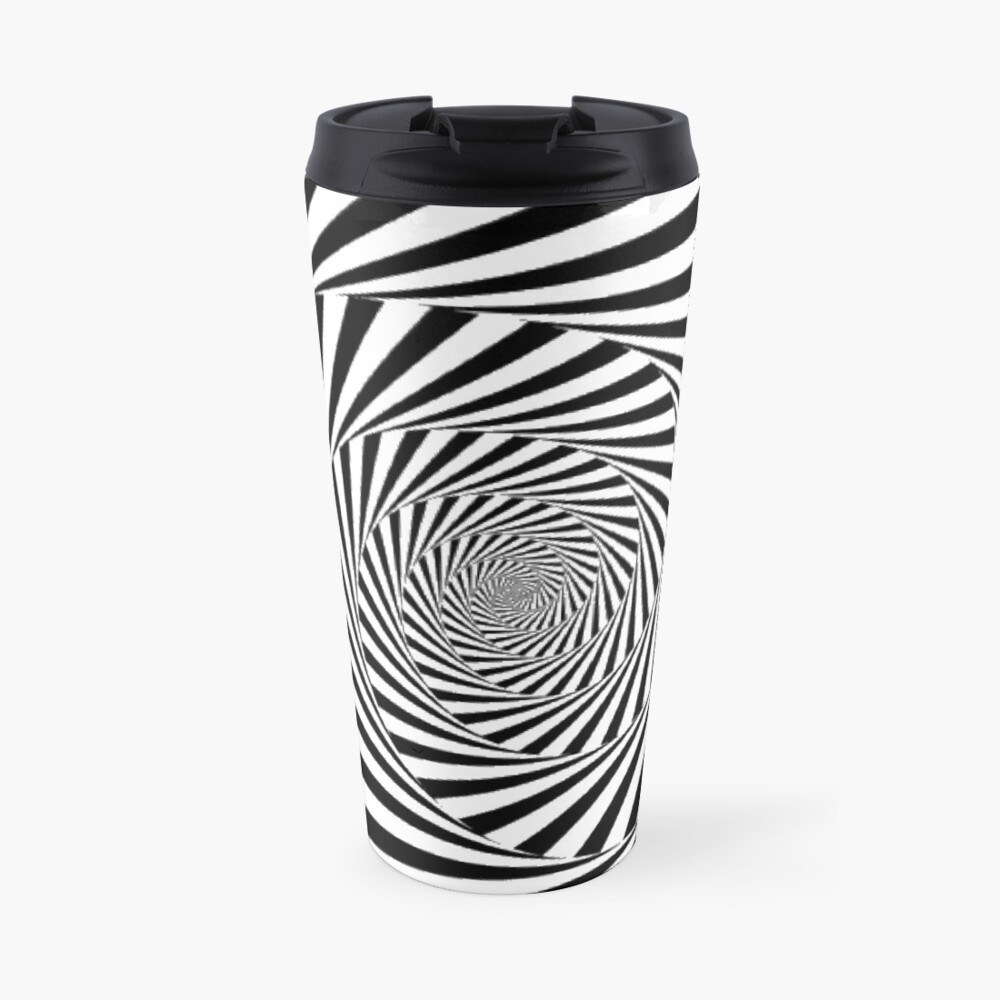

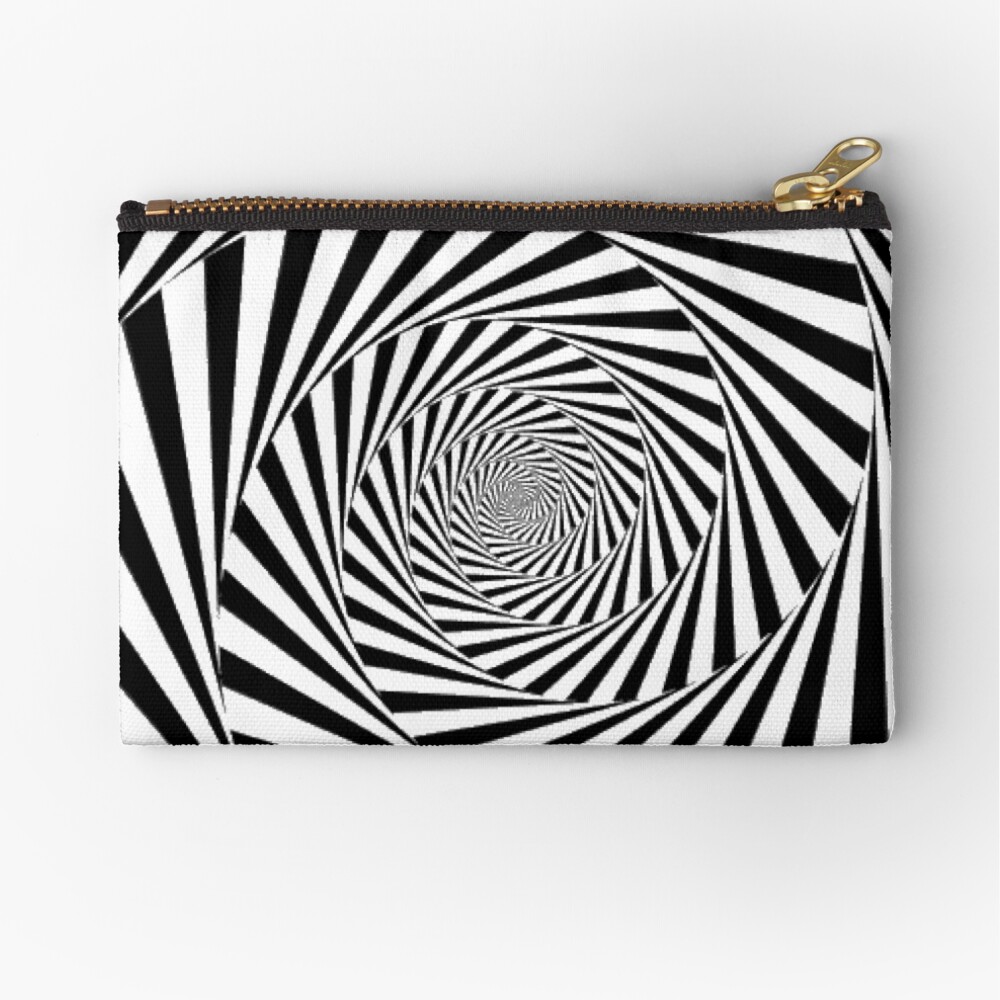
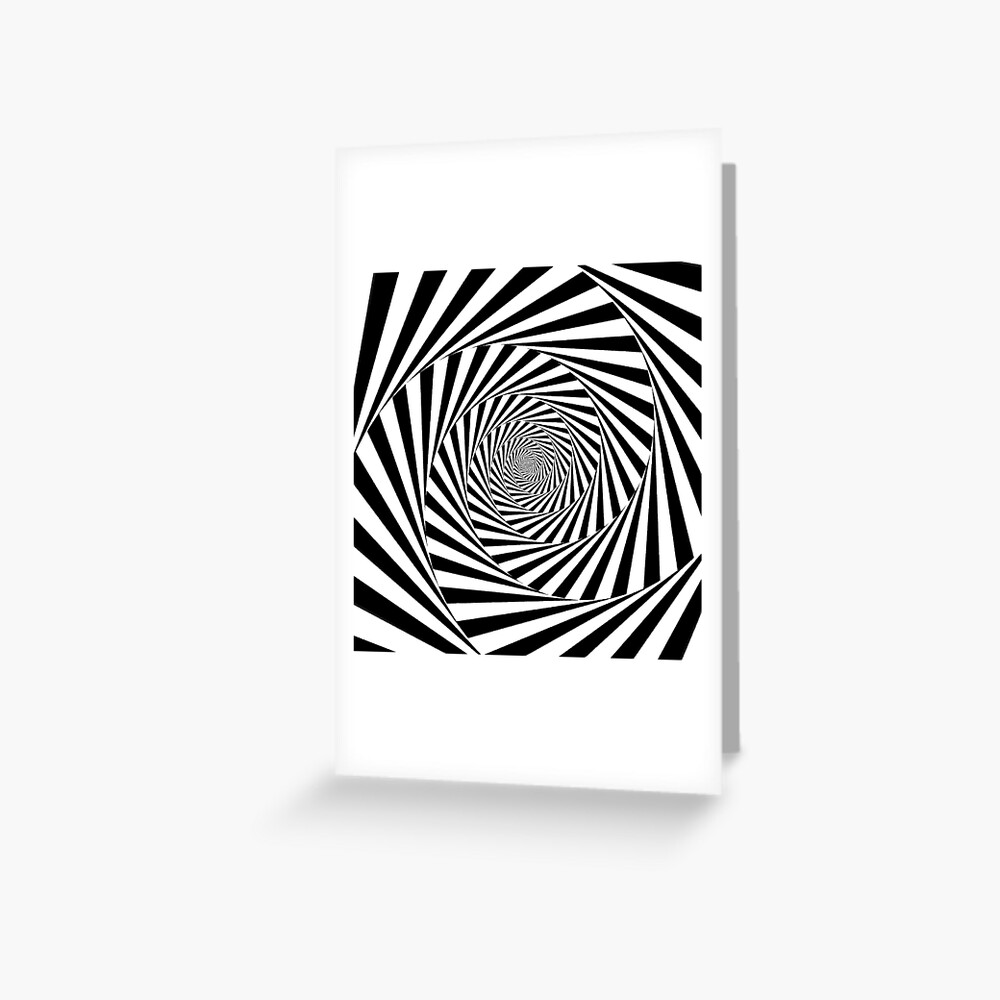
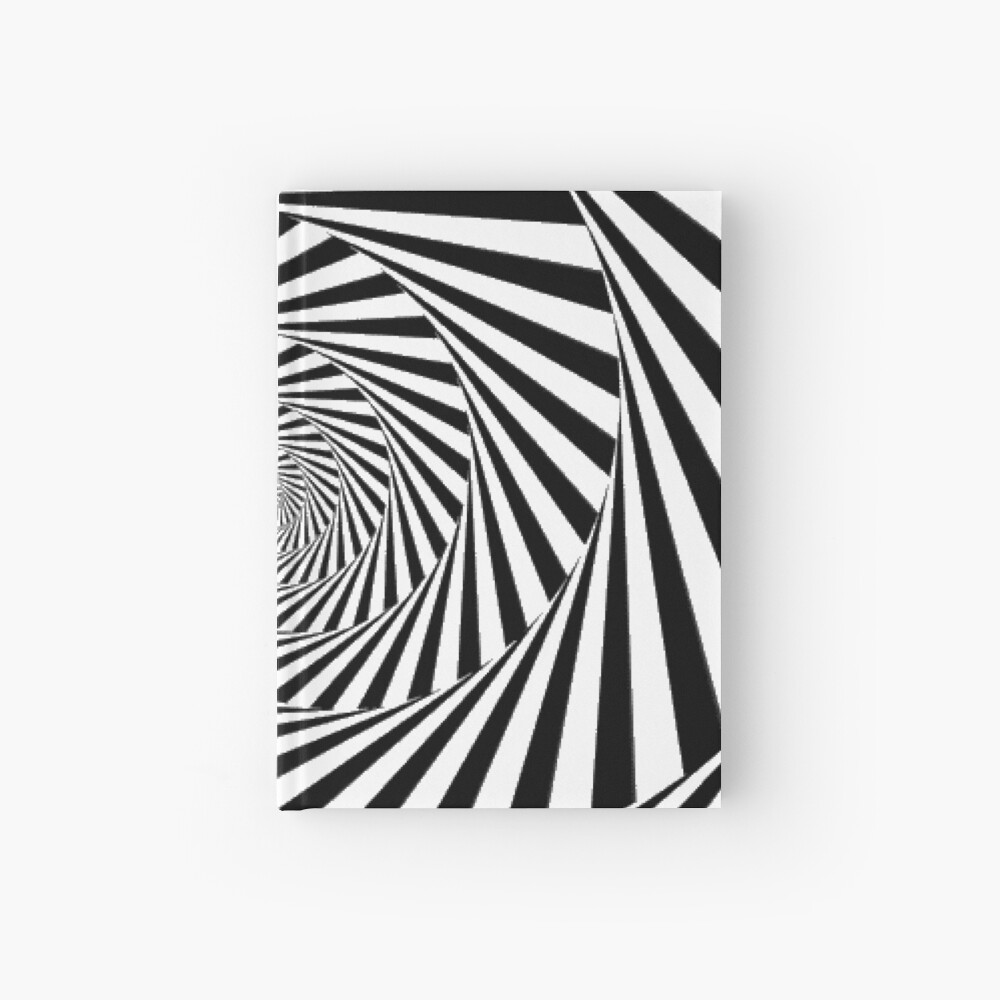
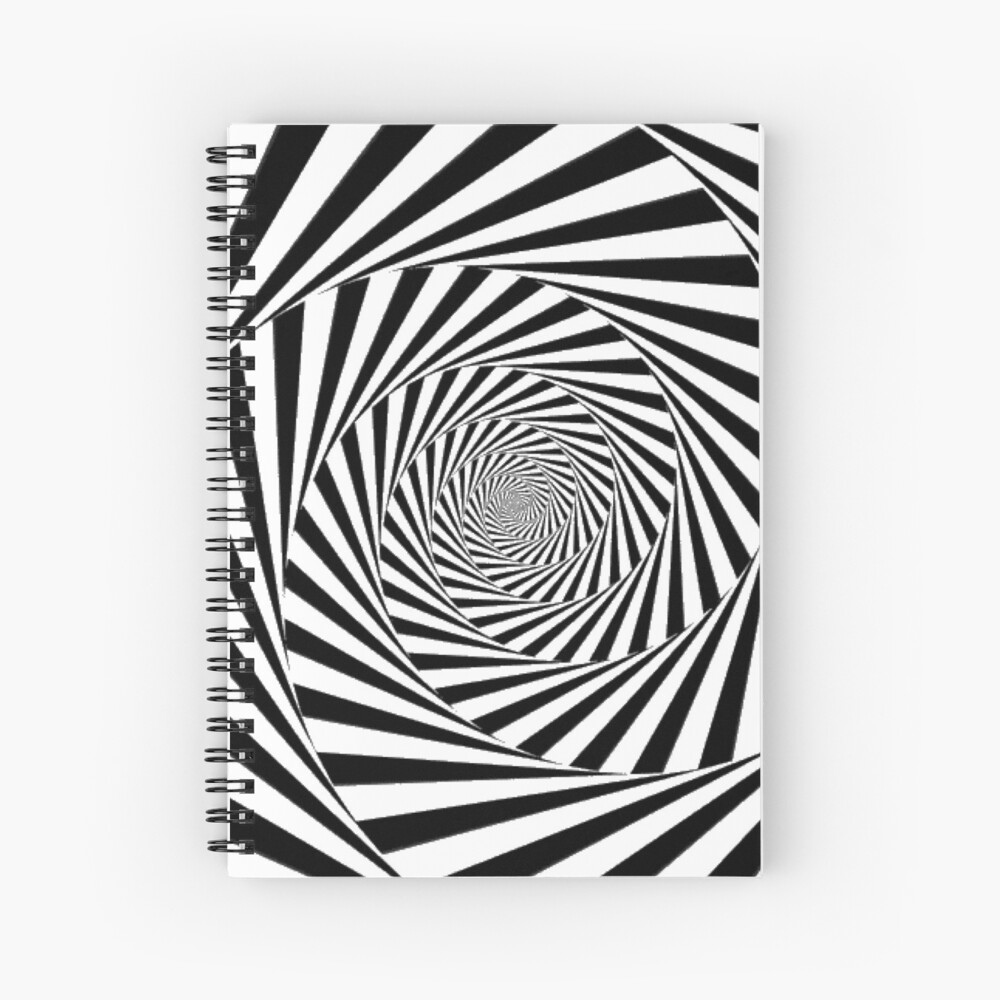
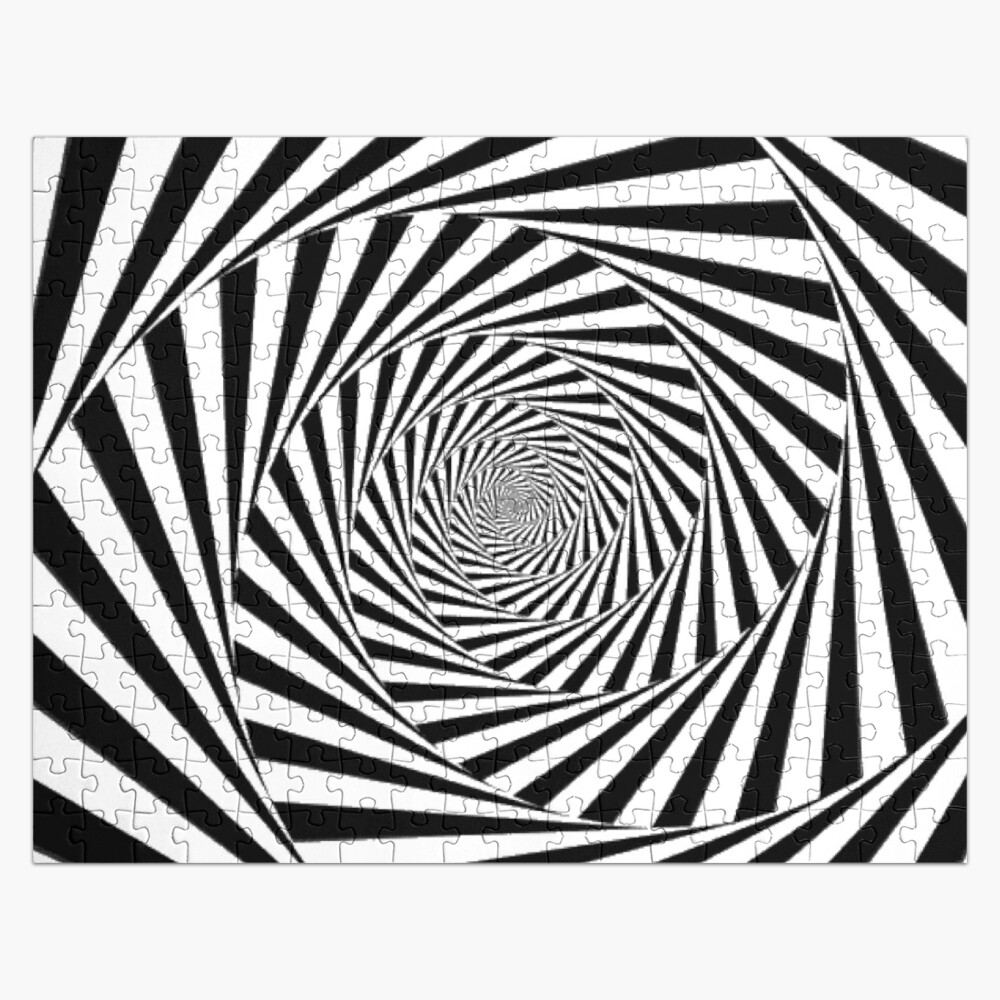


Op art, short for optical art, is a style of visual art that uses optical illusions.[1] Op art works are abstract, with many better known pieces created in black and white. Typically, they give the viewer the impression of movement, hidden images, flashing and vibrating patterns, or of swelling or warping. The antecedents of op art, in terms of graphic and color effects, can be traced back to Neo-impressionism, Cubism, Futurism, Constructivism and Dada.[2] László Moholy-Nagy produced photographic op art and taught the subject in the Bauhaus. One of his lessons consisted of making his students produce holes in cards and then photographing them.[citation needed] Time magazine coined the term op art in 1964, in response to Julian Stanczak's show Optical Paintings at the Martha Jackson Gallery, to mean a form of abstract art (specifically non-objective art) that uses optical illusions. Works now described as "op art" had been produced for several years before Time's 1964 article. For instance, Victor Vasarely's painting Zebras (1938) is made up entirely of curvilinear black and white stripes not contained by contour lines. Consequently, the stripes appear to both meld into and burst forth from the surrounding background. Also, the early black and white "dazzle" panels that John McHale installed at the This Is Tomorrow exhibit in 1956 and his Pandora series at the Institute of Contemporary Arts in 1962 demonstrate proto-op art tendencies. Martin Gardner featured op Art and its relation to mathematics in his July 1965 Mathematical Games column in Scientific American. In Italy, Franco Grignani, who originally trained as an architect, became a leading force of graphic design where op art or kinetic art was central. His Woolmark logo (launched in Britain in 1964) is probably the most famous of all his designs. An optical illusion by the Hungarian-born artist Victor Vasarely in Pécs Op art perhaps more closely derives from the constructivist practices of the Bauhaus. This German school, founded by Walter Gropius, stressed the relationship of form and function within a framework of analysis and rationality. Students learned to focus on the overall design or entire composition to present unified works. Op art also stems from trompe-l'œil and anamorphosis. Links with psychological research have also been made, particularly with Gestalt theory and psychophysiology. When the Bauhaus was forced to close in 1933, many of its instructors fled to the United States. There, the movement took root in Chicago and eventually at the Black Mountain College in Asheville, North Carolina, where Anni and Josef Albers eventually taught.
ReplyDelete